- 2024年-02月-03日:中国道家龙门派内丹功(5P)
- 2024年-02月-03日:中国内劲一指禅函授阙巧生著(116P)
- 2023年-12月-31日:蹶张心法.1卷.长枪法选1卷.单刀法选1卷.明程宗猷著.道光22刊.聚文堂藏板(91P)
- 2023年-11月-14日:《李派拳法·三·李派太极枪刀剑棍》张绍堂、林子宇(228P)
- 2023年-11月-14日:《李派拳法·二·岳氏心意十二形拳》张绍堂、林子宇(213P)
- 2023年-11月-08日:《基本中国拳法》(中文版)李小龙(127P)
- 2023年-11月-08日:Chinese Gung-Fu 《基本中国拳法》(英文版)李小龙(102P)
- 2023年-11月-07日:《教门弹腿图说》吴志青(212P)
- 2023年-11月-07日:《九转连环鸳鸯腿》张福生、孙静文(192P)
- 2023年-11月-05日:《中国传统武术丛书·卷五·四套剑术》洪述顺(434P)
- 2023年-11月-05日:《中国传统武术丛书·卷四·四套棍术》洪述顺(307P)
- 2023年-11月-05日:《中国传统武术丛书·卷三·四套刀术》洪述顺(266P)
- 2023年-11月-05日:《中国传统武术丛书·卷二·五套拳术》洪述顺(318P)
- 2023年-11月-05日:《中国传统武术丛书·卷一·拳脚功》洪述顺(272P)
- 2023年-11月-05日:《武术汇宗(下)》万籁声(149P)
- 2023年-11月-05日:《武术汇宗(上)》万籁声(234P)
- 2023年-11月-04日:《尚派形意拳械抉微·第一辑》李文彬、尚芝蓉(254P)
- 2023年-11月-04日:《尚派形意拳械抉微·第三辑》李宏、武高辉(404P)
- 2023年-11月-04日:《尚派形意拳械抉微·第二辑》李宏、武高辉(255P)
- 2023年-11月-04日:《武林绝技(下册)·点穴与解穴》李战奎(101P)
- 2023年-11月-04日:《武林绝技(上册)·沾衣十八跌》李战奎(51P)
- 2023年-11月-02日:《武当秘传松溪内家拳(下册)》游明生(336P)
- 2023年-11月-02日:《武当秘传松溪内家拳(上册)》游明生(496P)
- 2023年-11月-02日:《军警实用格斗术(下):防守反击部分》王卫东(205P)
- 2023年-11月-02日:《军警实用格斗术(上):基本技术部分》王卫东(187P)
- 2023年-10月-31日:《腿法大擂台:中国腿法绝技300招(二)》魏峰(330P)
- 2023年-10月-31日:《腿法大擂台:中国腿法绝技300招(一)》魏峰(435P)
- 2023年-10月-31日:《太极梅花螳螂拳(下)》张炳斗(306P)
- 2023年-10月-31日:《太极梅花螳螂拳(上)》张炳斗(364P)
- 2023年-10月-30日:《崔毅士真传:杨派太极十三式——拳、剑、刀、棍、枪精练》张勇涛(205P)
- 2023年-10月-30日:《八拳》羊定国、陈钟华(177P)
- 2023年-10月-30日:《八极拳珍传》王世泉(411P)
- 2023年-10月-30日:《八极拳》刘云樵(82P)
- 2023年-10月-29日:金庸武学地图_覃贤茂(392P)
- 2023年-10月-28日:Bruce Lee's Fighting Method《李小龙技击法·第四册:自卫术》(65P)
- 2023年-10月-28日:Bruce Lee's Fighting Method《李小龙技击法·第三册:高级技术》(61P)
- 2023年-10月-28日:Bruce Lee's Fighting Method《李小龙技击法·第二册:技法训练》(65P)
- 2023年-10月-28日:Bruce Lee's Fighting Method《李小龙技击法·第一册:基础训练》(62P)
- 2023年-10月-28日:Ancient Roman swordplay 古罗马剑术(96P)
- 2023年-10月-26日:《李子鸣传梁式直趟八卦六十四散手掌》张全亮(175P)
- 2023年-10月-26日:高峰实战点穴术(8P)
- 2023年-10月-26日:点穴疗法·刘从明(94P)
- 2023年-10月-26日:《心意六合拳十大真形单操与技击》闫无为(182P)
- 2023年-10月-26日:《心意六合拳古传群战秘技——闪展腾挪蝴蝶手》闫无为(188P)
- 2023年-10月-26日:《沙式八卦连环掌》沙国政、张修林(43P)
- 2023年-10月-19日:《中华武术轻功:飞檐走壁》葛强(323P)
- 2023年-10月-19日:《中国猴拳》杨啸原(288P)
- 2023年-10月-19日:《逝去的武林:1934年的求武记事》李仲轩、徐皓峰(279P)
- 2023年-10月-19日:《少林秘技:七十二点穴擒拿术》刘玉增(244P)
- 2023年-10月-18日:《飞叉》温佐惠(197P)
- 2023年-10月-18日:《戴氏心意原传器械功法》王毅(230P)
- 2023年-10月-18日:《程氏八卦掌》刘敬儒、项争、孔诚、芦鑫、邓东荣(382P)
- 2023年-10月-18日:《查拳》山东省体育运动委员会(730P)
- 2023年-10月-16日:《中国查拳》张文广(774P)
- 2023年-10月-16日:《岳氏意拳五行精义》李存义、董秀升(86P)
- 2023年-10月-16日:《岳氏意拳十二形精义》李存义、董秀升(120P)
- 2023年-10月-16日:《形意拳术体用全书:实用技术双修篇》孙绪(231P)
- 2023年-10月-15日:《戴氏心意拳》郭瑾刚(446P)
- 2023年-10月-15日:《大力鹰爪功秘笈》吴霞(317P)
- 2023年-10月-15日:《达摩剑》王云五(103P)
- 2023年-10月-12日:《戳脚》刘景山(544P)
- 2023年-10月-11日:《鹰手拳》郭宪和(364P)
- 2023年-10月-11日:《阴阳八卦掌·狮形掌》田迴、田克延(316P)
- 2023年-10月-11日:《形意杂式捶》姜容樵(198P)
- 2023年-10月-11日:《形意拳体用功法学》李玉栓(255P)
- 2023年-10月-11日:《形意拳提要》齐德居(194P)
- 2023年-10月-07日:《岳氏连拳——八翻手》马野居(145P)
- 2023年-10月-07日:《咏春拳——入门必读》韩广玖(193P)
- 2023年-10月-07日:《咏春拳——木人桩应用法》韩广玖(181P)
- 2023年-10月-07日:《鹰爪门擒拿术》张星一(321P)
- 2023年-10月-05日:《牛郎门秘传棍法》萧明魁(372P)
- 2023年-10月-05日:《六合潭腿图说》朱国福(295P)
- 2023年-10月-05日:《青萍剑术一至六路》卢俊海、邱丕相、王培锟(523P)
- 2023年-10月-01日:《吴斌楼戳脚翻子全书》张大为、洪志田、钟海明(633P)
- 2023年-10月-01日:《武当秘传短打绝技》游明生、赵蓉(325P)
- 2023年-10月-01日:《王培生教范八卦散手掌》张耀忠、茹世保(133P)
- 2023年-09月-30日:《形意拳术》李剑秋(94P)
- 2023年-09月-30日:《形意拳技击术》尚济(322P)
- 2023年-09月-30日:《形意拳搏击的理与法》买正虎(288P)
- 2023年-09月-30日:《心意拳真谛》马琳璋(337P)
- 2023年-09月-28日:疏通经络点穴法(徐裕才)(169P)
- 2023年-09月-28日:点穴治大病(王敬)(292P)
- 2023年-09月-28日:点穴制敌神功秘诀(黄明)(209P)
- 2023年-09月-28日:点穴与救治法(赖燊宏)(208P)
- 2023年-09月-28日:点穴与解穴(王建斌)(182P)
- 2023年-09月-28日:点穴秘要(迟钝)(211P)
- 2023年-09月-28日:点穴疗法(149P)
- 2023年-09月-28日:点穴法真传秘诀(94P)
- 2023年-09月-27日:《武当玄功太极掌》刘世君(124P)
- 2023年-09月-27日:《武当武功》裴锡荣、李春生(394P)
- 2023年-09月-27日:《武当绝技:秘本珍本汇编》李天骥(747P)
- 2023年-09月-25日:《太极正宗》吴志青(295P)
- 2023年-09月-25日:《潭腿十二路》佚名(55P)
- 2023年-09月-25日:《太极拳学》孙禄堂(136P)
- 2023年-09月-25日:《太极拳实战法》王中才、李莉(184P)
- 2023年-09月-22日:《松溪派内家武功》胡玉玺(225P)
- 2023年-09月-22日:《双匕首与双刀》张茂于(256P)
- 2023年-09月-22日:《少林鹰爪十三抓》杨维(294P)
- 2023年-09月-22日:《少林螳螂拳》苏龙(302P)
- 2023年-09月-22日:《少林拳珍诀秘要》栗胜夫(257P)
马良(1875年-1947年),字子贞,河北清苑人,回族,民国时期军阀、武术家,毕业于北洋武备学堂。曾任第四十七混成旅旅长、济南镇守使、西北边防军第二师师长。抗战爆发后,马良被日本人任命为山东省省长兼保安总司令,后加入汪伪国民政府。1946年在济南被逮捕,以汉奸罪名下狱。1947年病死济南狱中。马良热心推动传统武术,曾招揽杨鸿修等武术家为其门下,著有《中华新武术》。
马良出身北洋新军,毕业于北洋武备学堂,曾任北洋军常备军左镇辎重营管带、第六镇参谋官、第六镇步兵第十一协第二十一标标统、第六镇炮兵第六标标统。拜摔跤名师平敬一为师,其所属多为回族,部队多习摔跤。
民国元年(1912年),马良任中央陆军第五师师长靳云鹏属下第九旅旅长。后调任山东第四十七混成旅旅长,民国五年(1916年)升济南镇守使。民国六年(1917年),中国参加第一次世界大战,对德、奥宣战,马良任参战军第二师师长。八年(1919年),战争结束,改编为西北边防军第二师师长,仍驻山东。
民国八年(1919年)7月22日,被山东军阀张树元任命为戒严司令,镇压群众爱国运动。马良派兵捣毁济南回教救国后援会,捕去会长马云亭和朱春焘、朱春祥三人。
8月5日晨,济南戒严司令、镇守使马良以“煽惑军警,危害治安”罪名,悍然下令将爱国回民马云亭、朱春焘、朱春祥枪杀,世称“济南血案”。暴行轰动全国,激起各地群众极大义愤,自23日至月末,山东、北京、天津各界代表接连向北京政府请愿,要求严惩罪魁马良。 [1]
民国九年(1920年),段祺瑞发动西北边防军,参加直皖战争,自任定国军总司令,马良为南路指挥,占德州。皖系大败,段祺瑞下野,马良也遭免职,闲居济南,著《中华新武术》。
民国十六年(1927年),受张之江邀请,任南京中央国术馆教务处处长,并负责教授摔跤。民国十七年(1928年),发生“五三惨案”,日军进入济南,马良任济南治安维持会会长。民国十九年(1930年),韩复榘任山东省主席,任命马良为山东肃清毒品委员会会长。
民国二十六年(1937年),抗战爆发,日军攻陷南京,在北京成立中华民国临时政府,马良加入成为委员,民国二十七年(1938年),受任命为山东省省长兼保安总司令。民国二十九年(1940年),汪精卫在南京建立中央政府,任代理国民政府主席、行政院院长兼军事委员会委员长。马良加入华北政务委员会,遭国民政府明令通缉。
民国三十四年(1945年),日军宣布无条件投降,民国三十五年(1946年)马良在济南被李延年部队逮捕,以汉奸罪名下狱。民国36年(1947年),病死济南狱中,享年七十岁。
马良幼承家学,习文练武。继从平敬一学少林拳和摔跤术。经数年研习,明技击义理。1900年,马良邀集一些知名拳师着手创编“中华新武术”。此后,又于1911年和1914年两次邀集知名拳家修编斯术。其内容包括“率角(摔跤)科”、“拳脚科”、“棍术科”、“剑术科”(单手剑)。马良从1901年任山西武备学堂和直隶陆军速成学堂教习起,接连在常备军、陆军中任军职至旅长、济南卫戍司令官、济南镇守使。在这二十余年间,马良以所编 戍司令官、济南镇守使。在这二十余年期间,马良均以所编“中华新武术”为军事训练教材,并于1911年组编武术队实习,于1914年组编军事武术传习所(即技术队)训练骨干,培养师资。与此同时,马良四出游说倡议,斯术逐渐被有关当局定为“军警必学之术”,并定为全国各中等学校、专门学校、国民学校、乃至全国的“正式体操”。这些决定虽未得到全面执行,但当时和此后的一段时间内,在山东、上海、天津、北京等地都设有专门传习。中华新武术”的机构,为武术 的普及起过一定作用。后来因其内容单调,习者日少。马良著有《中华新武术》。
Ma Liang (1875-1947), also known as Zi Zhen, was a Hui ethnic group from Qingyuan, Hebei. He was a warlord and martial artist during the Republic of China period and graduated from the Beiyang Military Academy. Formerly served as the commander of the 47th Mixed Brigade, the garrison envoy of Jinan, and the commander of the 2nd Division of the Northwest Border Defense Army. After the outbreak of the Anti Japanese War, Ma Liang was appointed by the Japanese as the Governor of Shandong Province and Commander in Chief of Security, and later joined the Wang puppet Nationalist government. Arrested in Jinan in 1946 and imprisoned on charges of traitor. In 1947, he died of illness in Jinan prison. Ma Liang is enthusiastic about promoting traditional martial arts and has recruited martial artists such as Yang Hongxiu as his followers, writing “Chinese New Martial Arts”.
Ma Liang came from the Beiyang New Army and graduated from the Beiyang Military Academy. He served as the Left Town Logistics Battalion Manager of the Beiyang Army Standing Army, the Sixth Town Staff Officer, the 21st Standard Commander of the 11th Infantry Association of the Sixth Town, and the 6th Standard Commander of the 6th Town Artillery. I worship the renowned wrestling master Ping Jingyi as my teacher, who belongs to the Hui ethnic group and is often trained in wrestling in the army.
In the first year of the Republic of China (1912), Ma Liang was appointed as the commander of the 9th Brigade under Jin Yunpeng, the commander of the Fifth Division of the Central Army. Later transferred to the position of Brigade Commander of the 47th Mixed Brigade in Shandong, and promoted to the position of Jinan Garrison in 1916. In the sixth year of the Republic of China (1917), China participated in World War I and declared war on Germany and Austria. Ma Liang was appointed as the commander of the Second Division of the participating army. In 1919, the war ended and he was reorganized as the commander of the Second Division of the Northwest Border Army, still stationed in Shandong.
On July 22, 1919, he was appointed as the martial law commander by Shandong warlord Zhang Shuyuan to suppress the mass patriotic movement. Ma Liang sent troops to destroy the Jinan Muslim Salvation and Support Association, capturing the president Ma Yunting, Zhu Chuntao, and Zhu Chunxiang.
On the morning of August 5th, Ma Liang, the martial law commander and garrison envoy of Jinan, boldly ordered the shooting of patriotic Hui people Ma Yunting, Zhu Chuntao, and Zhu Chunxiang on charges of “inciting the military and police, endangering public security”, known as the “Jinan Massacre”. The atrocities caused a sensation throughout the country and aroused great indignation among people from all over the country. From the 23rd to the end of the month, representatives from various sectors in Shandong, Beijing, and Tianjin petitioned the Beijing government one after another to demand strict punishment of the culprit Ma Liang. [1]
In the ninth year of the Republic of China (1920), Duan Qirui launched the Northwest Border Defense Army and participated in the Direct Anhui War. He appointed himself as the Commander in Chief of the Dingguo Army, with Ma Liang serving as the commander of the Southern Route and occupying Dezhou. The Anhui faction suffered a major defeat, with Duan Qirui stepping down and Ma Liang being dismissed. He lived in Jinan and wrote “Chinese New Martial Arts”.
In the 16th year of the Republic of China (1927), at the invitation of Zhang Zhijiang, he was appointed as the Director of the Academic Affairs Office of the Nanjing Central Chinese Martial Arts Museum and was responsible for teaching wrestling. In the 17th year of the Republic of China (1928), the “May 3rd Massacre” occurred, and the Japanese army entered Jinan. Ma Liang was appointed as the president of the Jinan Public Security Maintenance Association. In 1930, Han Fuju was appointed as the Chairman of Shandong Province and Ma Liang was appointed as the Chairman of the Shandong Anti Drug Commission.
In the 26th year of the Republic of China (1937), the Anti Japanese War broke out, and the Japanese army captured Nanjing. The Provisional Government of the Republic of China was established in Beijing, and Ma Liang joined as a member. In the 27th year of the Republic of China (1938), he was appointed as the Governor of Shandong Province and Commander in Chief of Security. In the 29th year of the Republic of China (1940), Wang Jingwei established the Central Government in Nanjing and served as the Acting Chairman of the Nationalist Government, President of the Executive Yuan, and Chairman of the Military Commission. Ma Liang joined the North China Political Affairs Committee and was explicitly wanted by the Nationalist government.
In 1945, the Japanese army declared unconditional surrender. In 1946, Ma Liang was arrested by Li Yannian’s troops in Jinan and imprisoned on charges of traitor. In the 36th year of the Republic of China (1947), he died of illness in a prison in Jinan at the age of seventy.
Ma Liang inherited his family’s education and practiced literature and martial arts. Continuing from Ping Jing, I learned Shaolin Fist and Wrestling. After years of study, I have mastered the techniques and principles of righteousness. In 1900, Ma Liang invited some well-known boxers to start creating the “New Chinese Martial Arts”. Afterwards, in 1911 and 1914, renowned boxers were invited to revise the martial arts. Its content includes “wrestling”, “fist and foot”, “cudgel”, and “swordsmanship” (single handed sword). Ma Liang served as a teacher at Shanxi Military Preparation School and Zhili Army Accelerated School in 1901, and successively served as a brigade commander, Jinan Garrison Commander, and Jinan Garrison Envoy in the Standing Army and Land Army. During these twenty years, Ma Liang served as the garrison commander and Jinan garrison envoy. During this period of more than 20 years, Ma Liangjun used the “New Chinese Martial Arts” he compiled as a military training textbook, and in 1911, he organized a martial arts team for internships. In 1914, he organized a military martial arts training institute (i.e. a technical team) to train key personnel and cultivate teachers. At the same time, Ma Liang lobbied and proposed that the martial arts gradually became a “must-have skill for military and police officers” by the relevant authorities, and was designated as the “official gymnastics” for various secondary schools, specialized schools, national schools, and even the whole country. Although these decisions were not fully implemented, there were specialized seminars in Shandong, Shanghai, Tianjin, Beijing, and other places at that time and for a period thereafter. The organization of “Chinese New Martial Arts” has played a certain role in the popularization of martial arts. Later, due to its monotonous content, there were fewer learners. Ma Liang is the author of “Chinese New Martial Arts”.
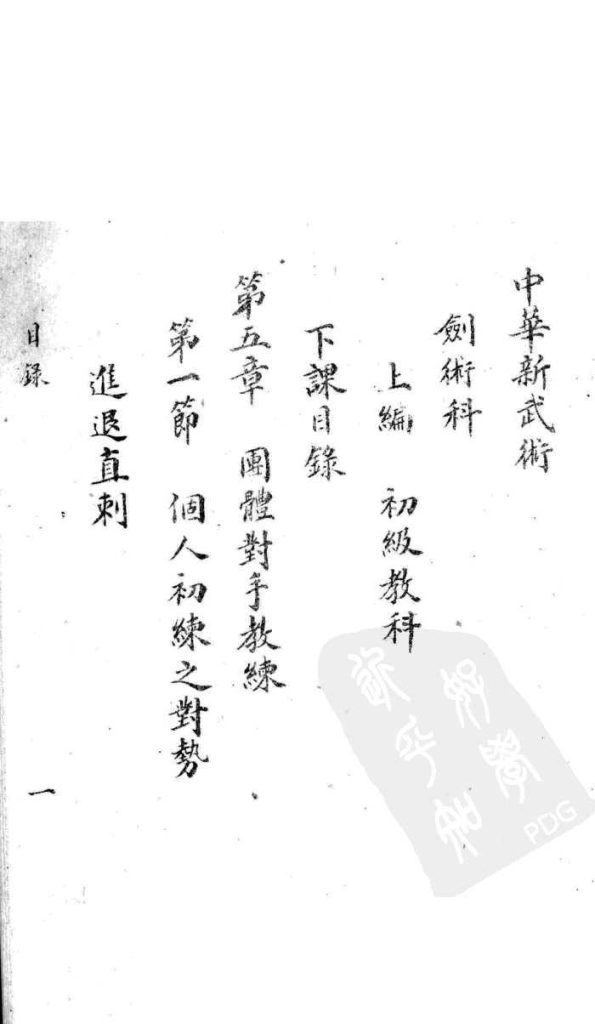

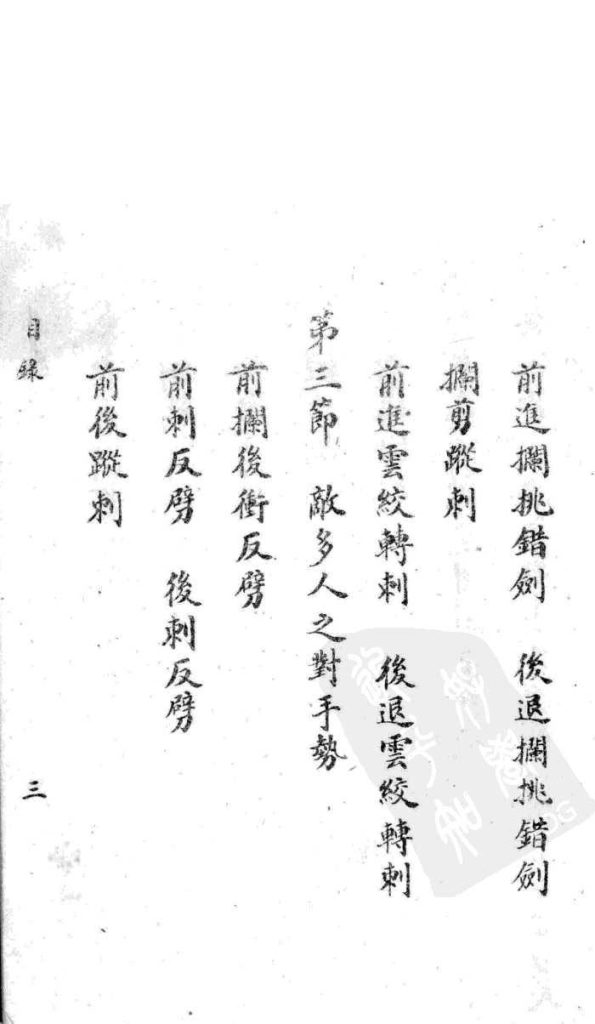



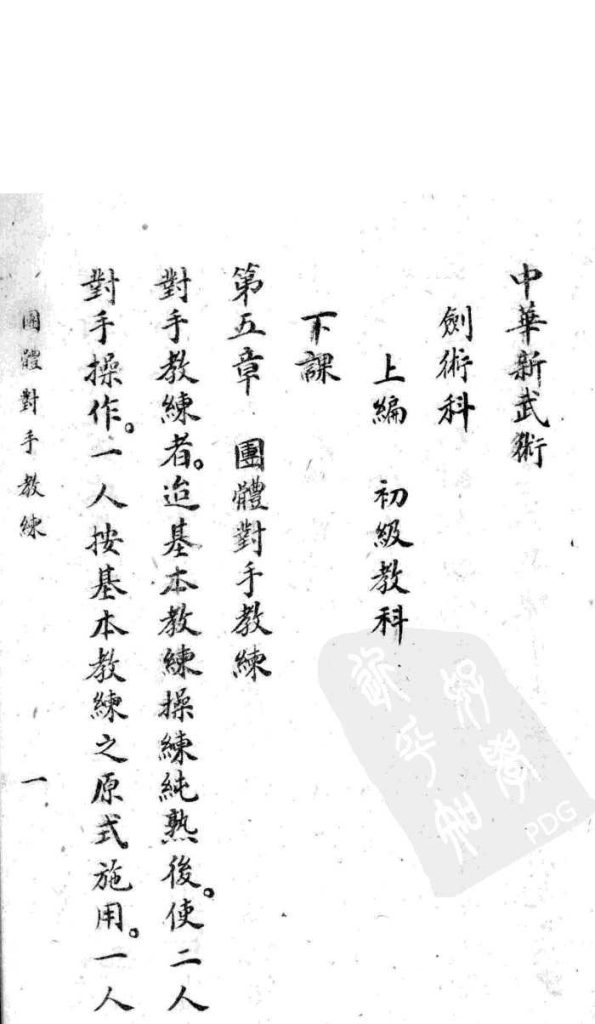



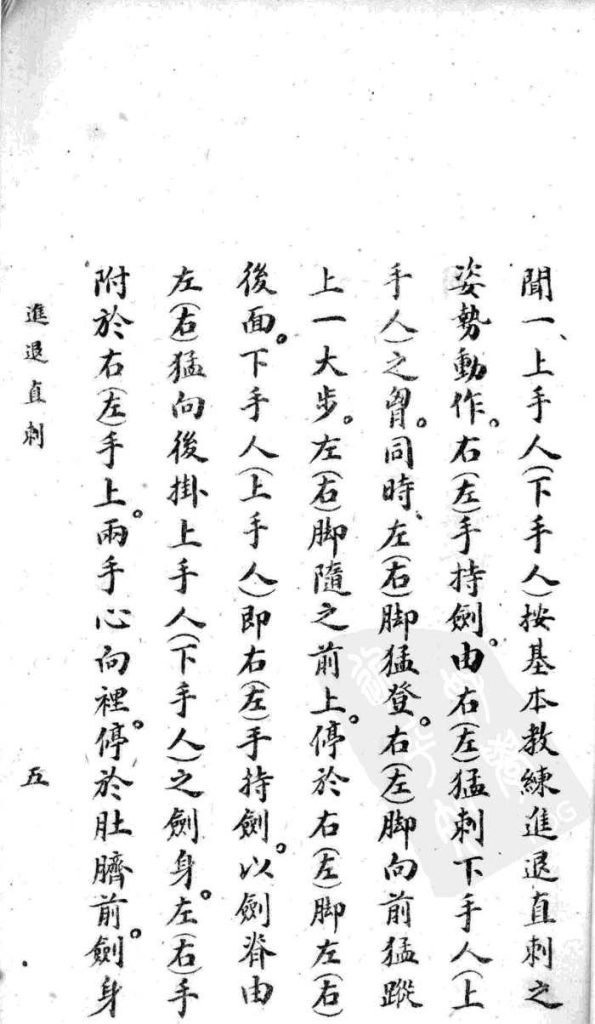

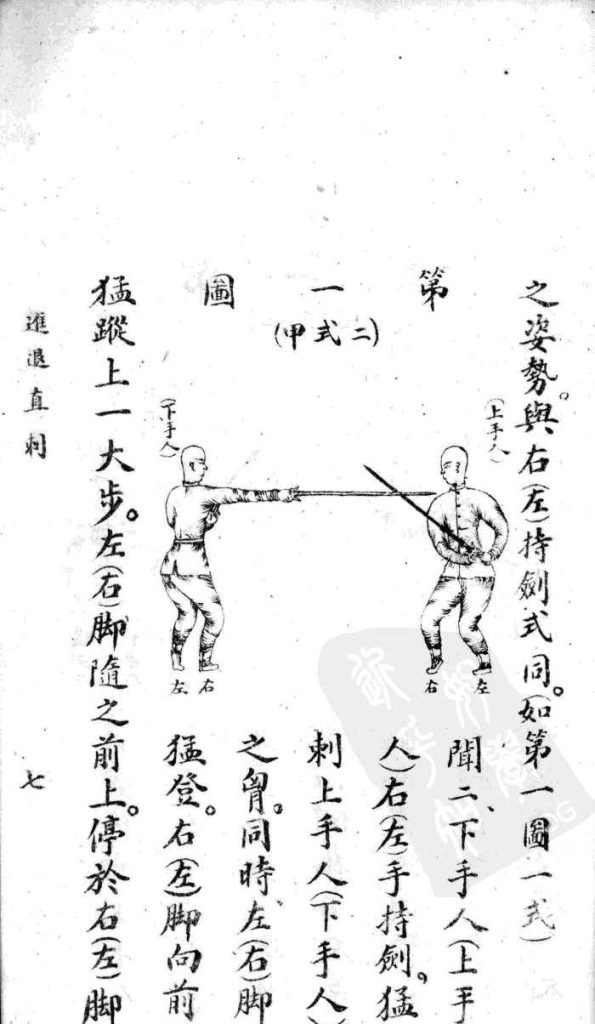







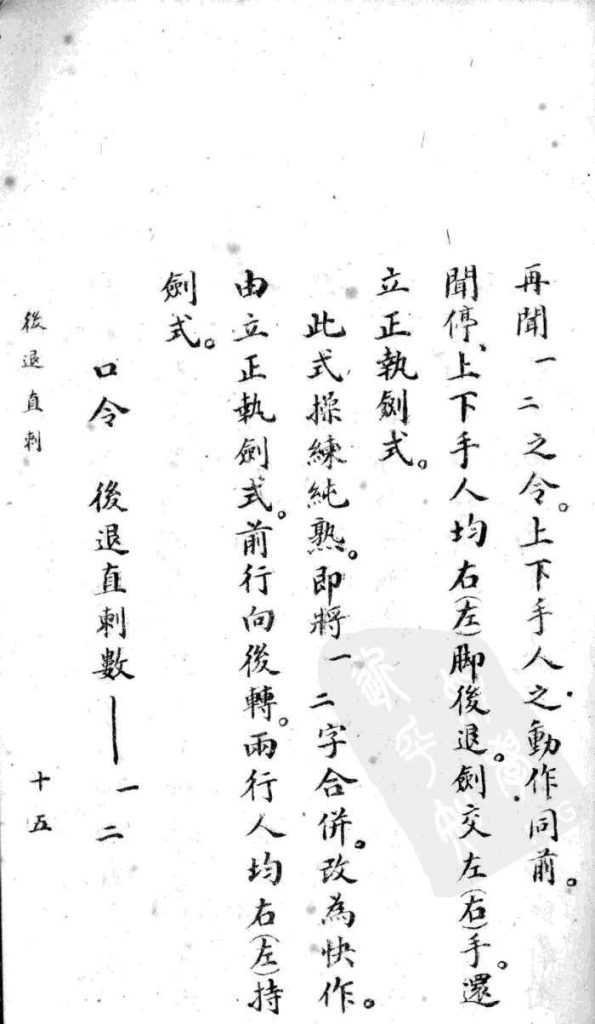




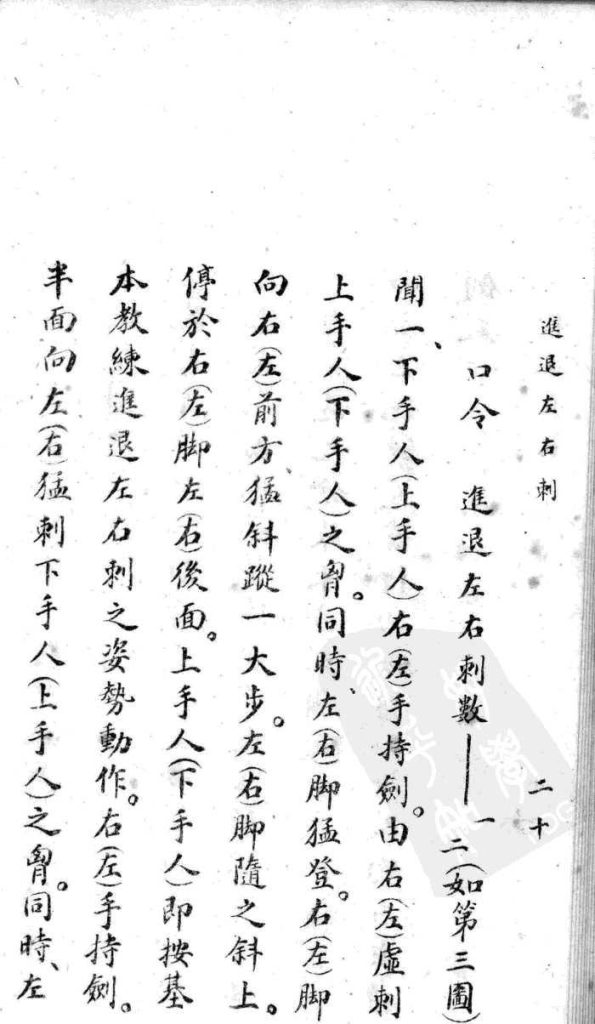
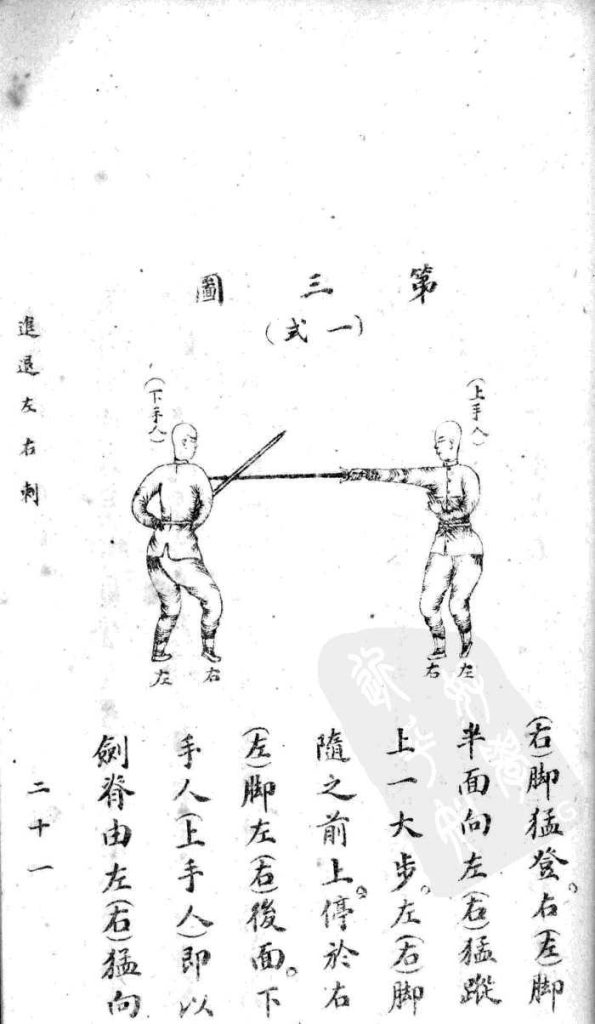


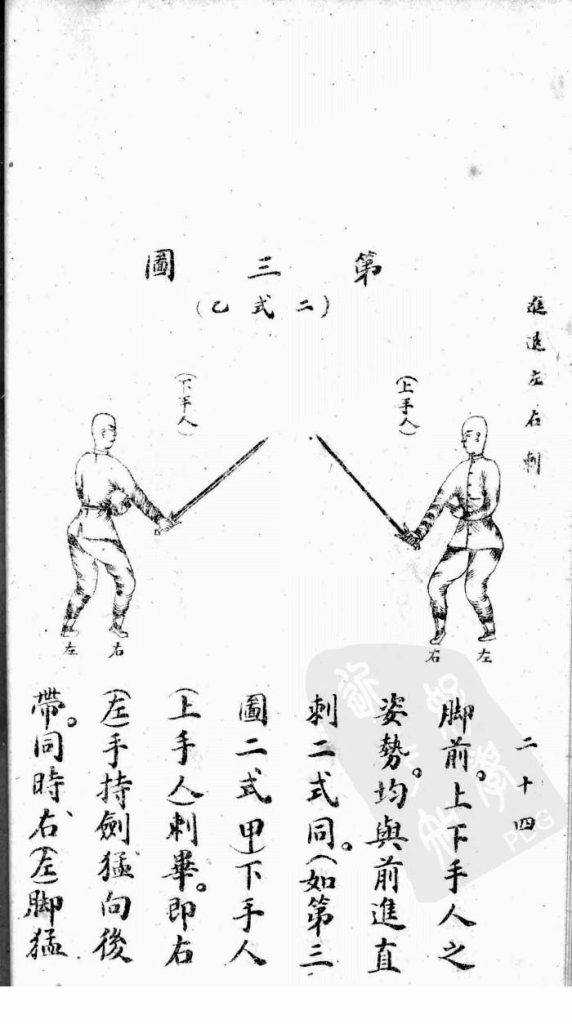






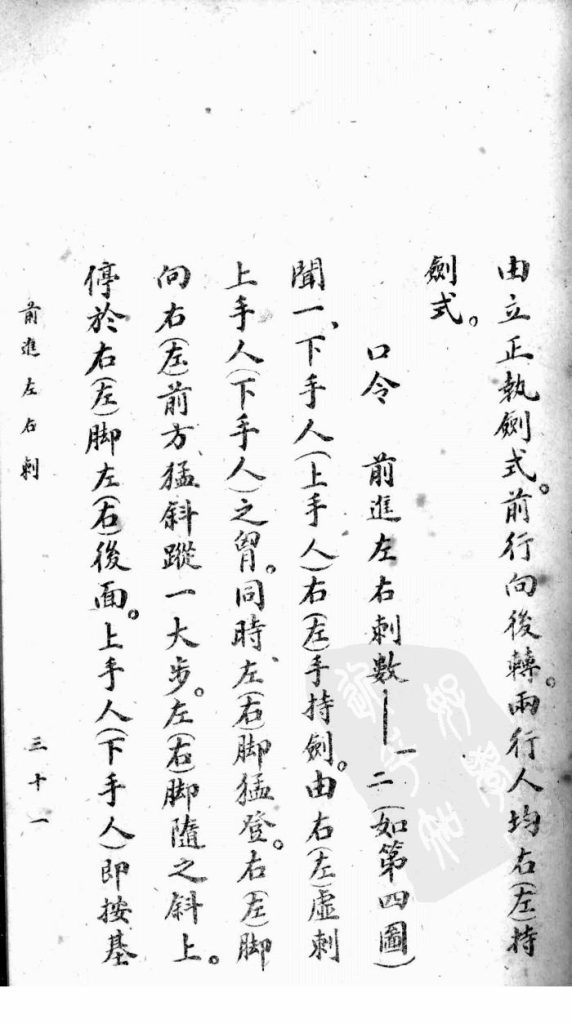

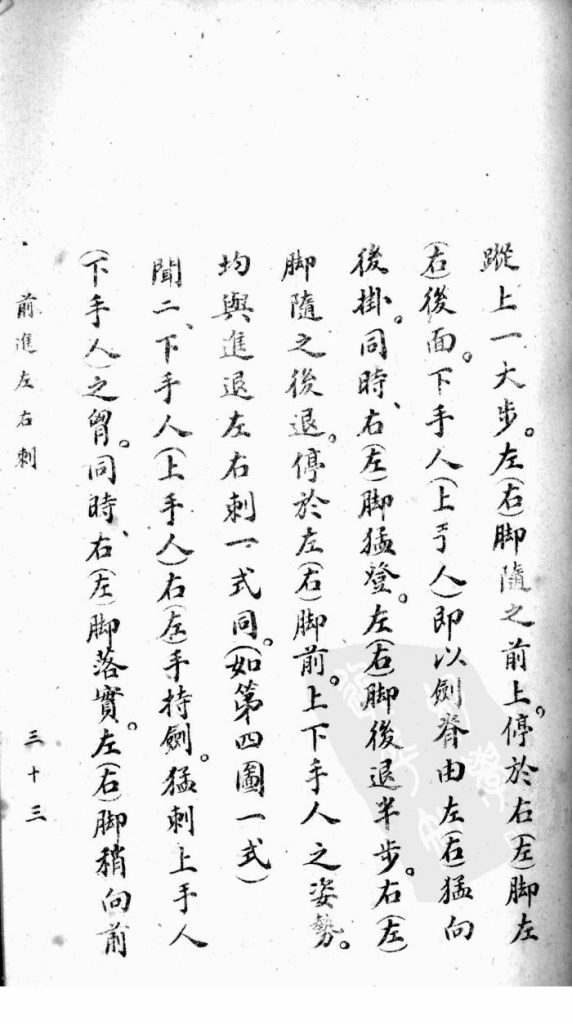
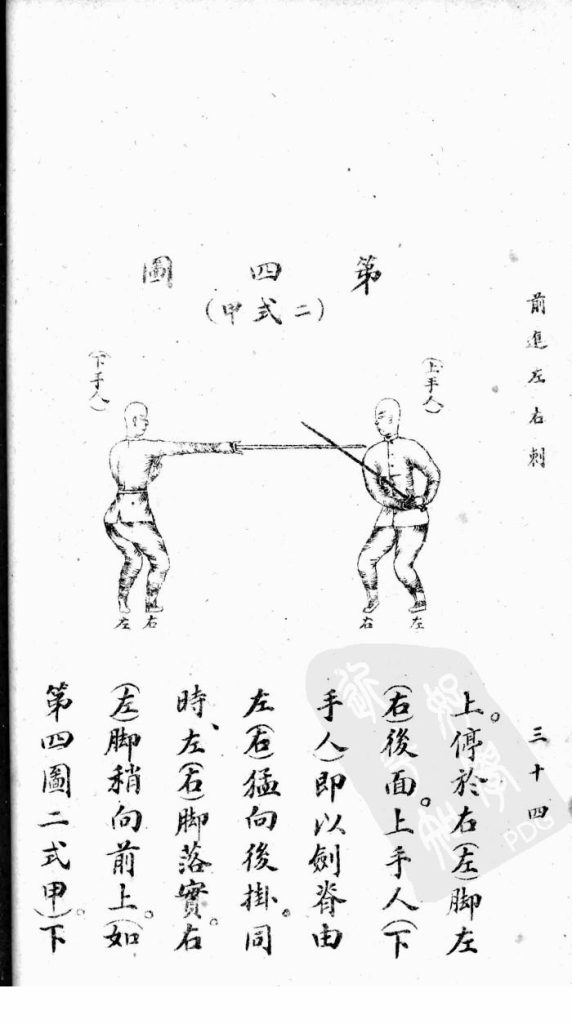




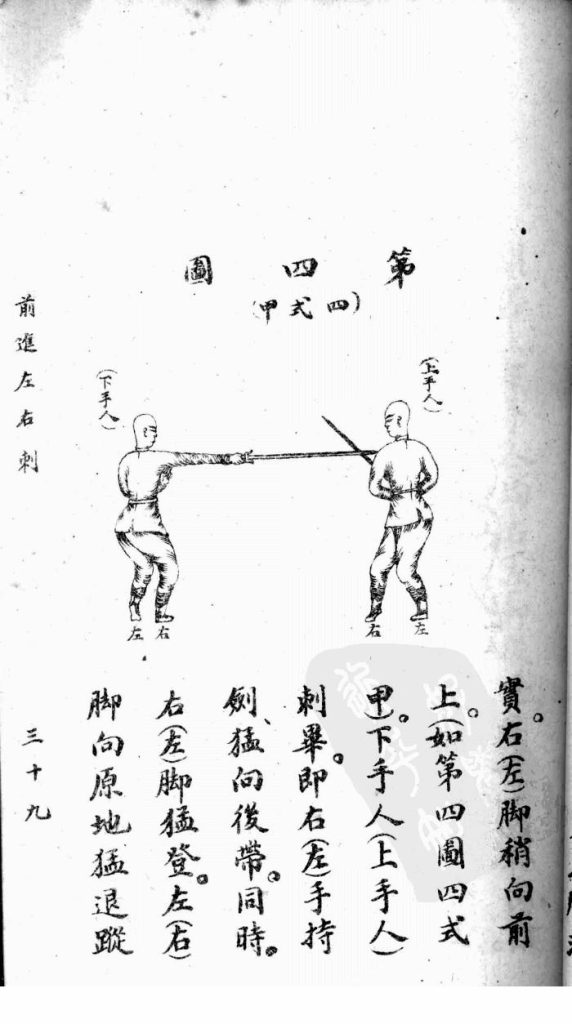












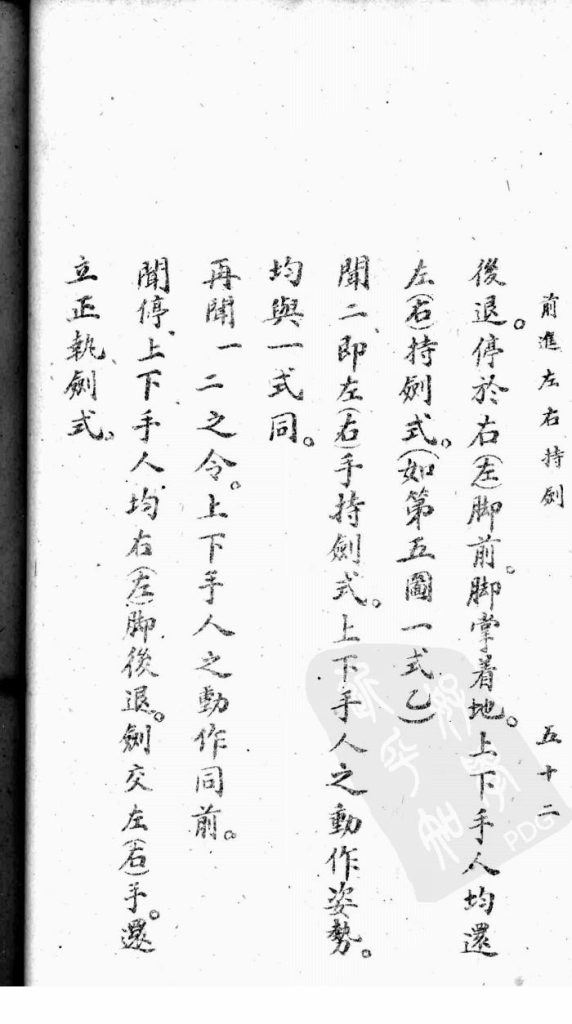



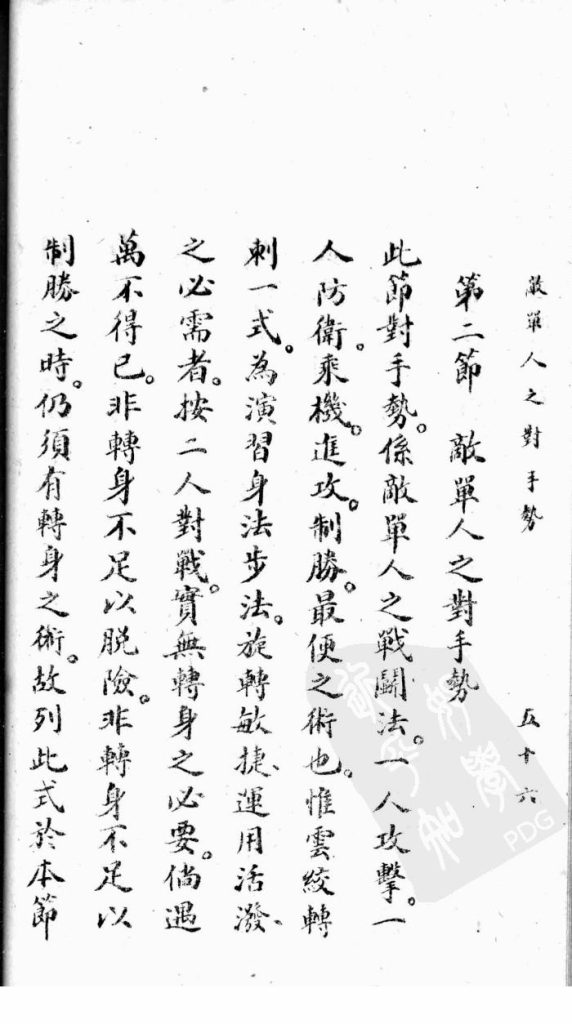



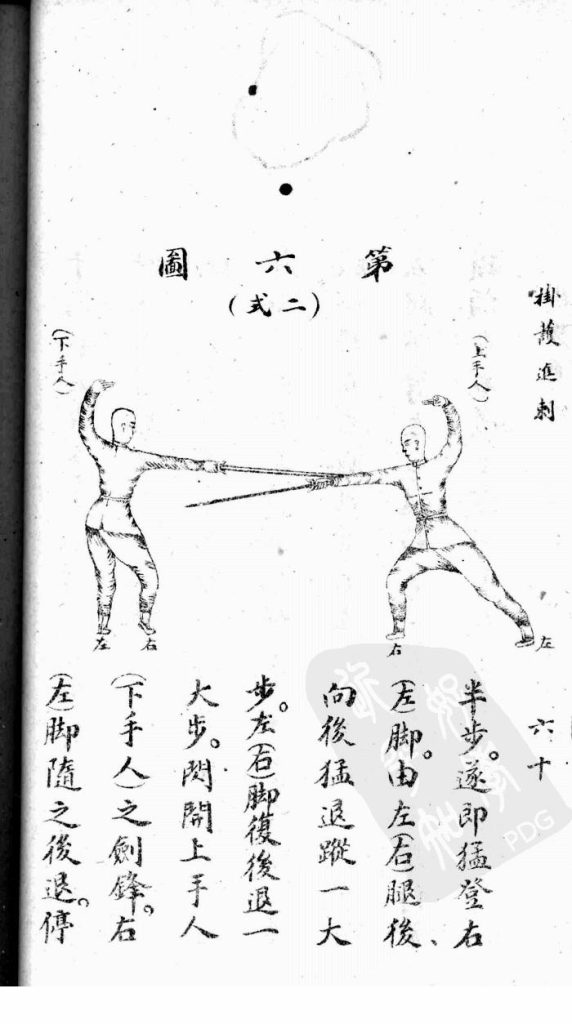














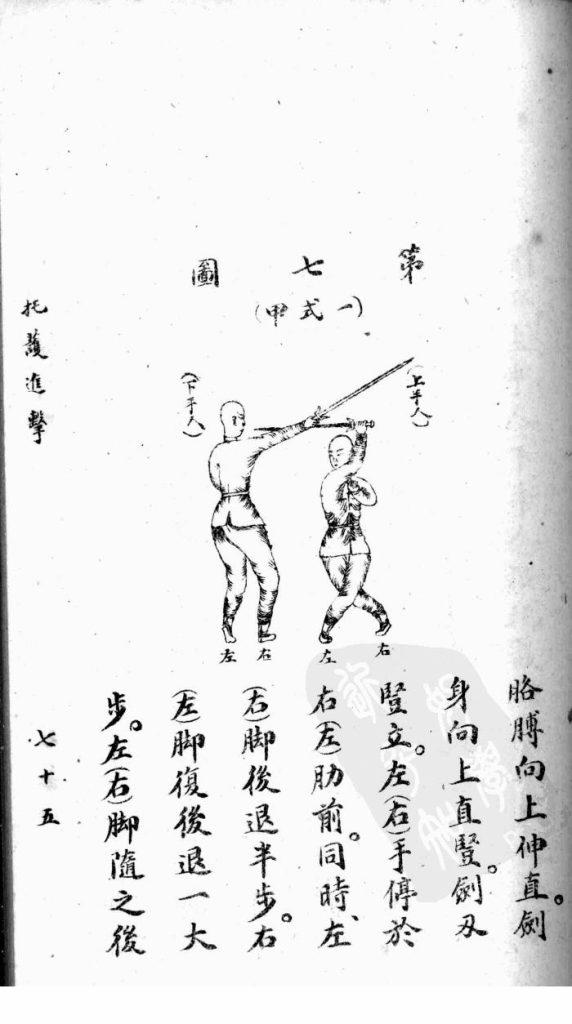
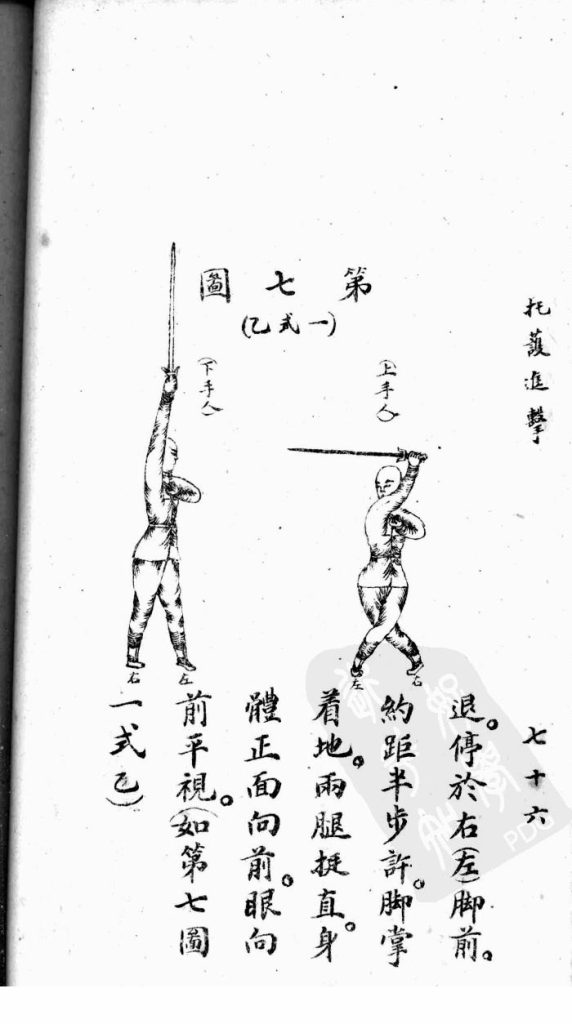
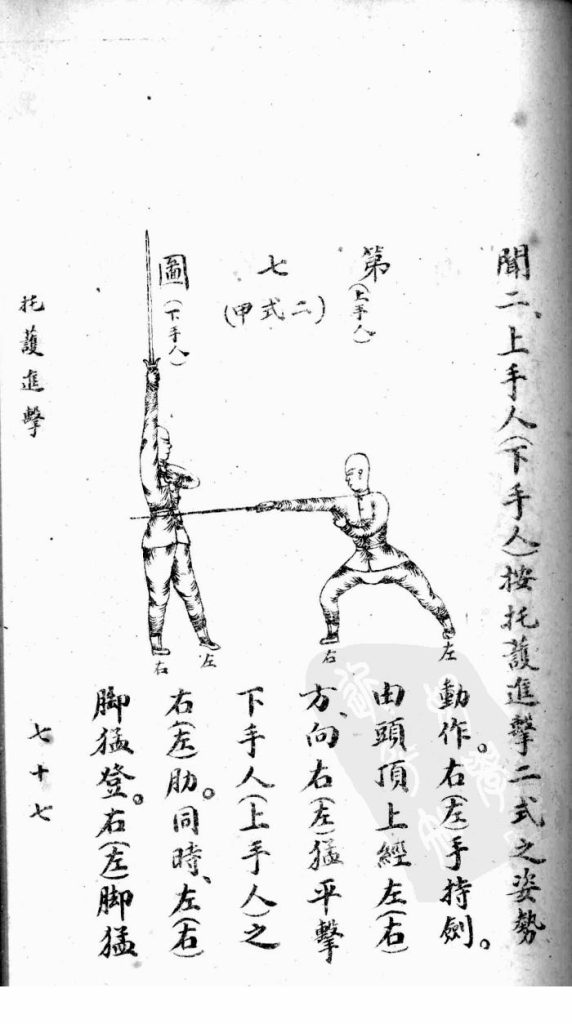

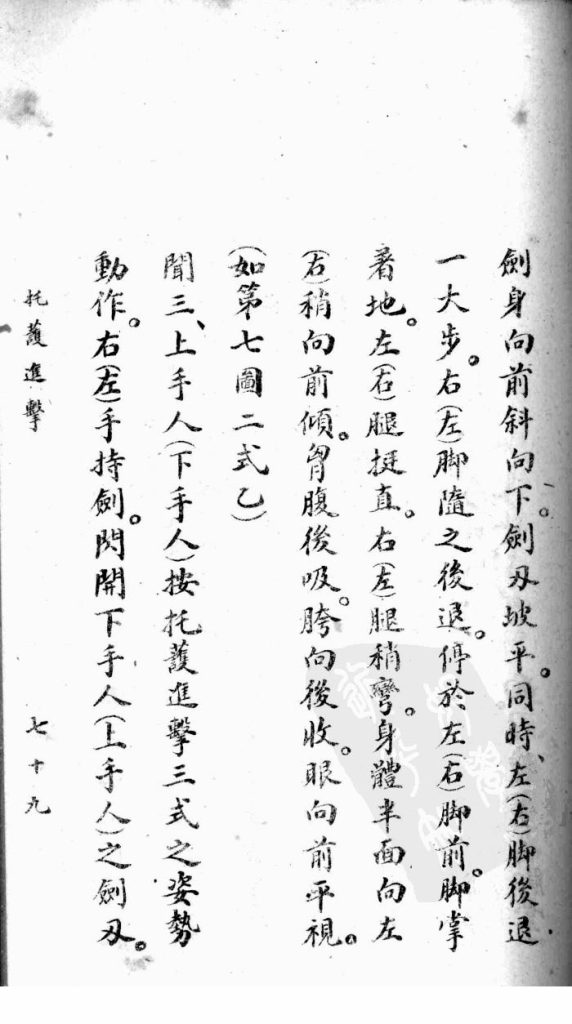
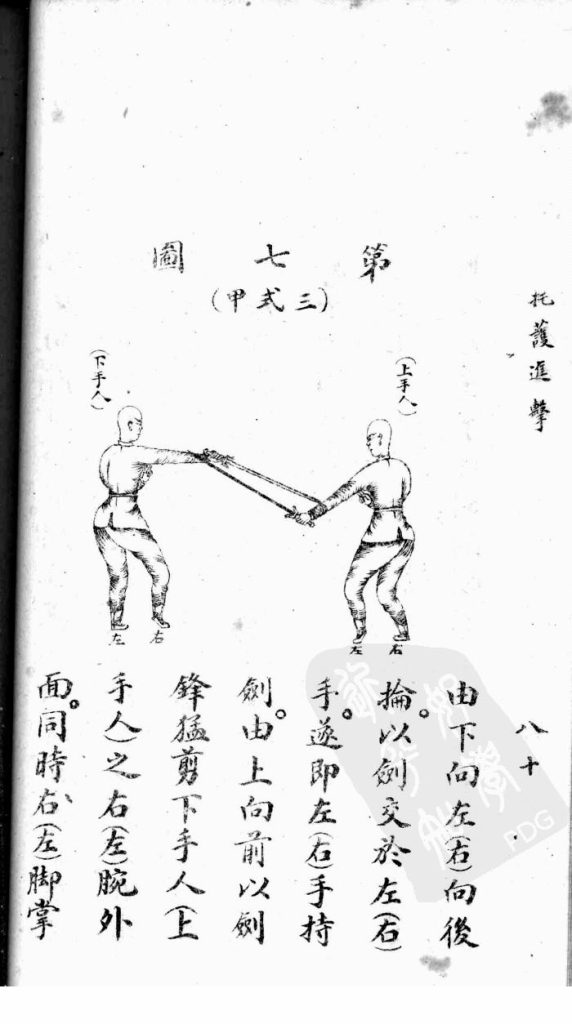
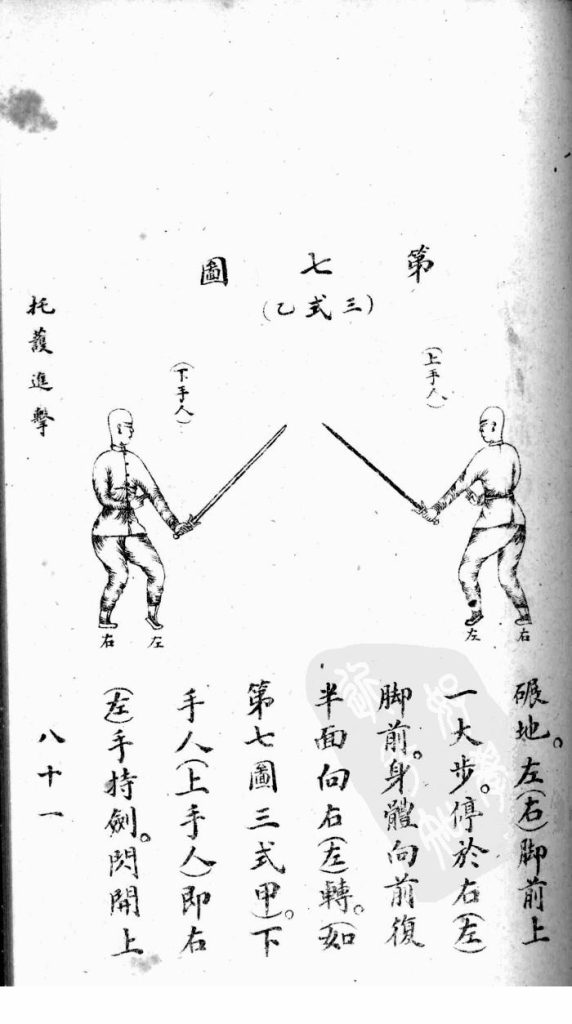





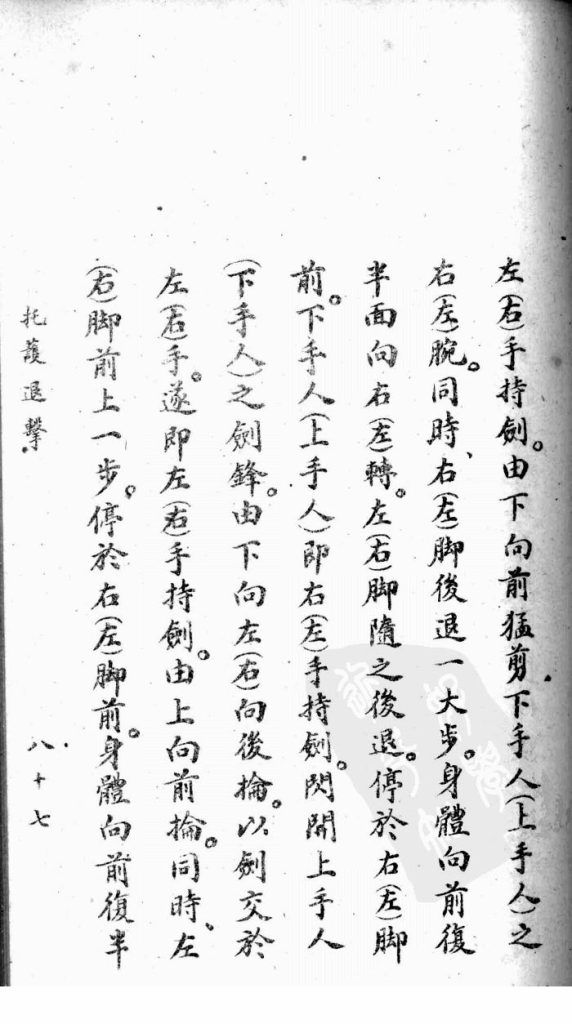



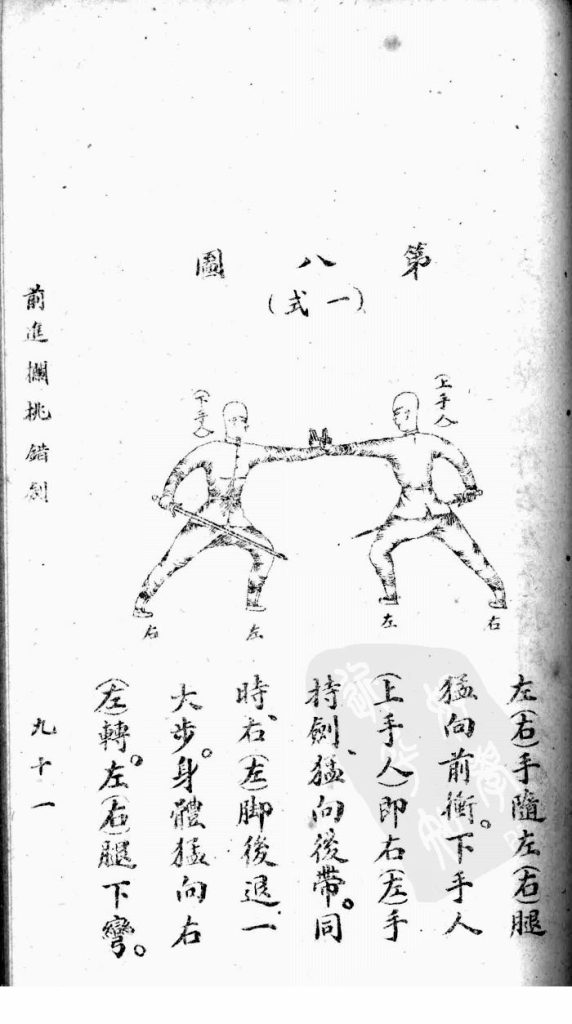
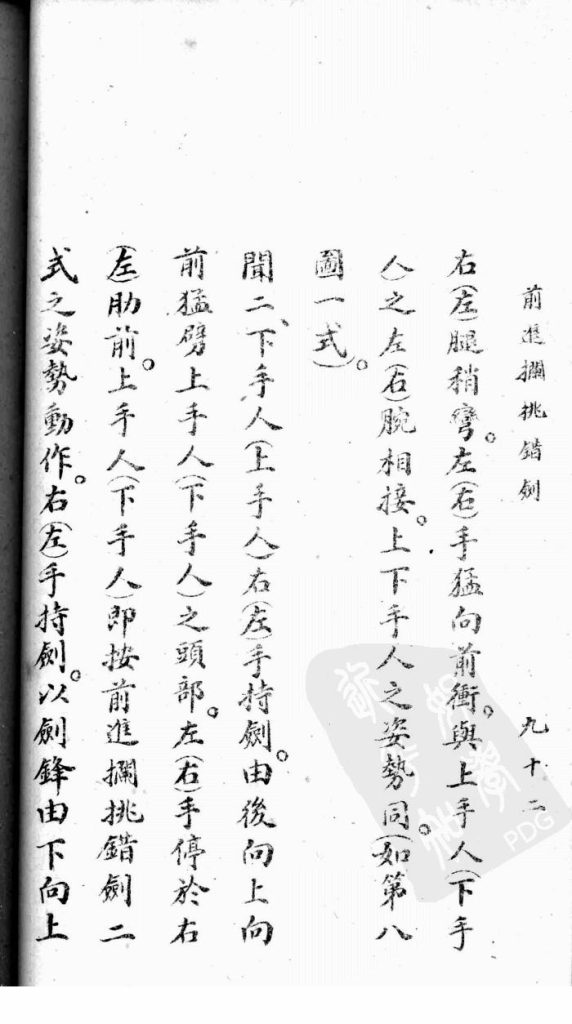


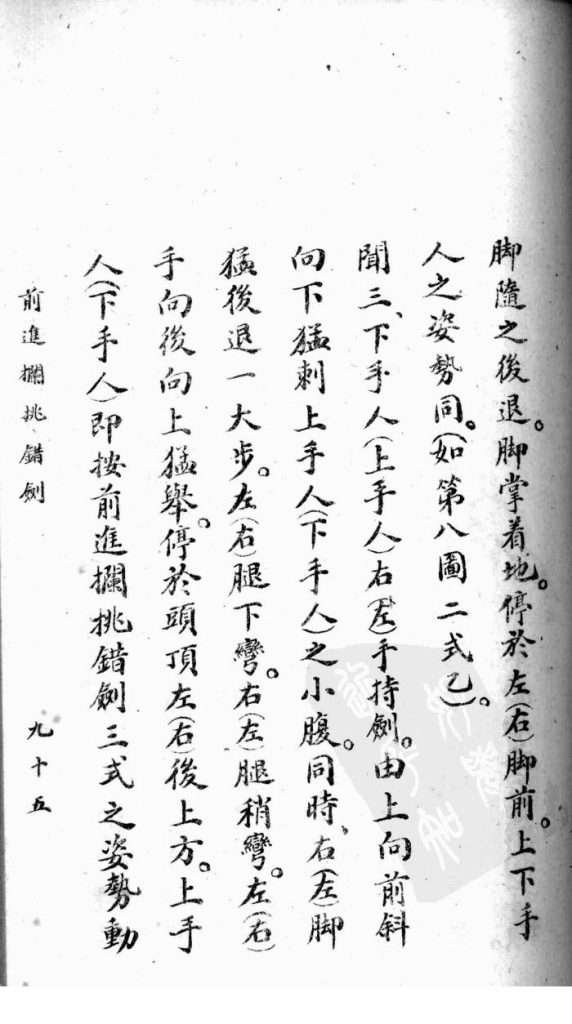




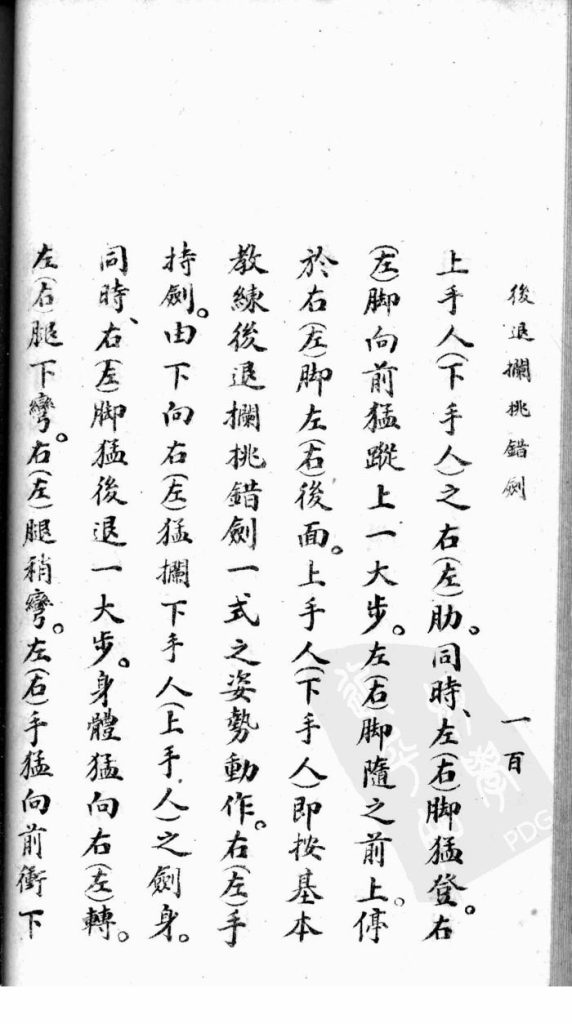



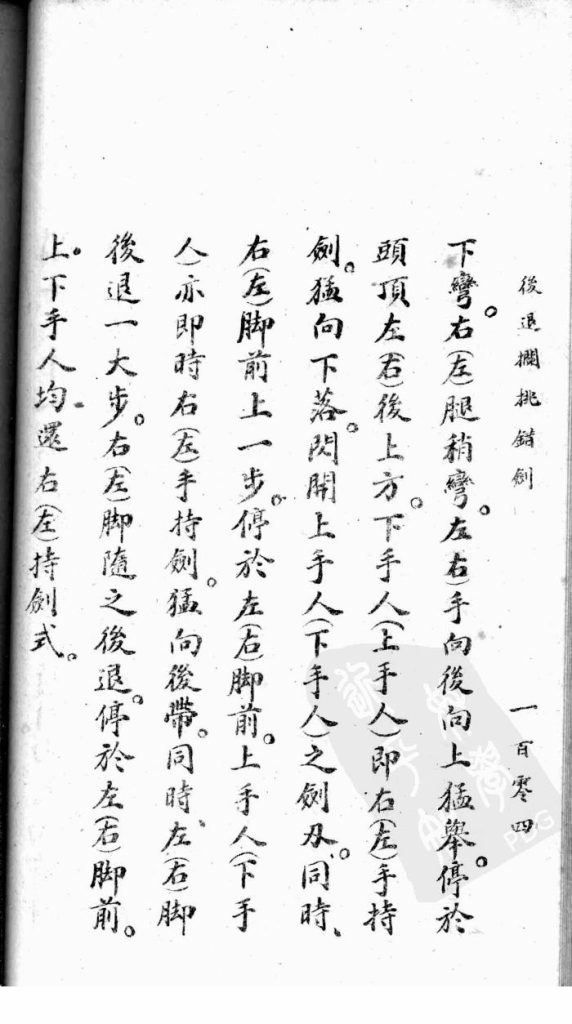
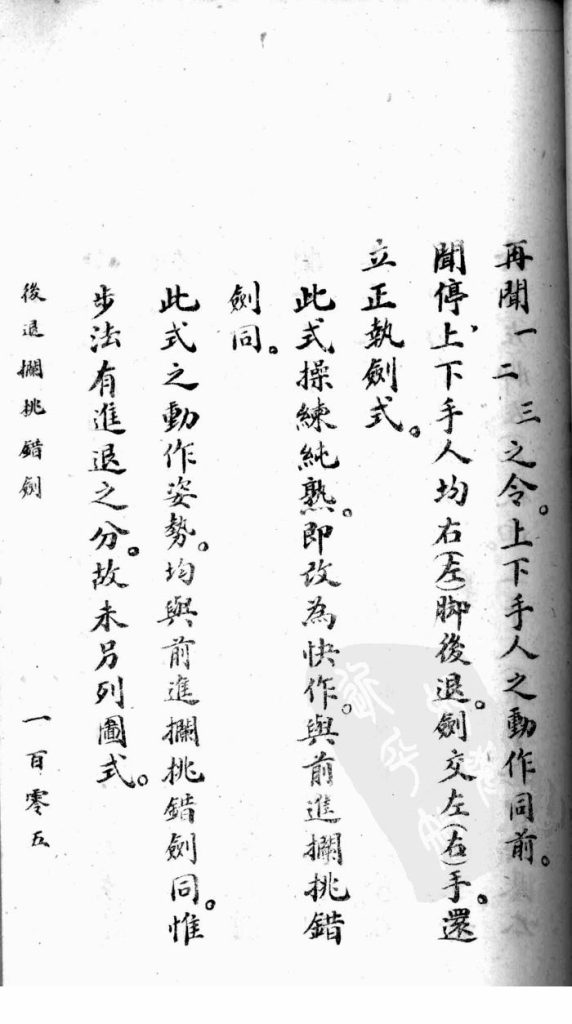
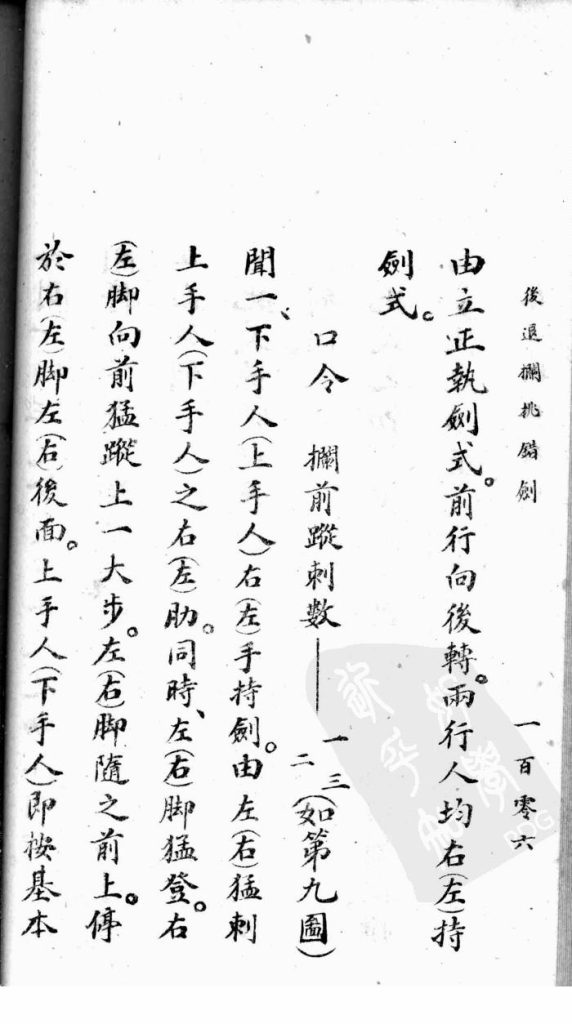
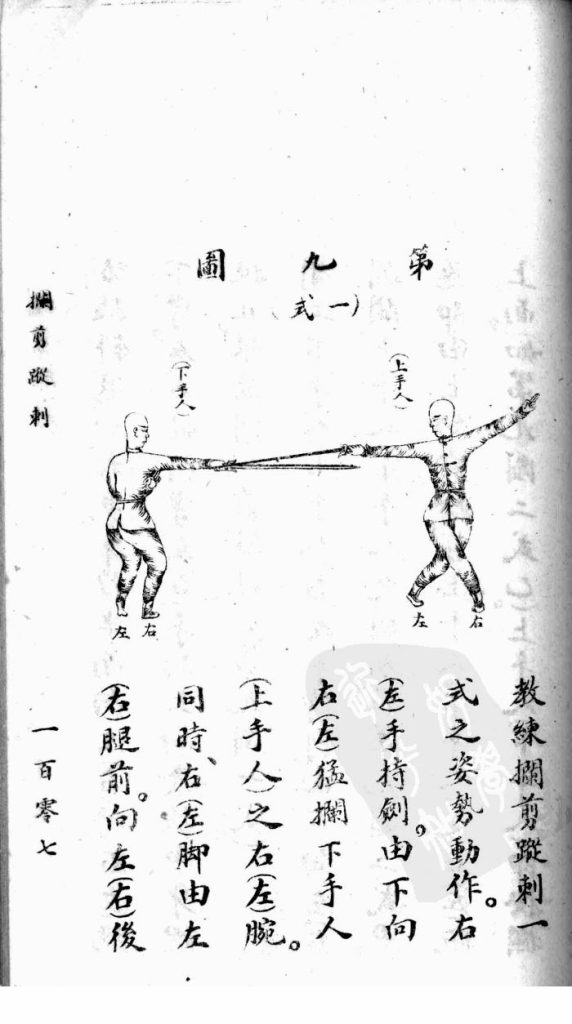

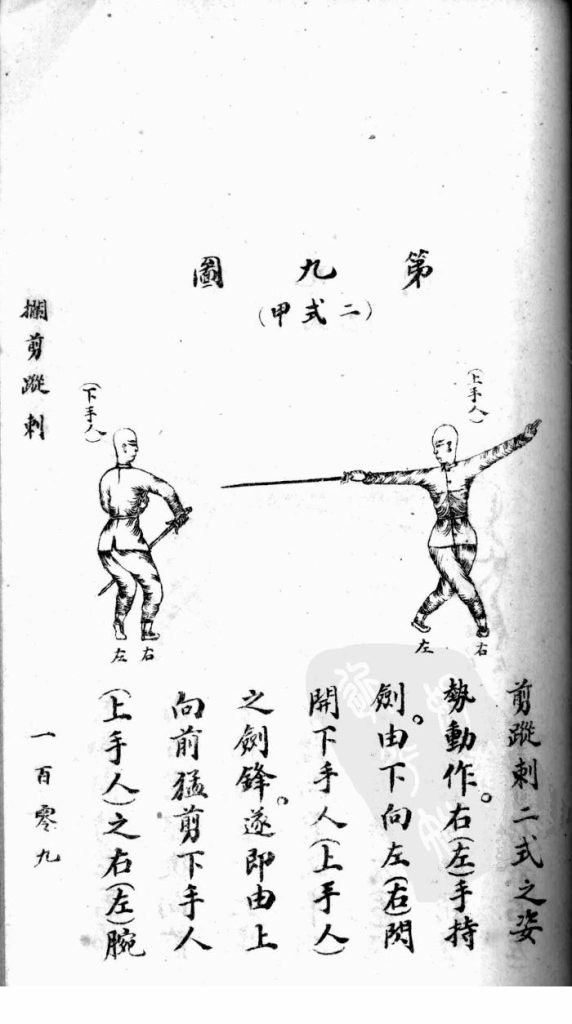

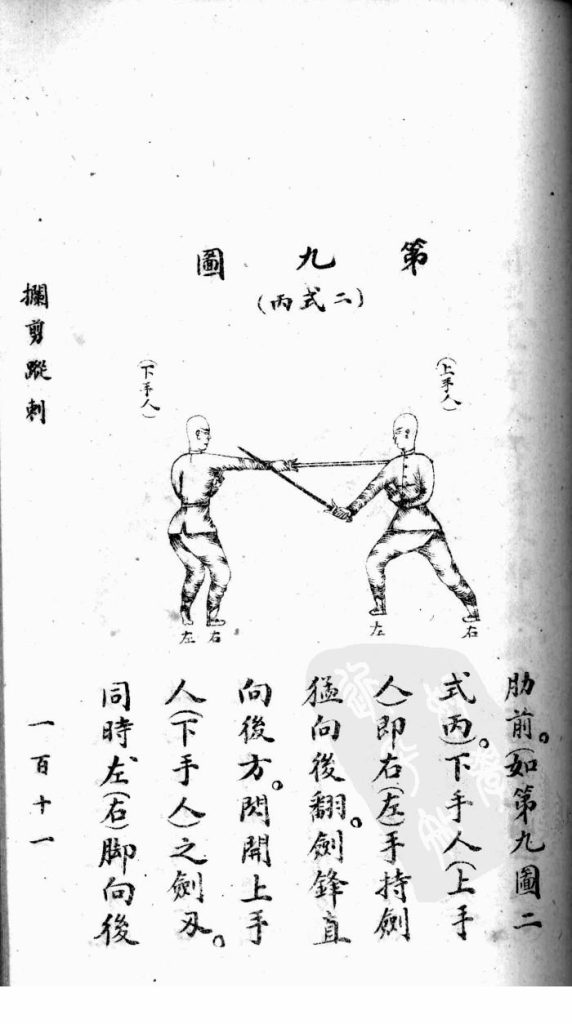
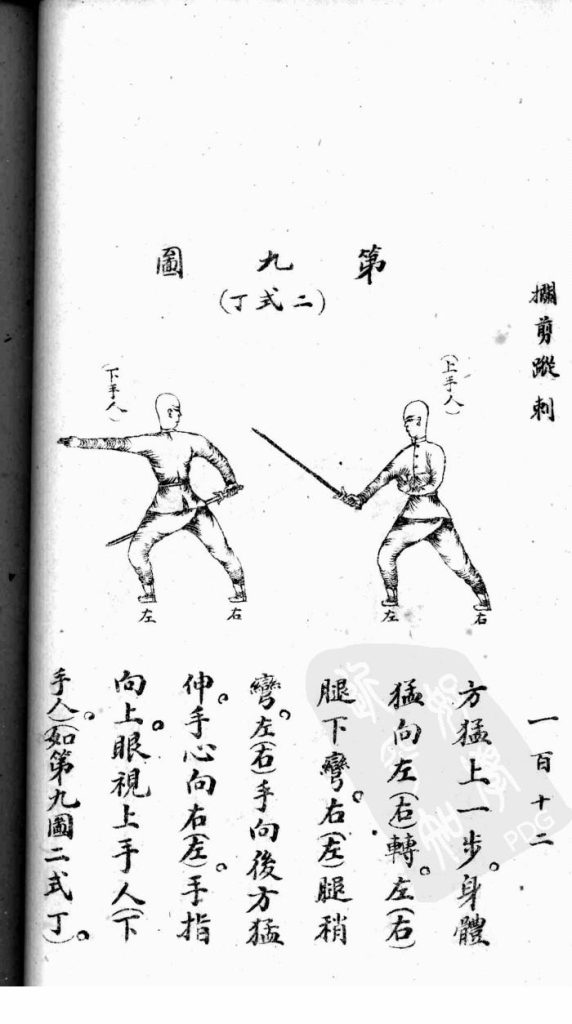





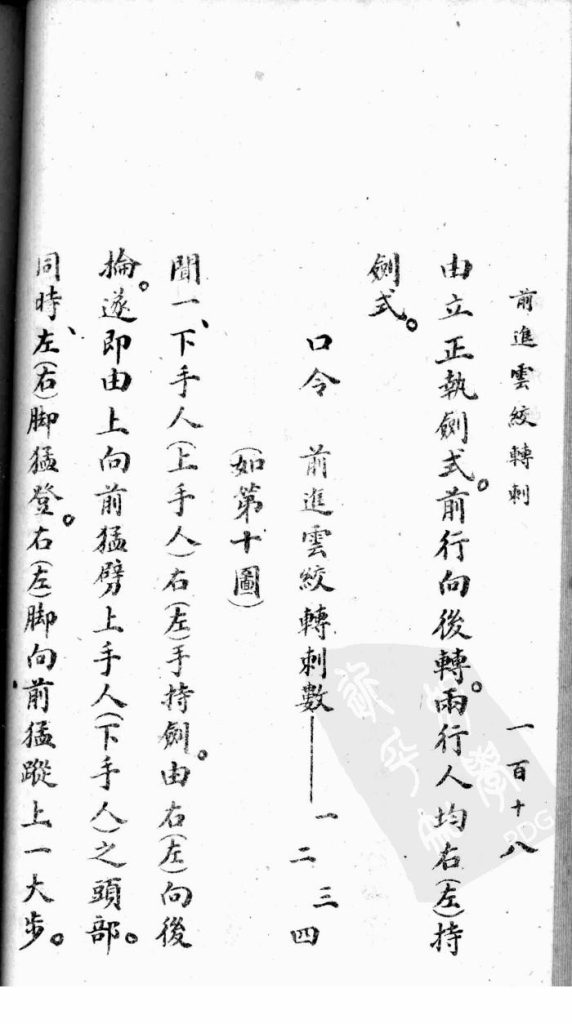
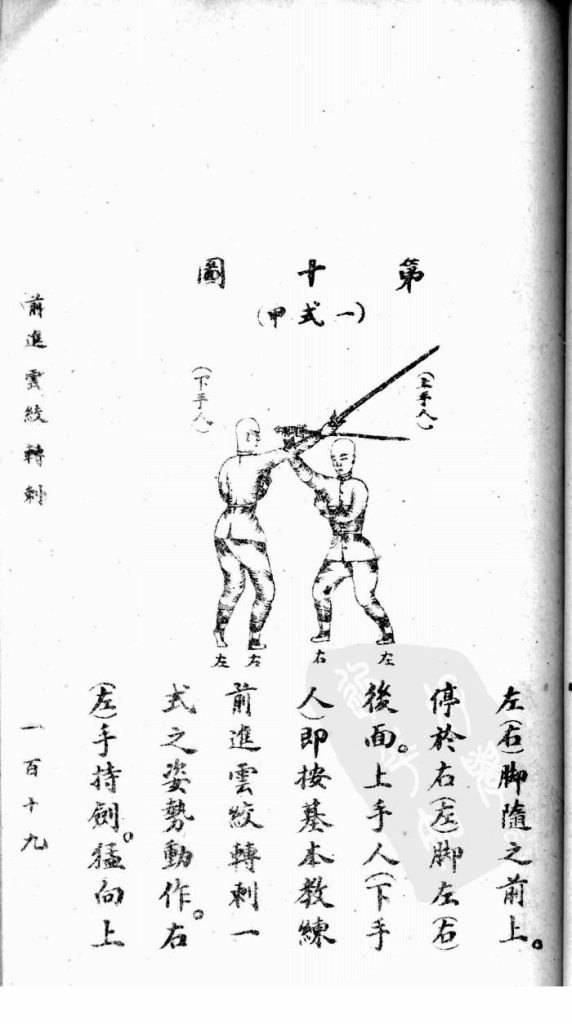



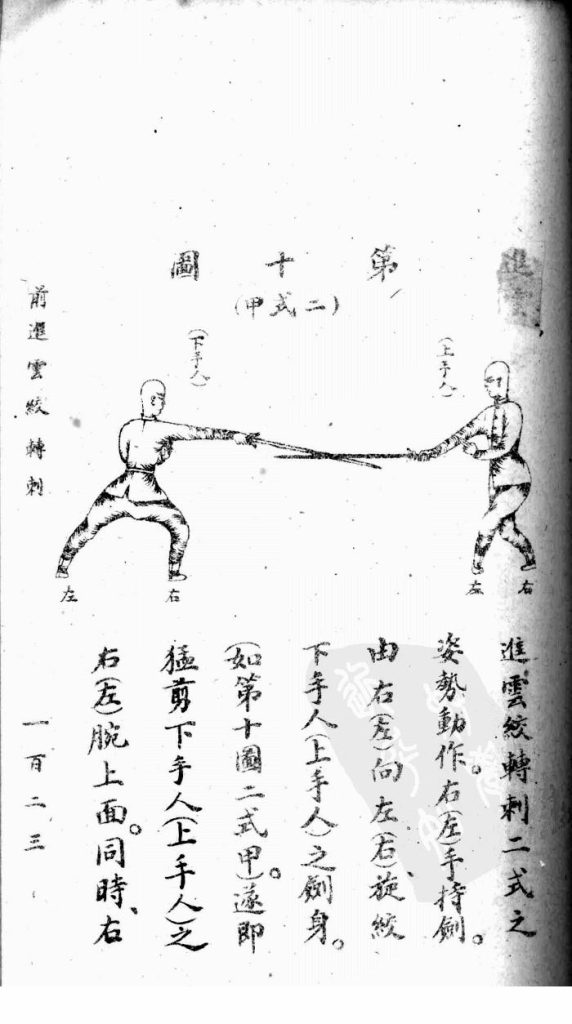
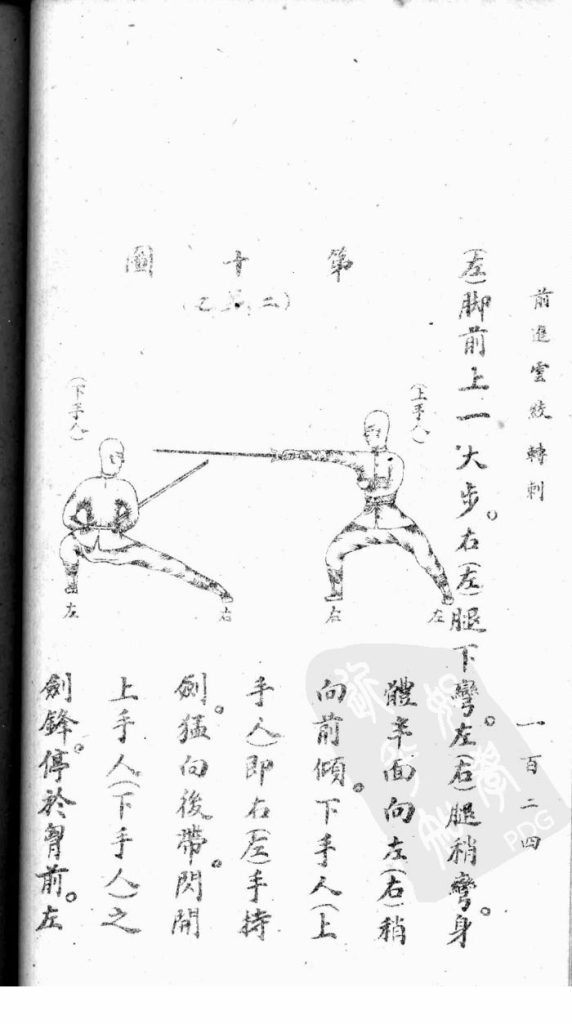





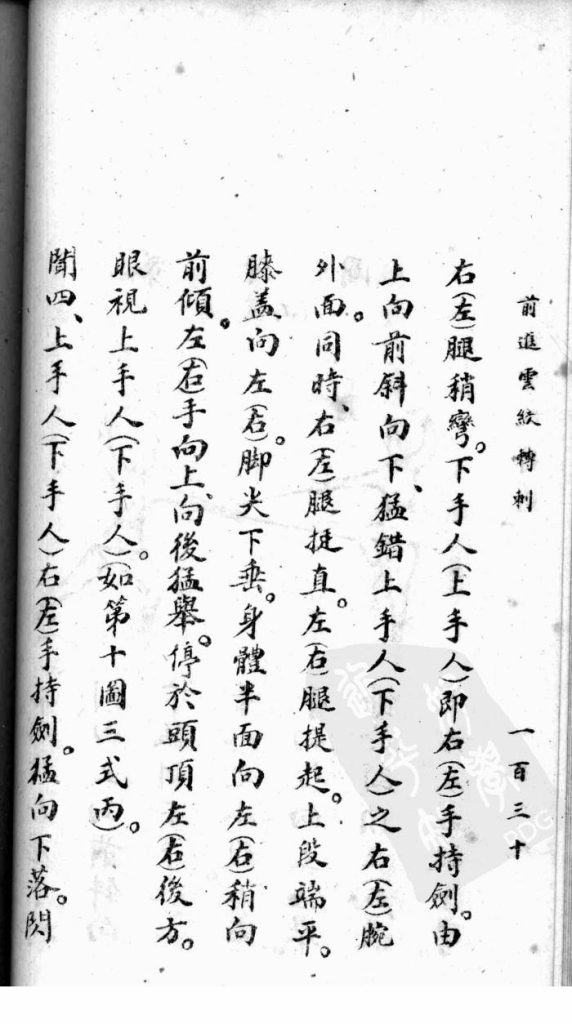


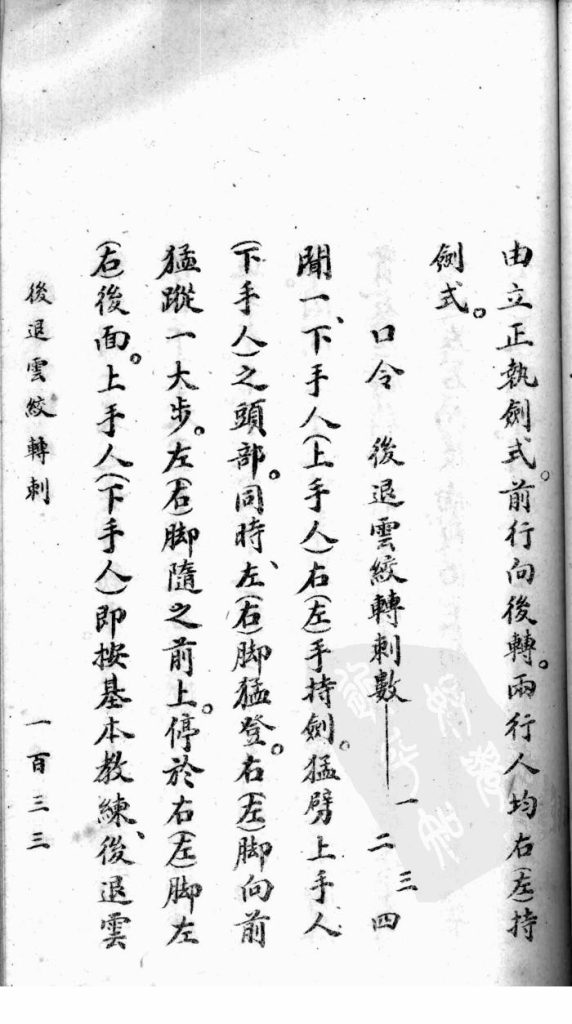


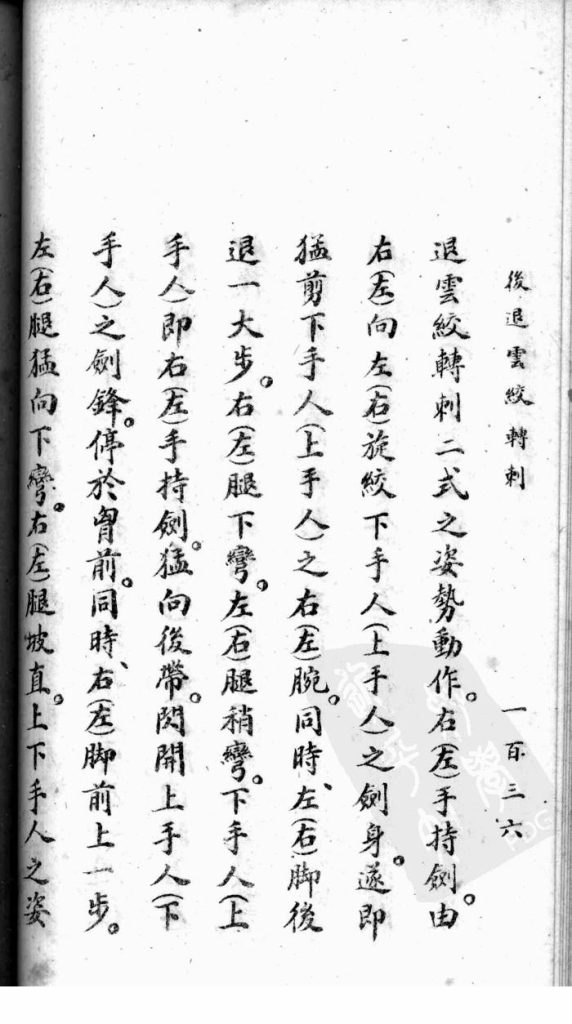
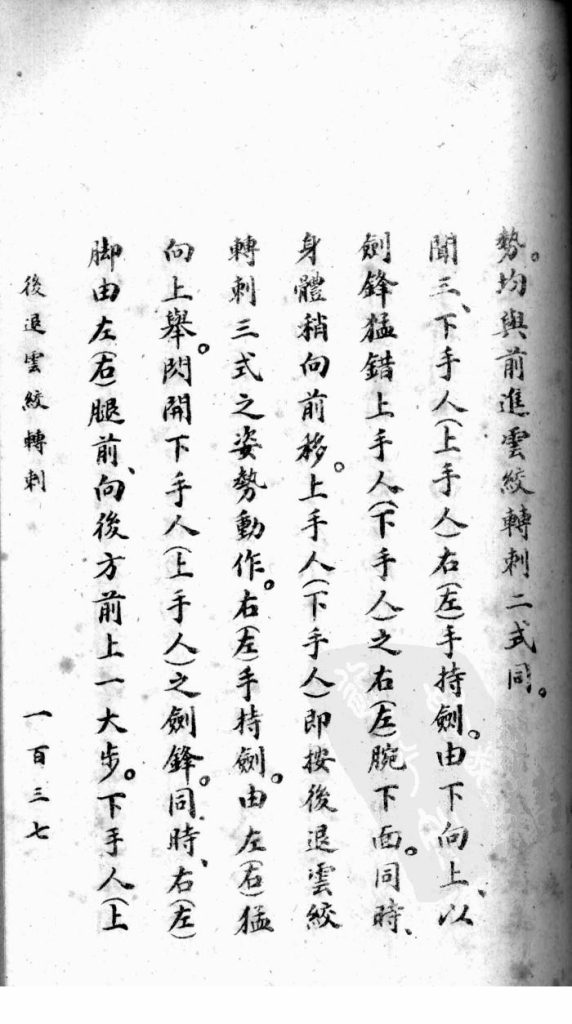


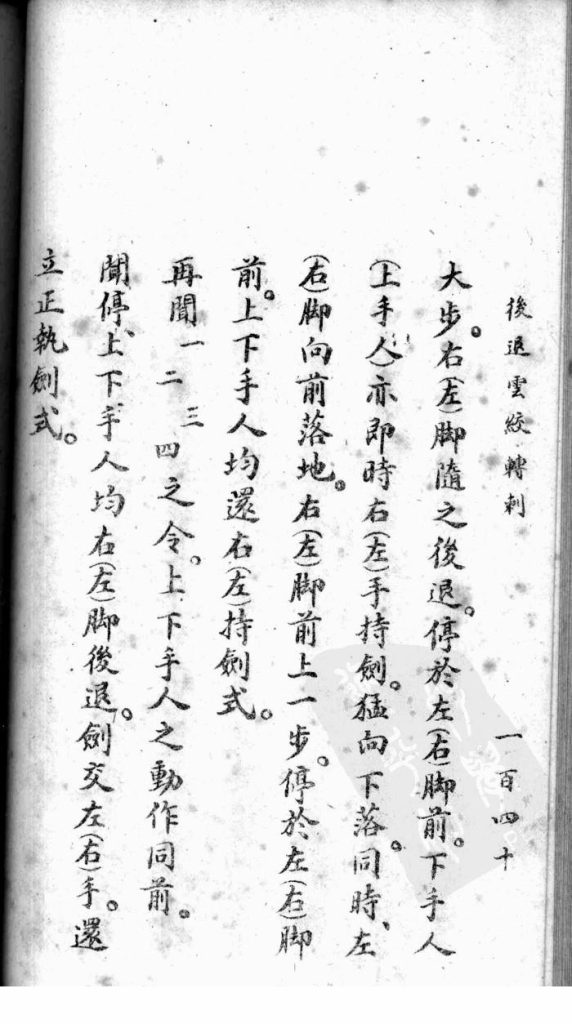

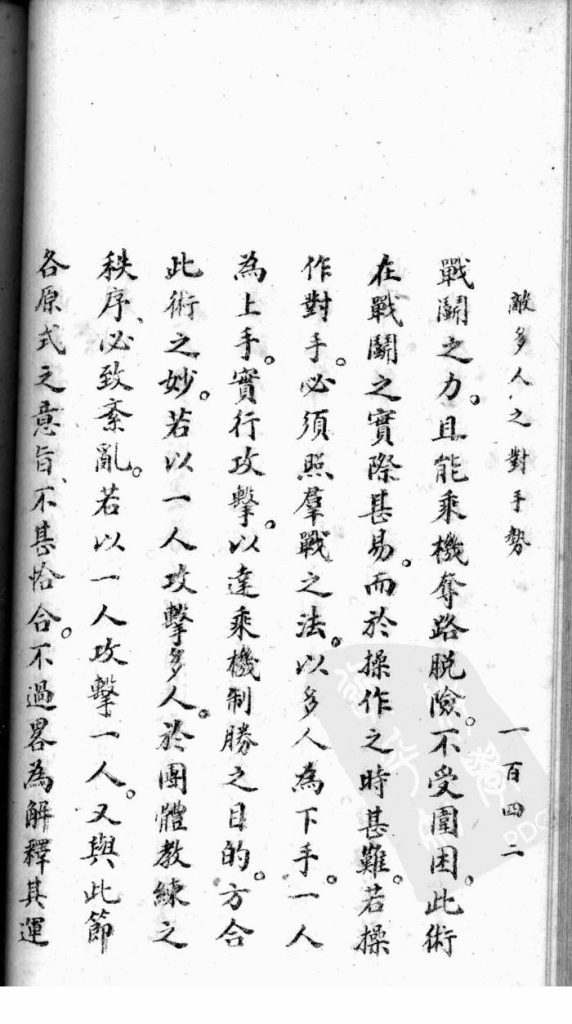
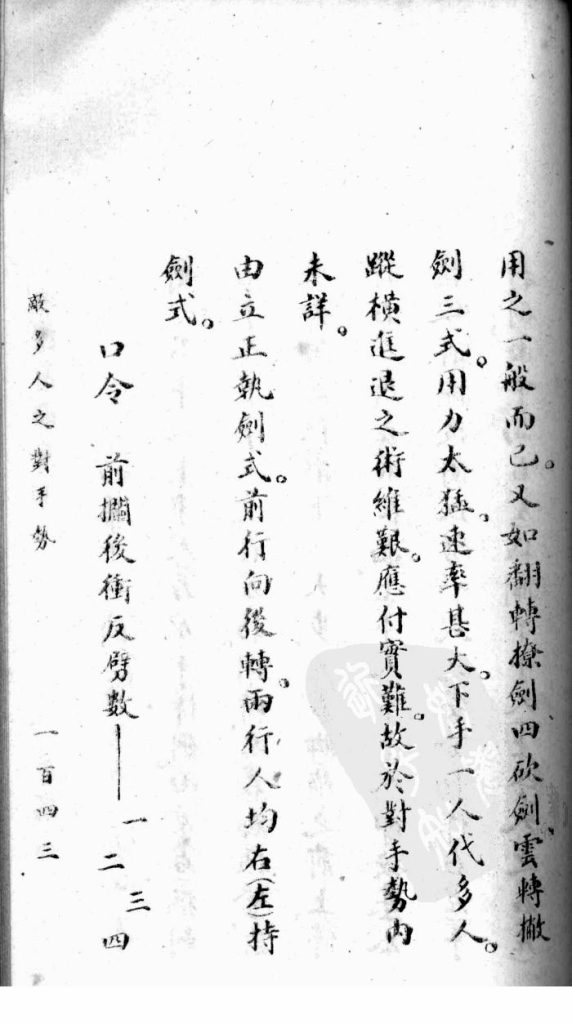




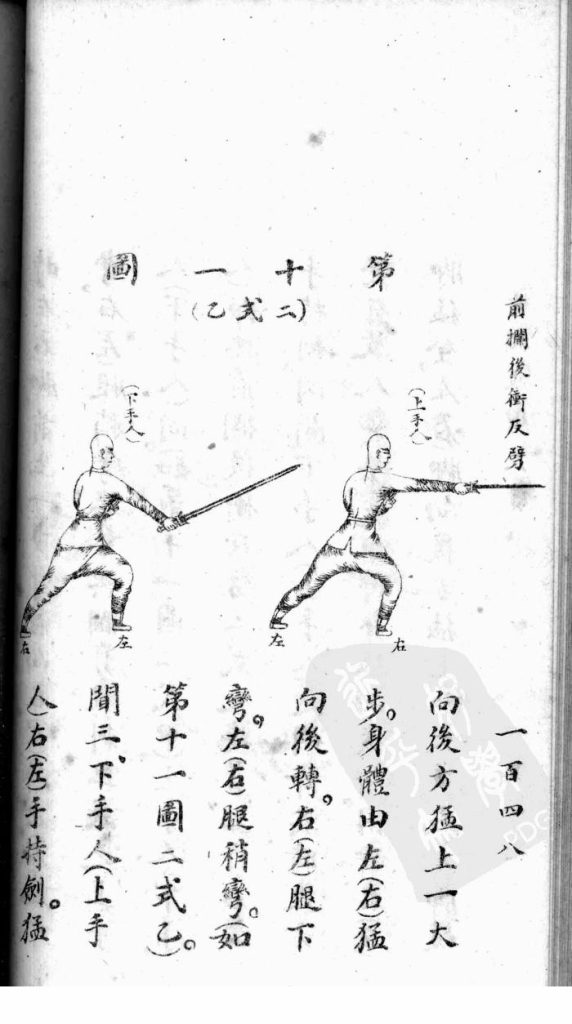

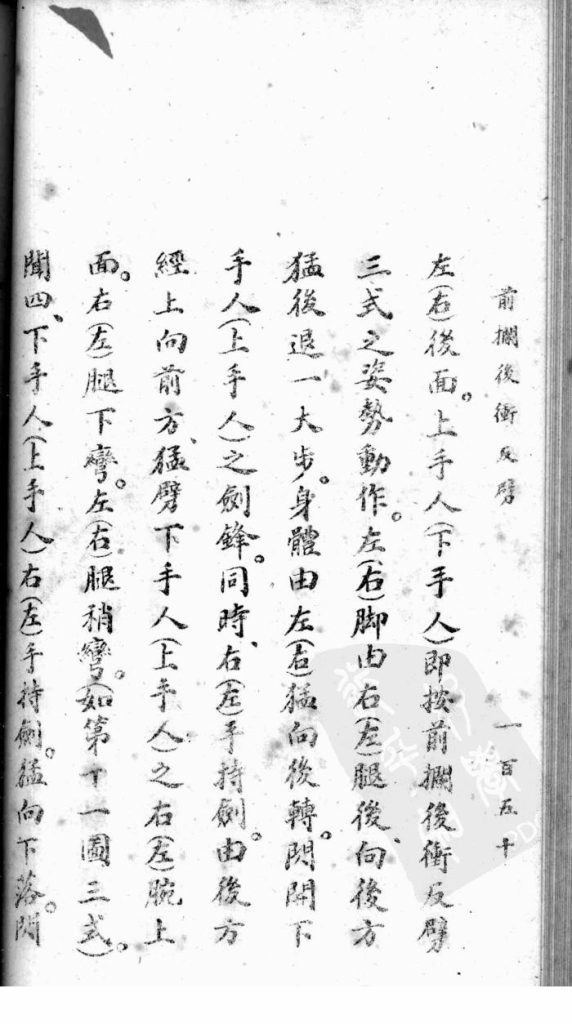

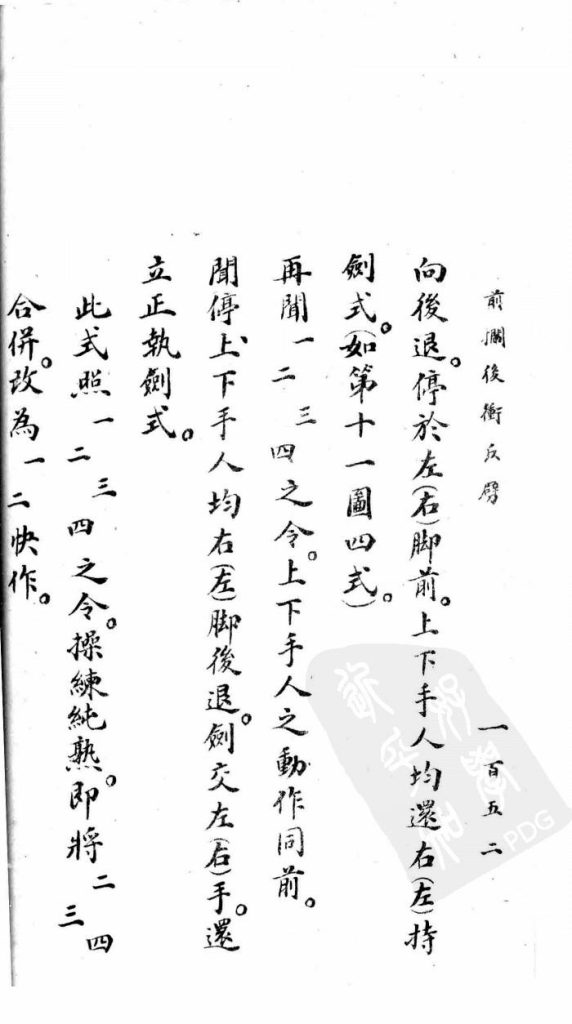






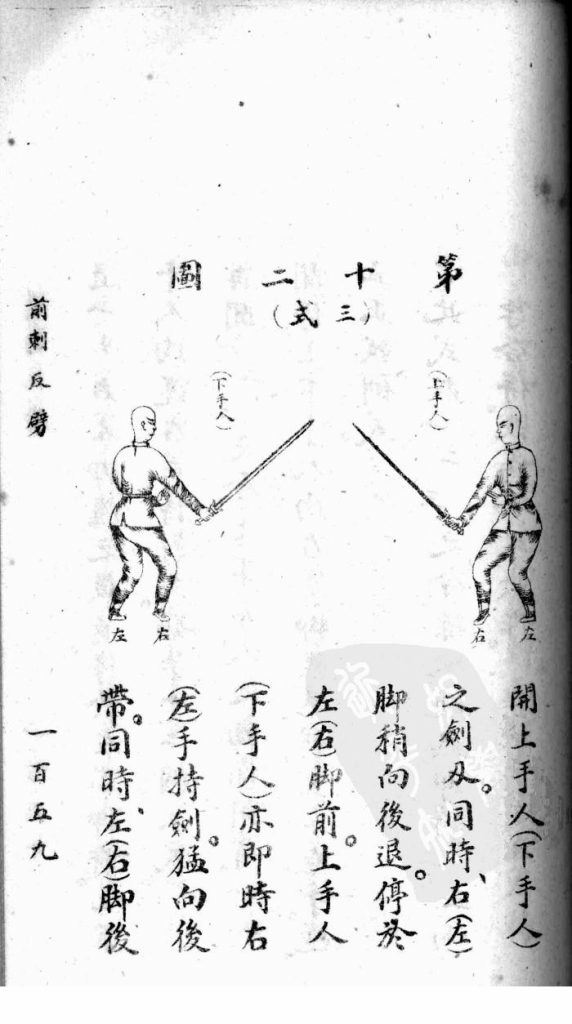
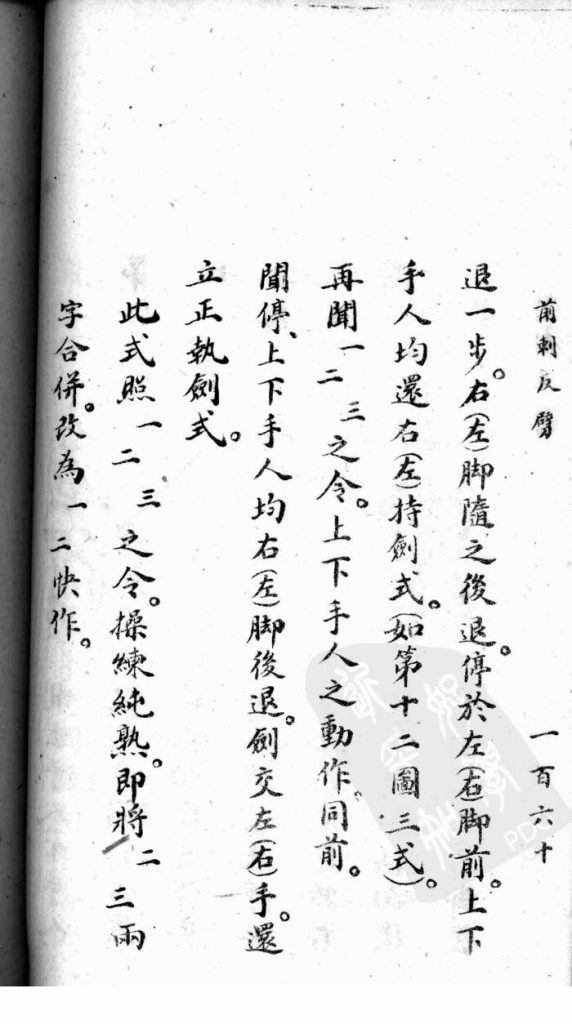



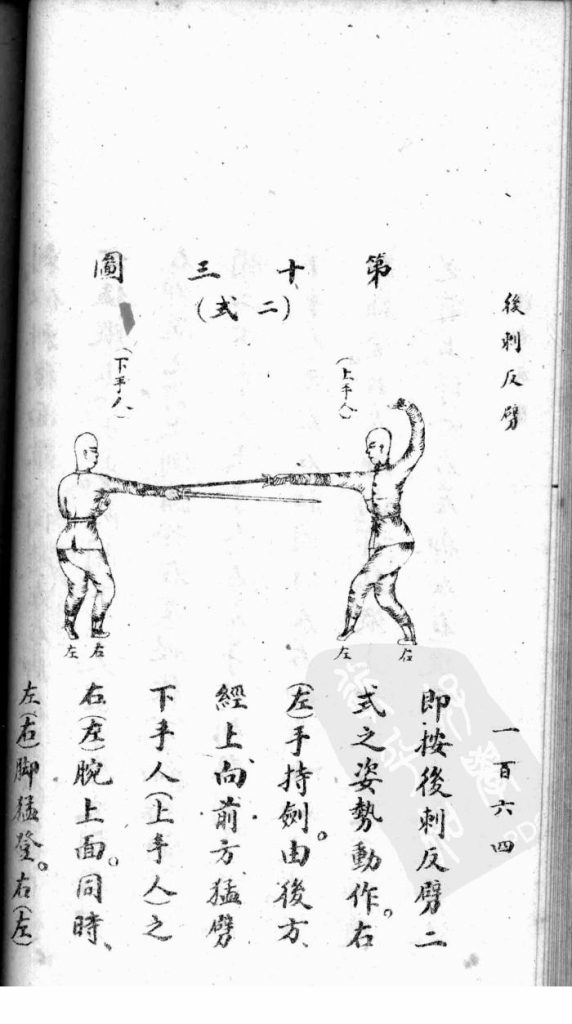

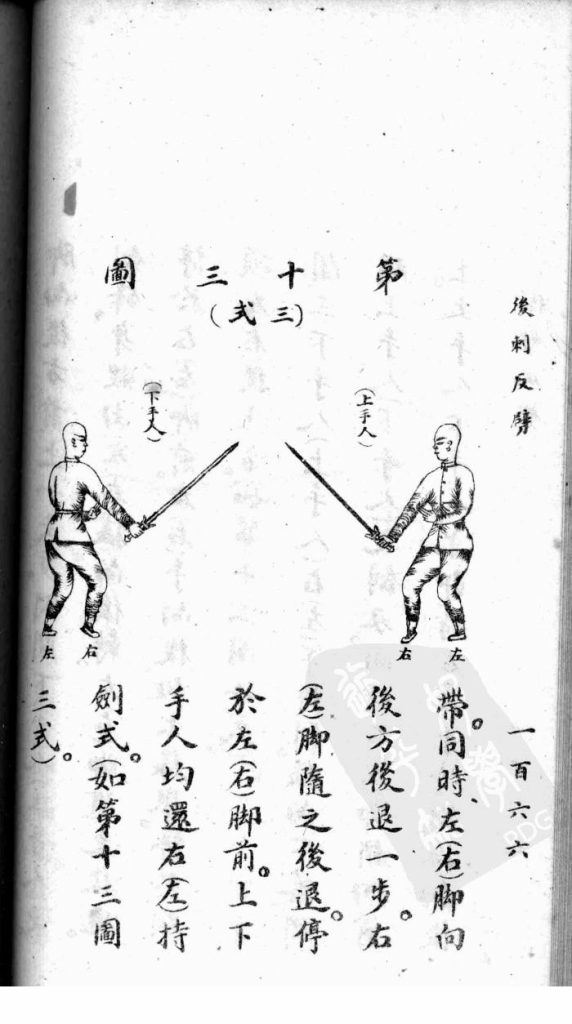







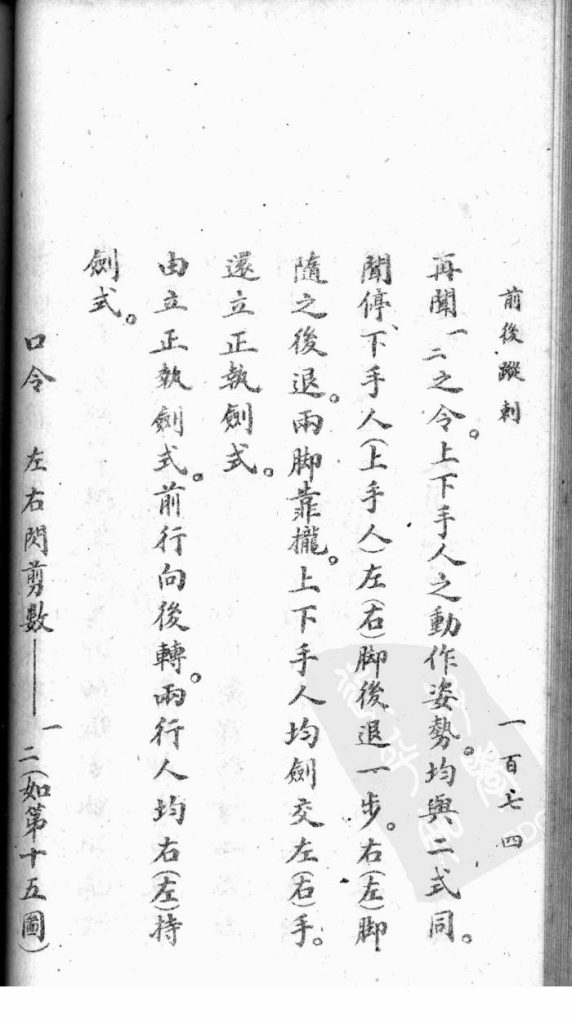
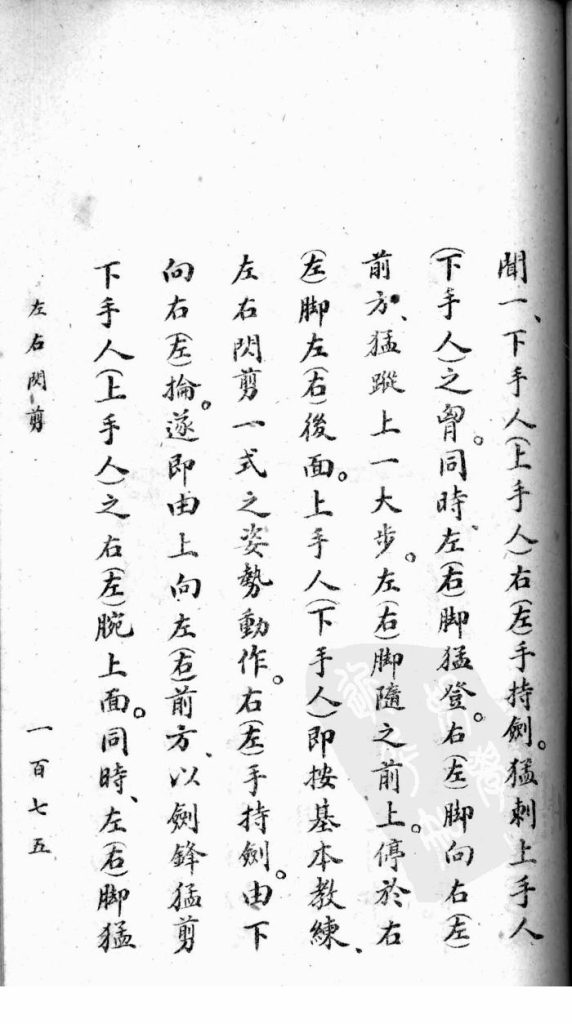






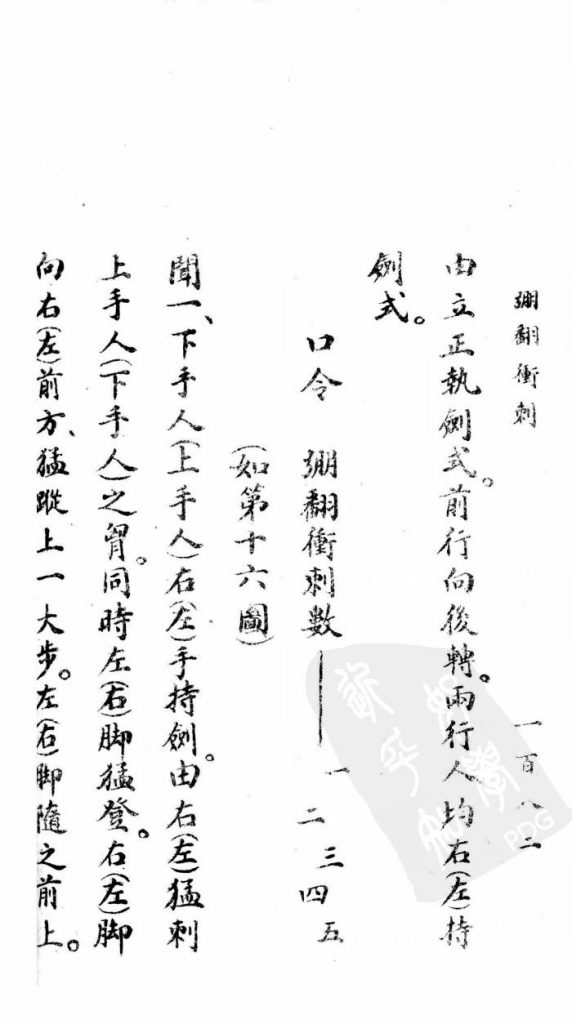
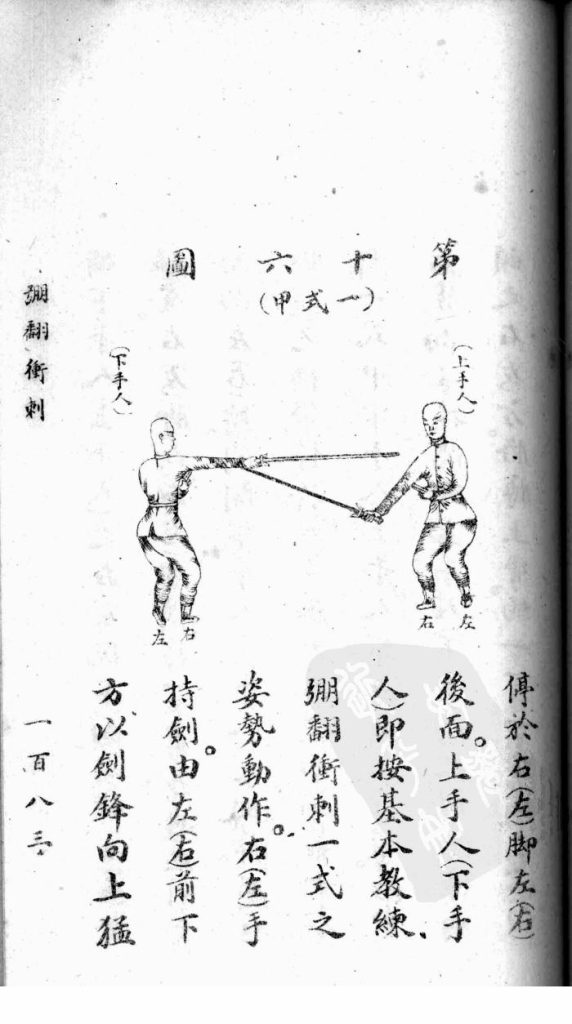

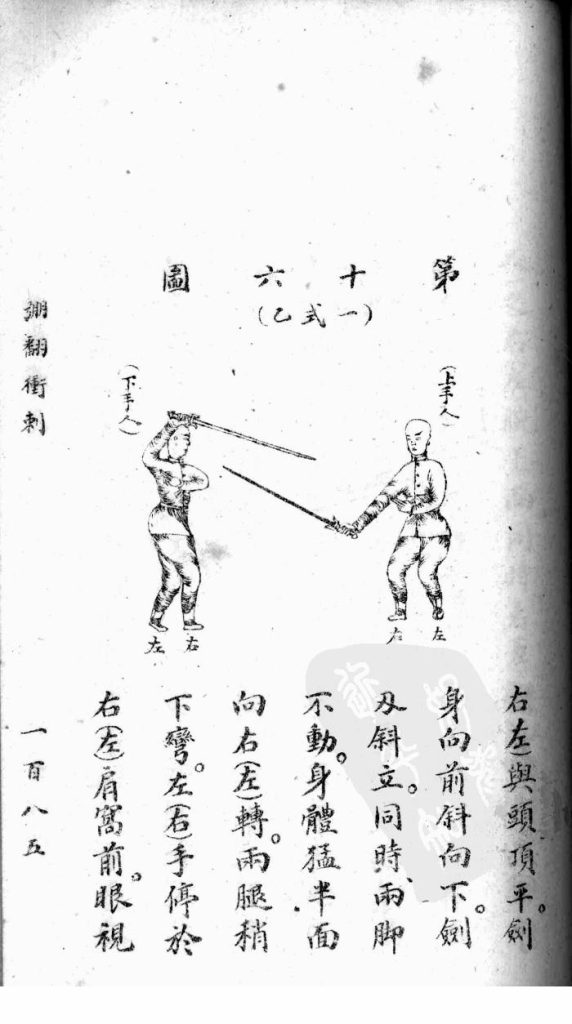




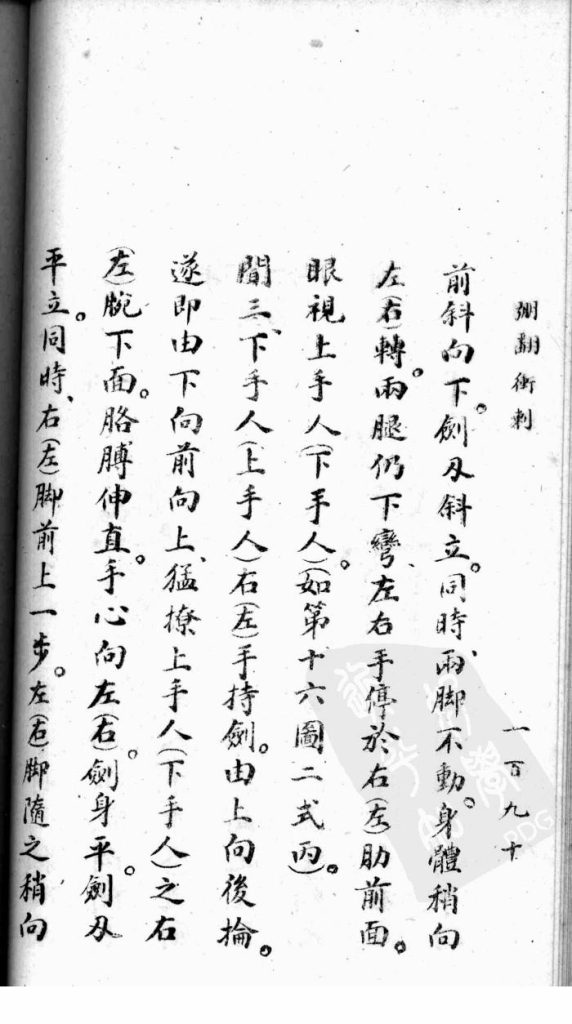
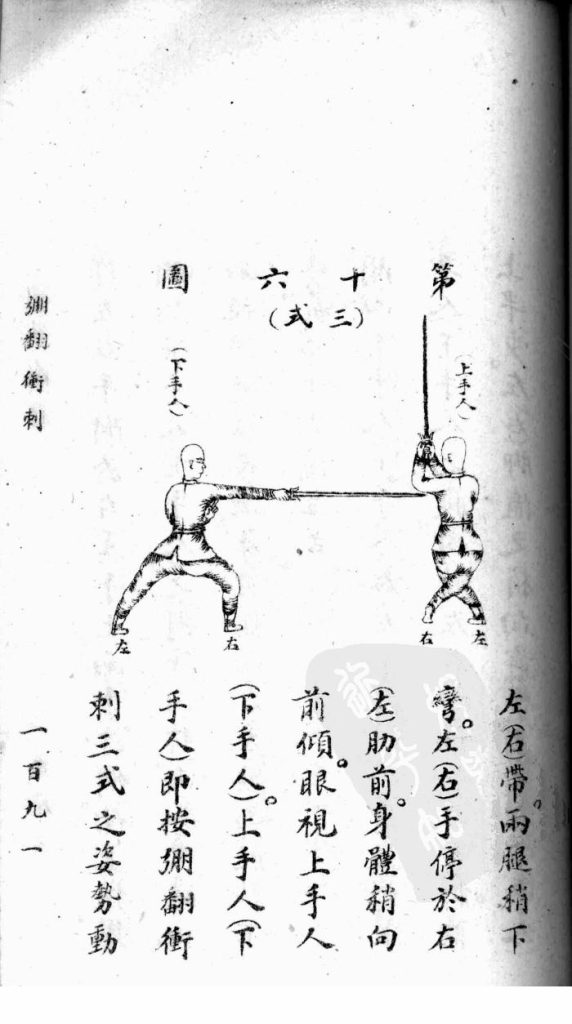
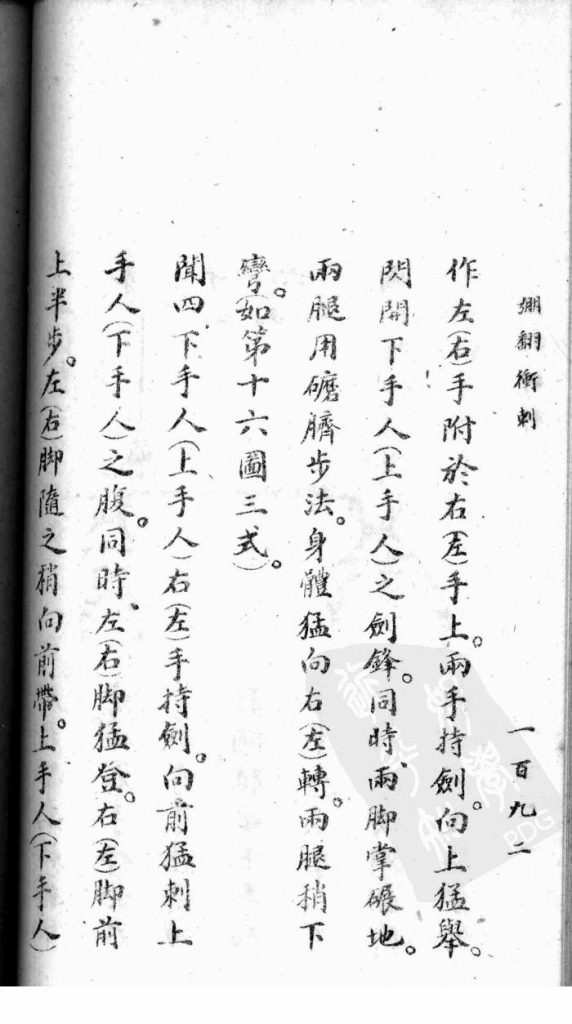
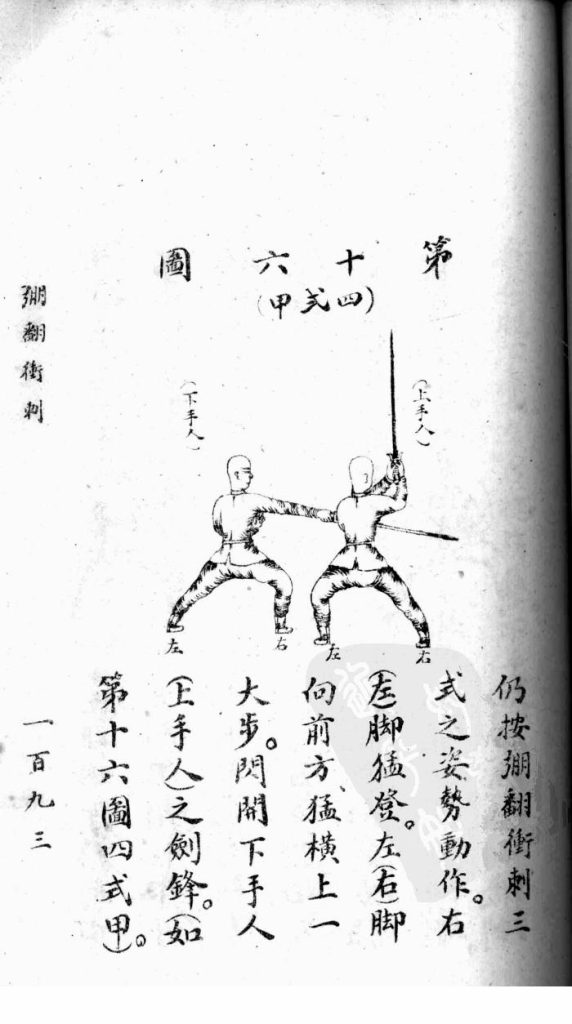
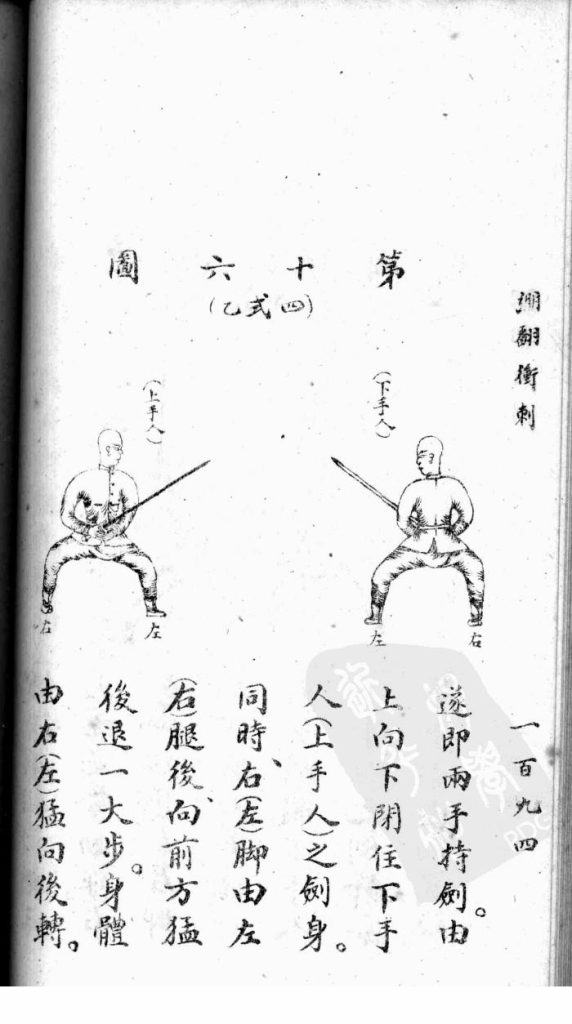
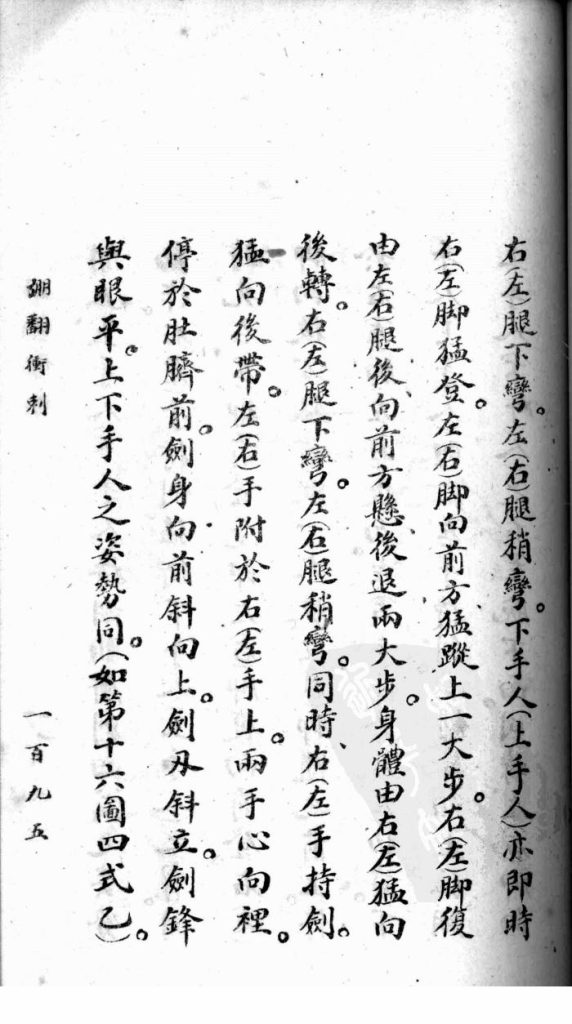
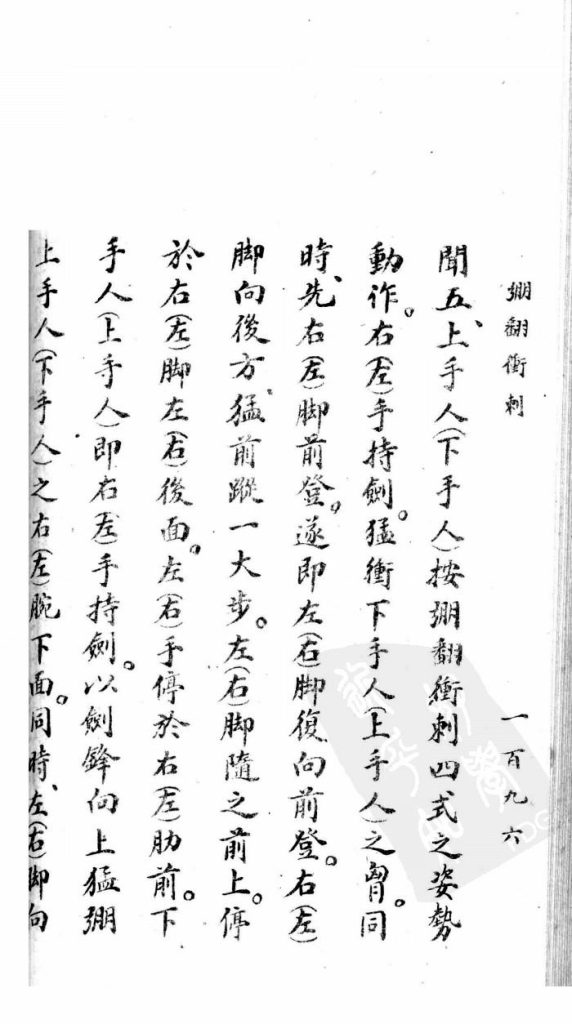





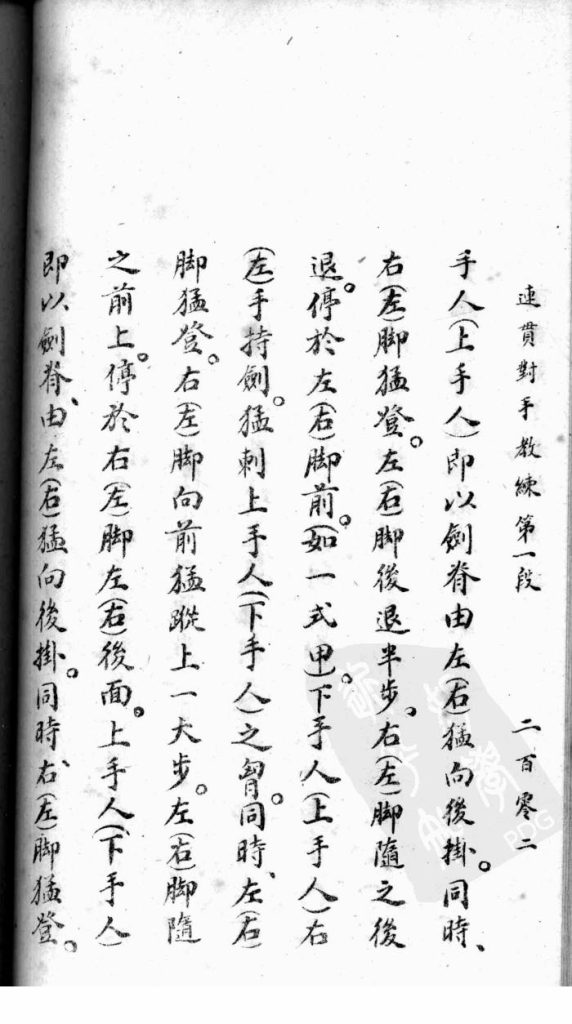





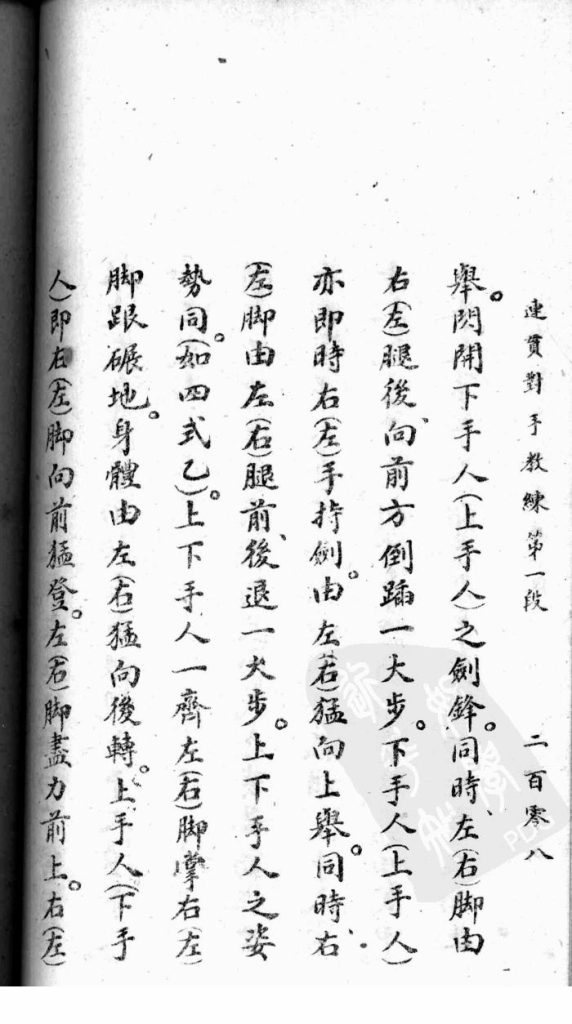
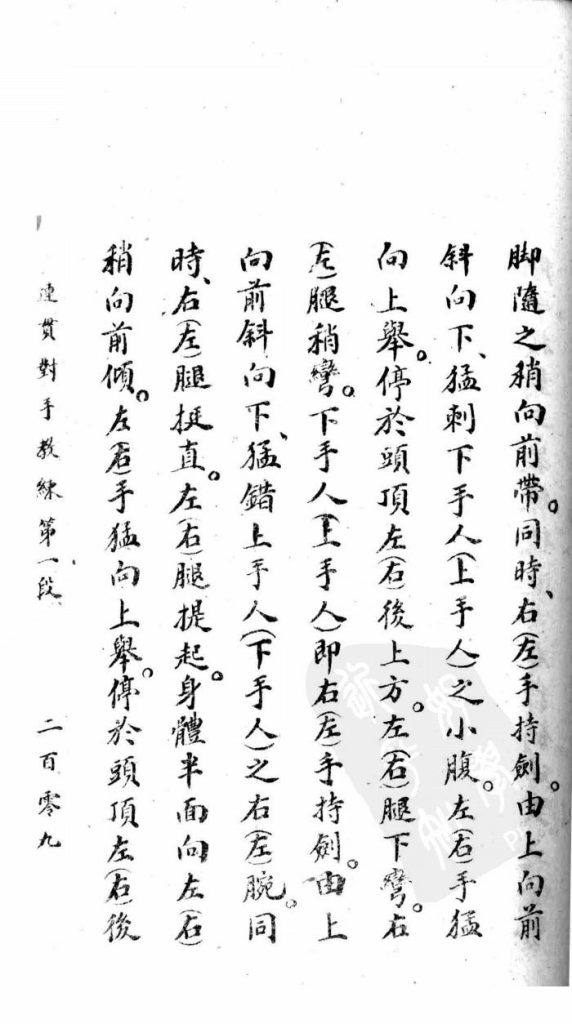






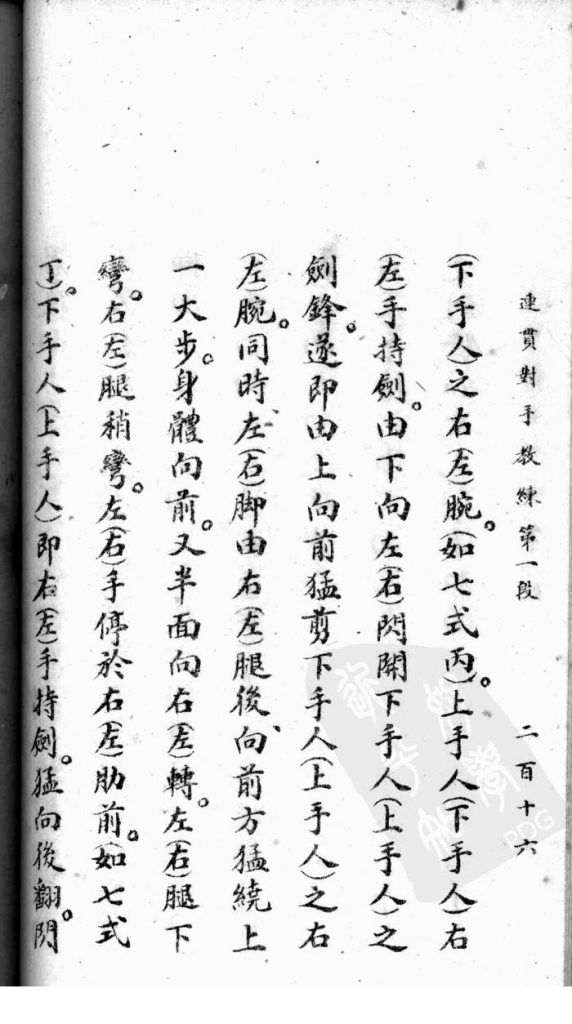


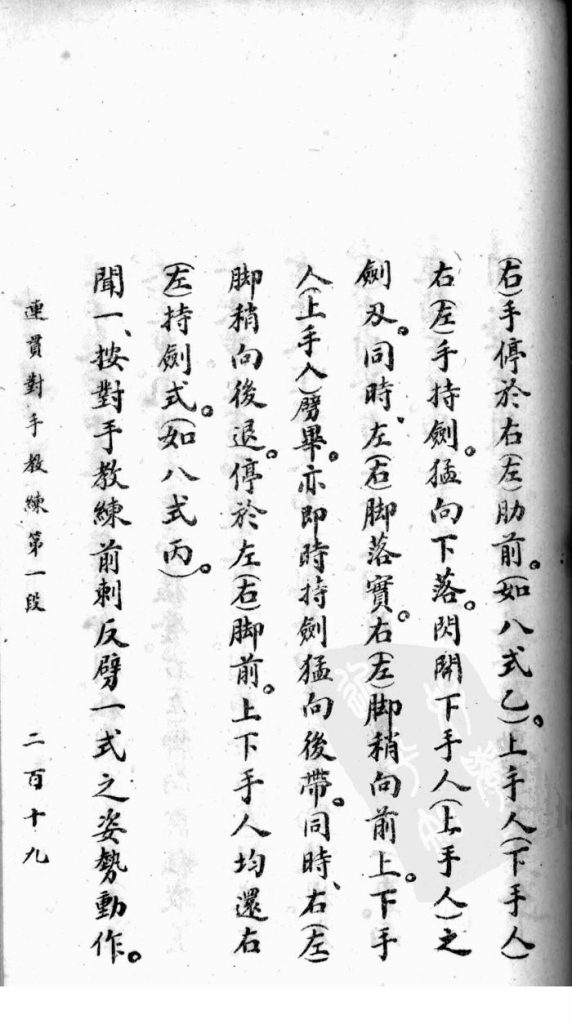

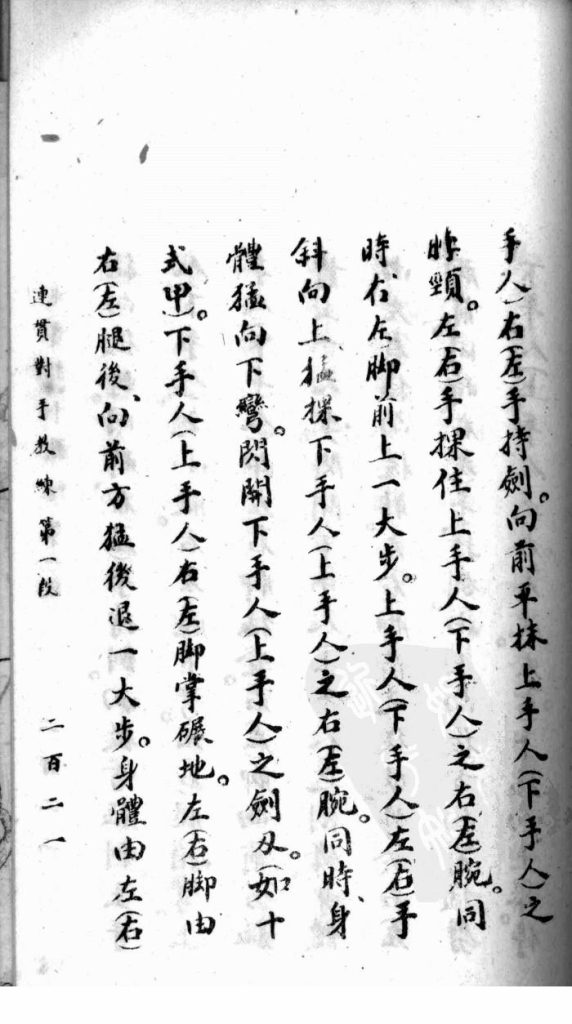
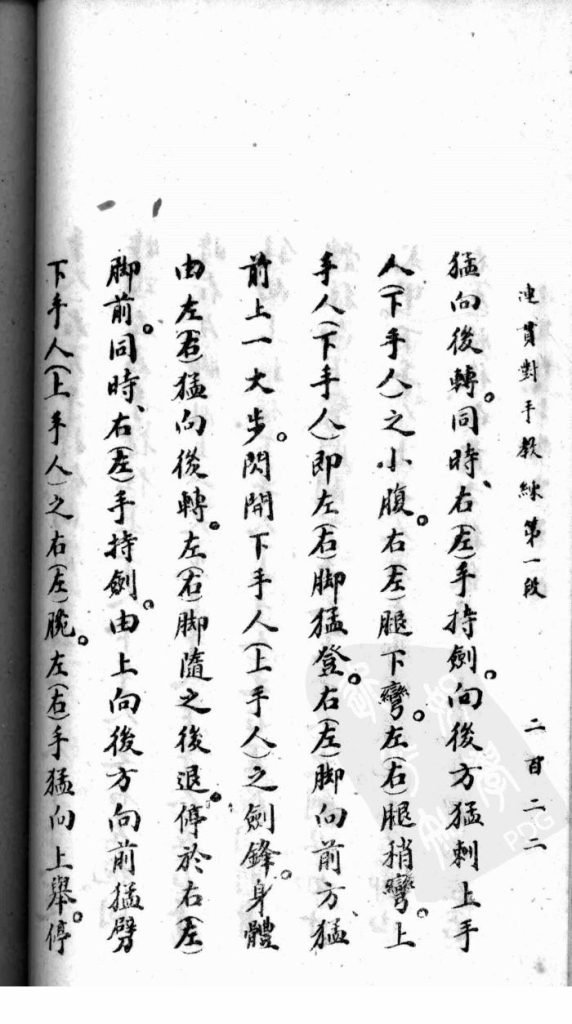

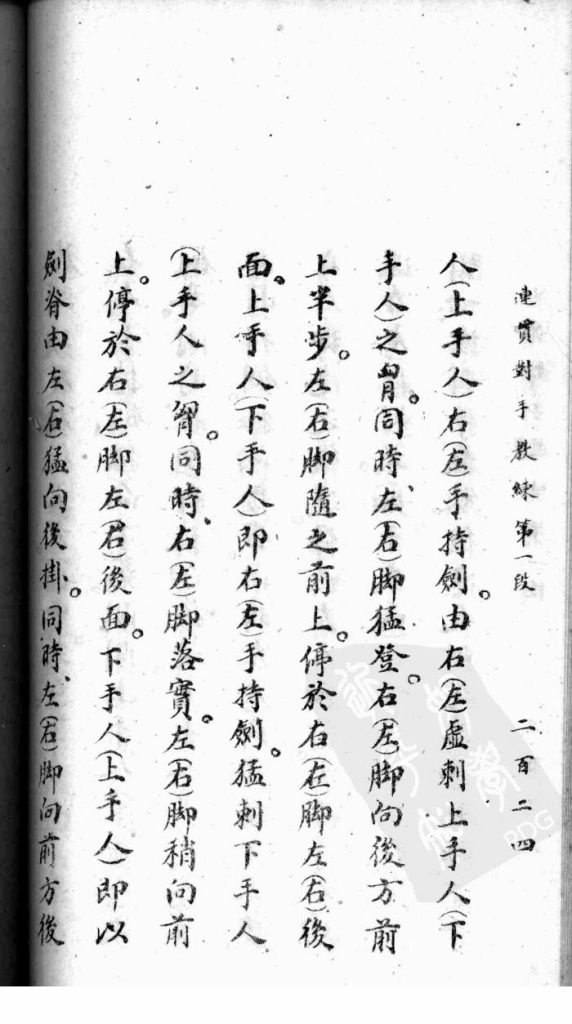






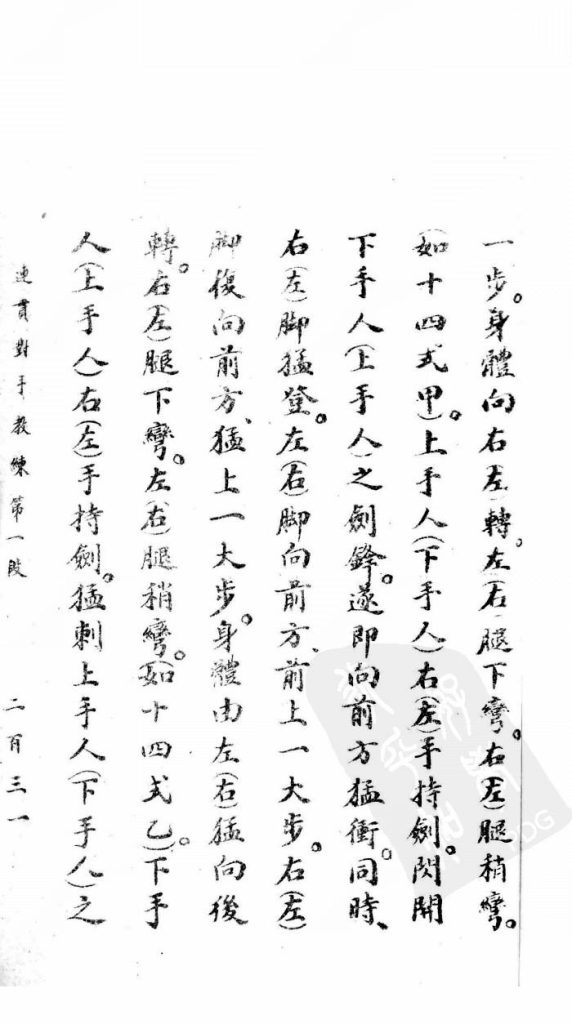
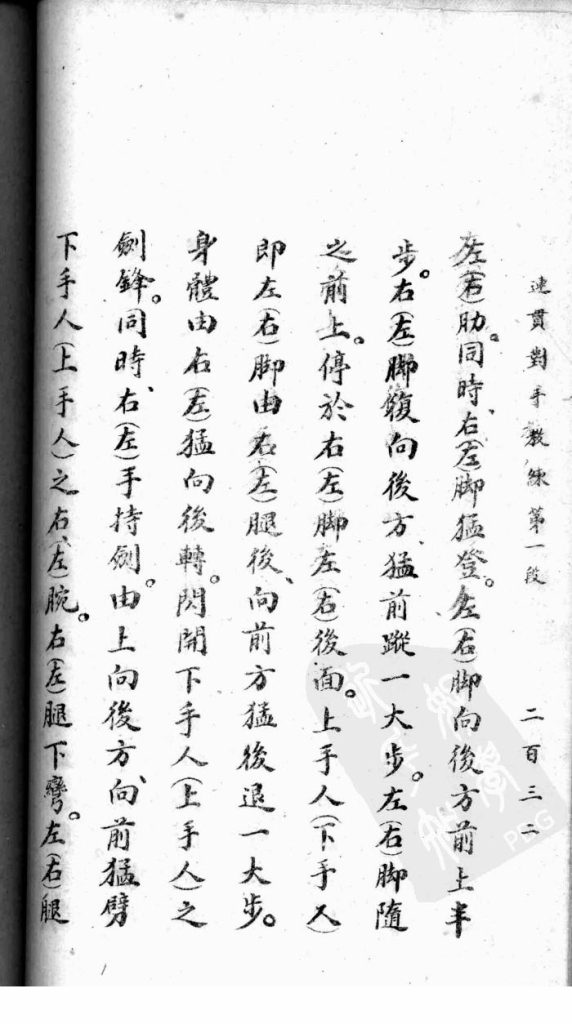
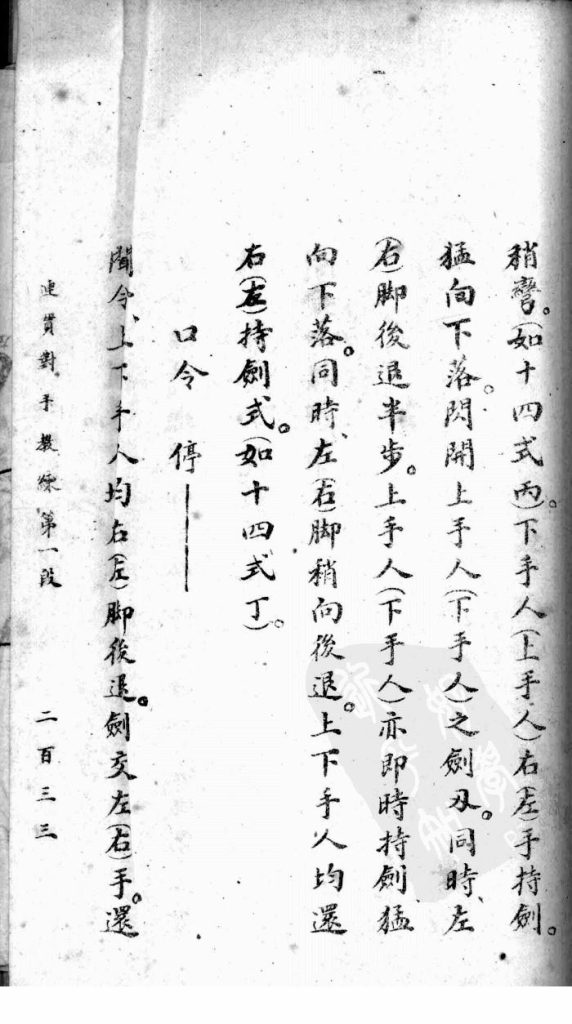

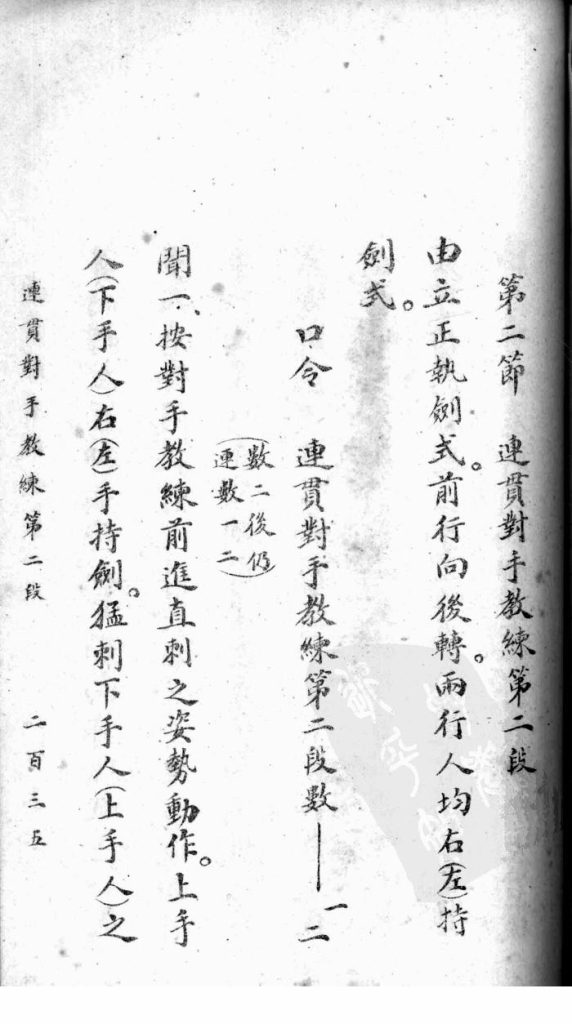






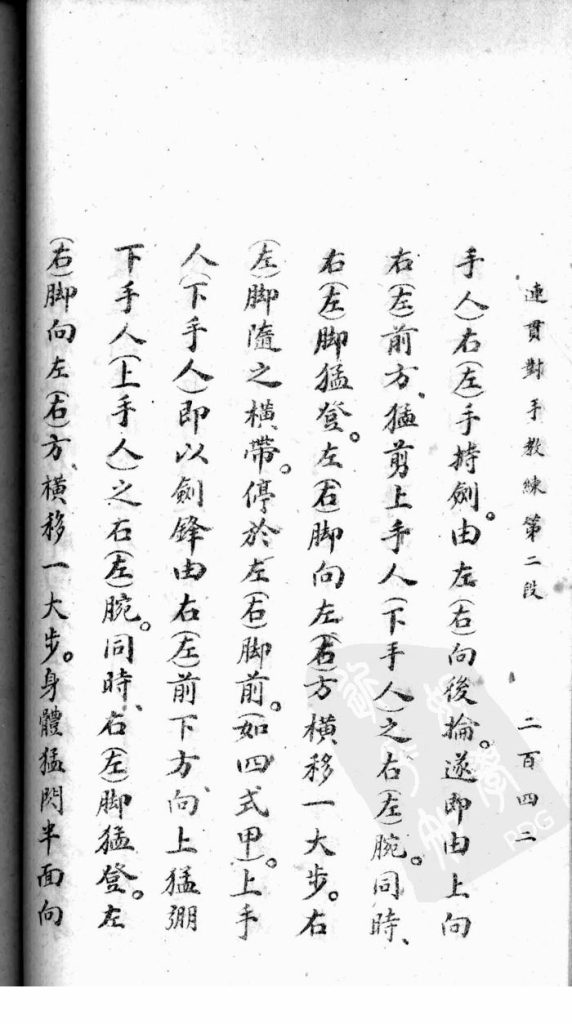


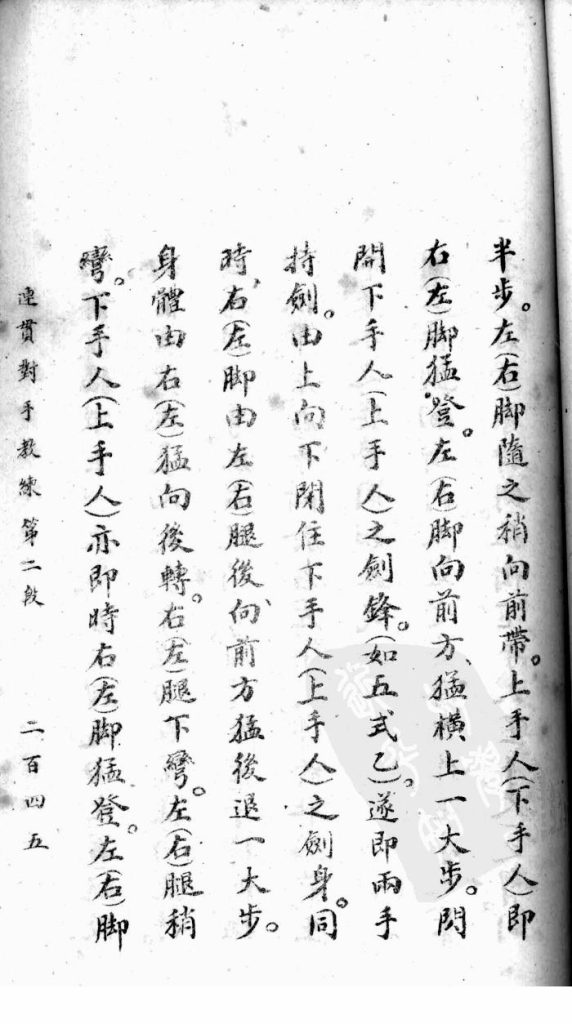
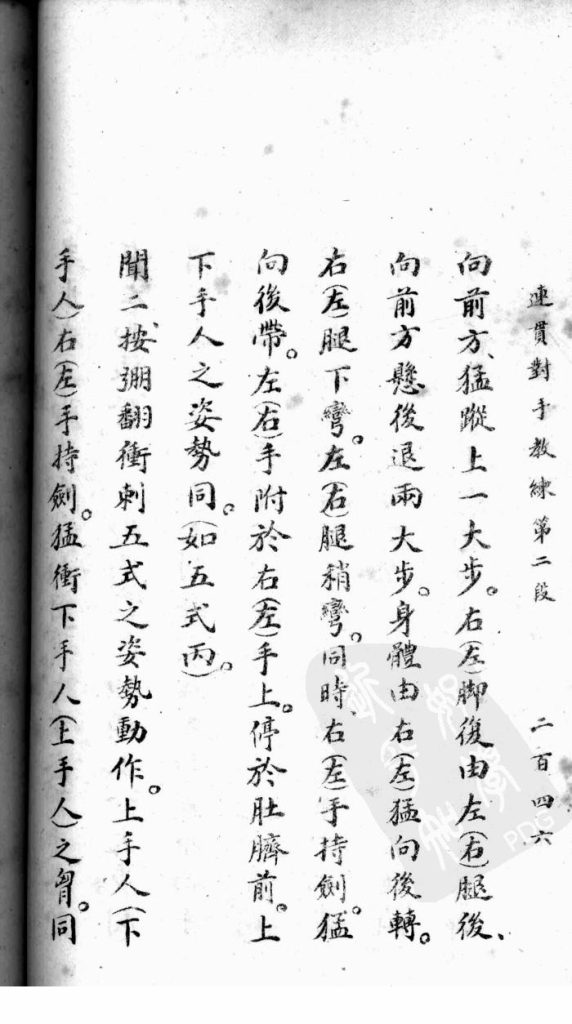
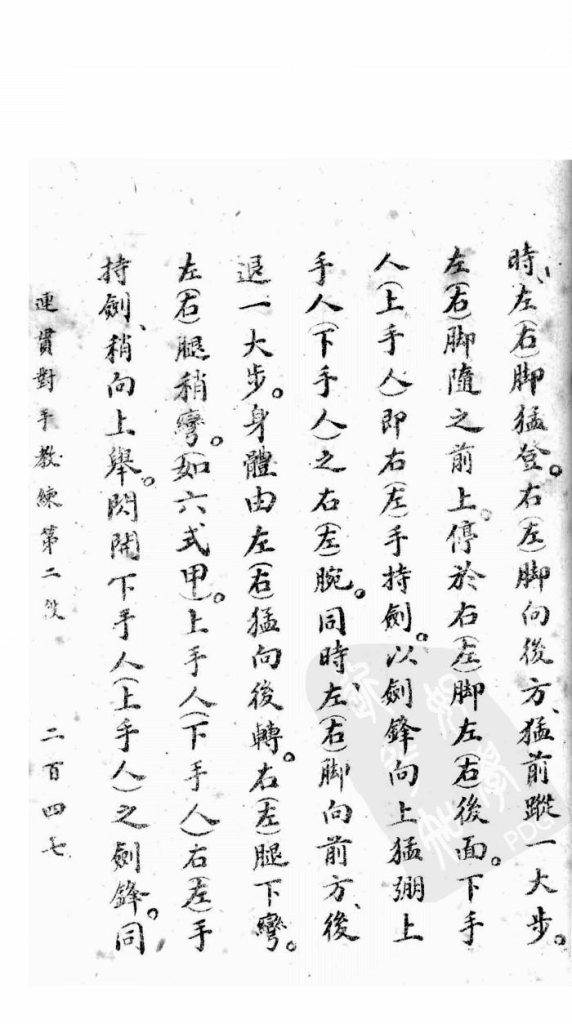


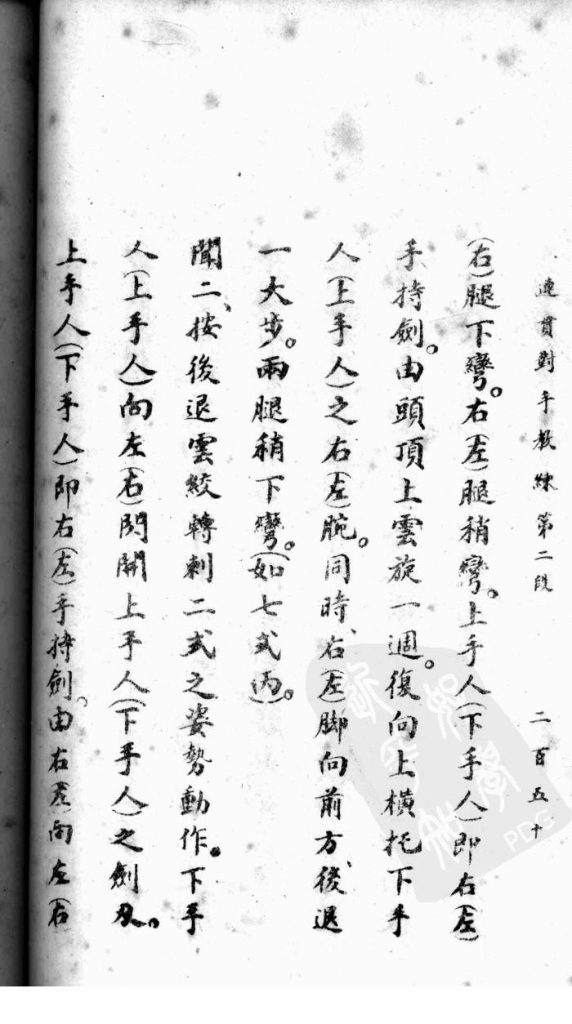


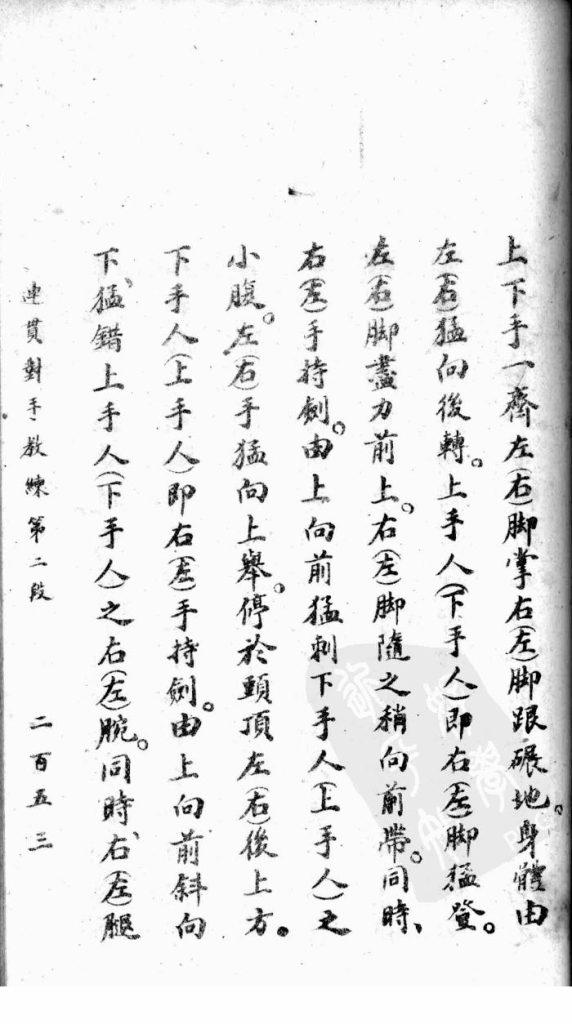
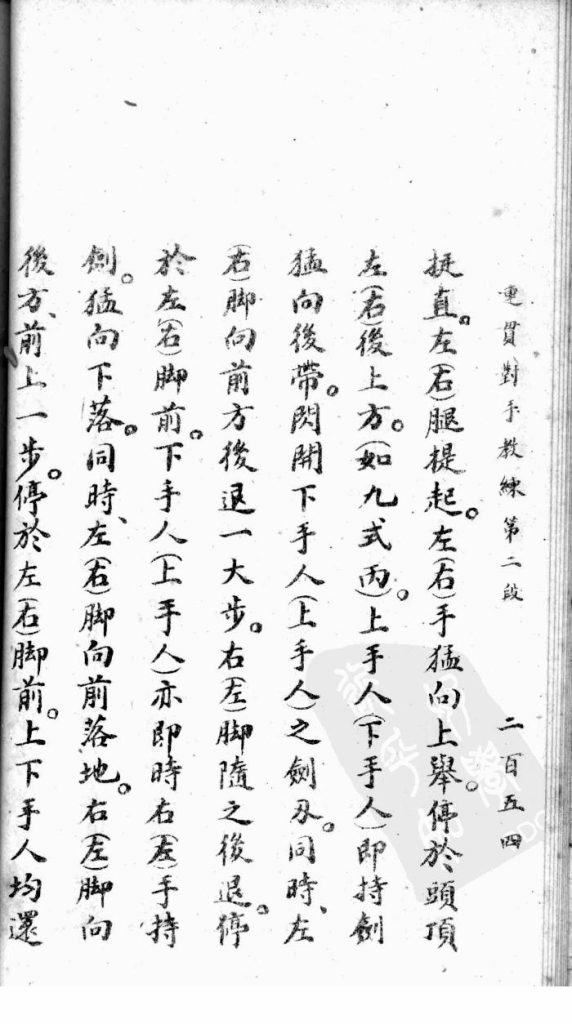





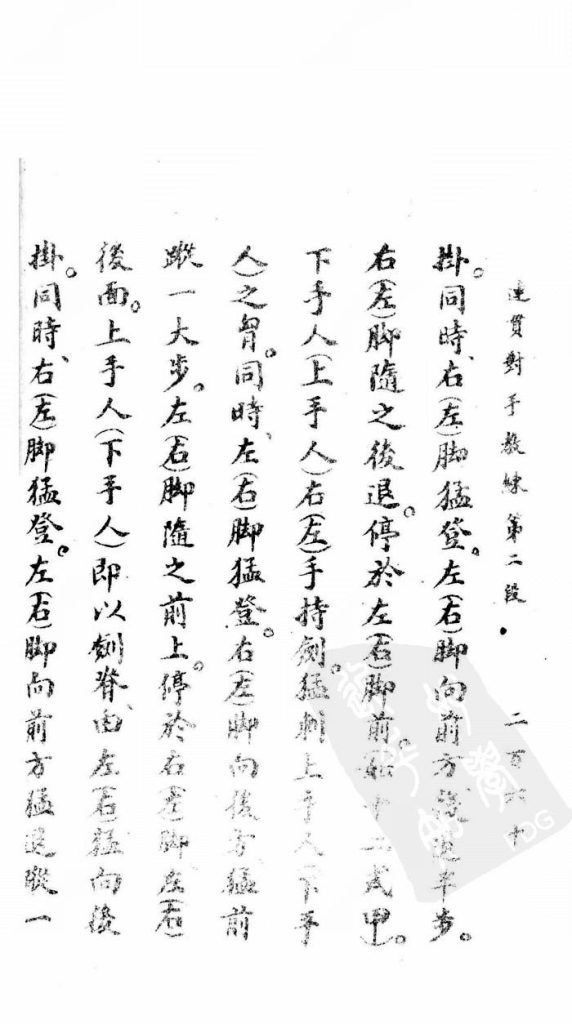


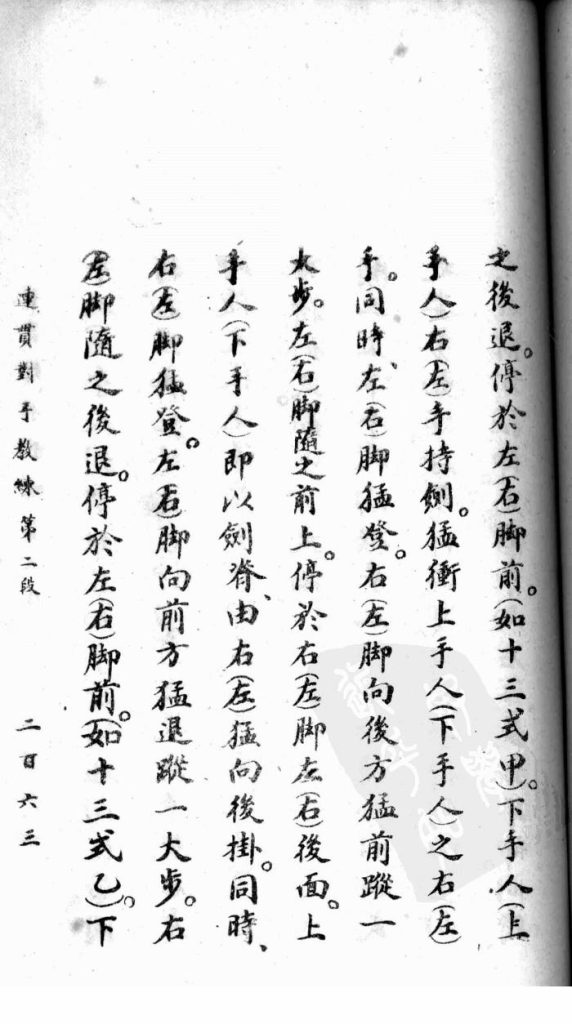










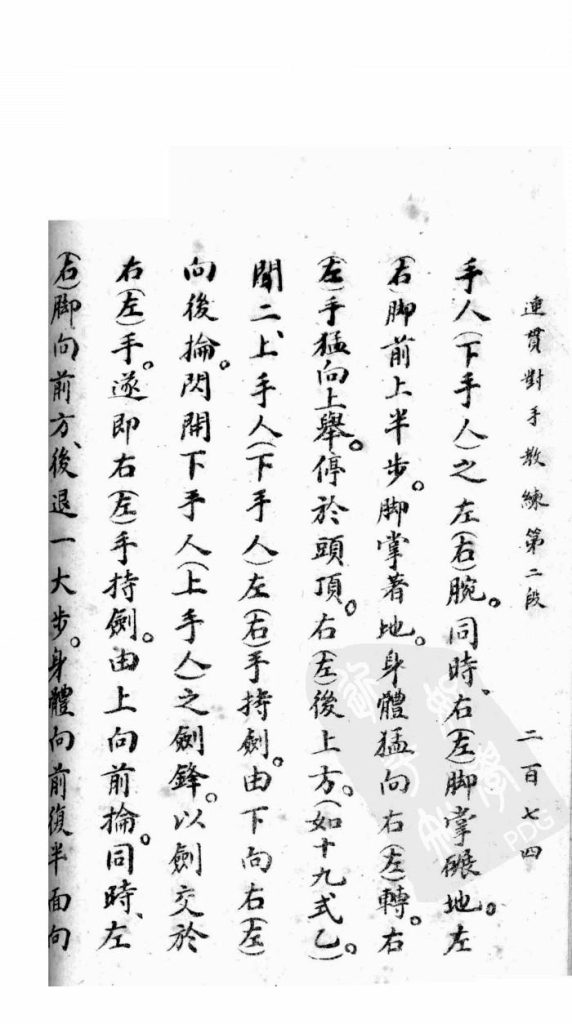

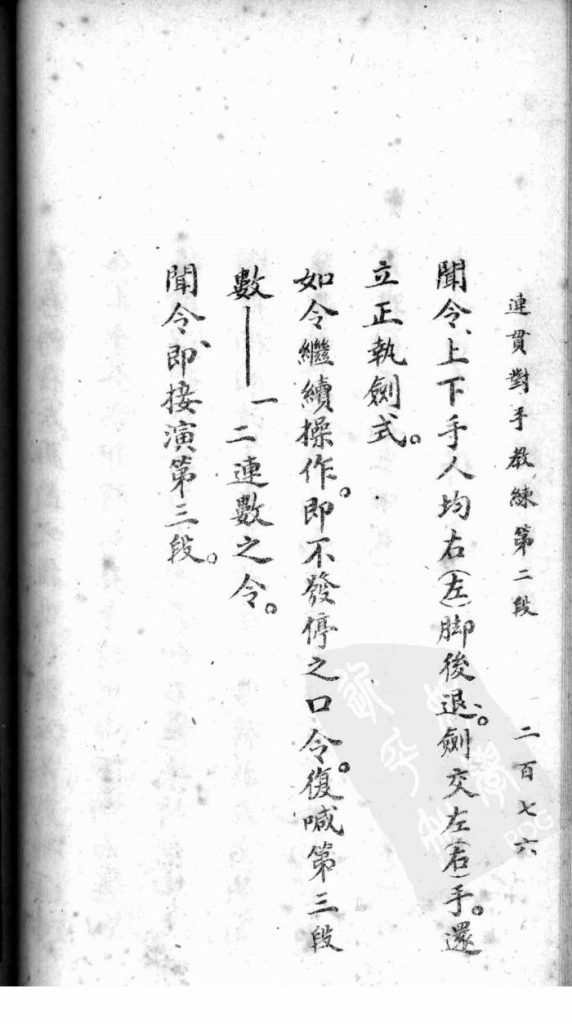






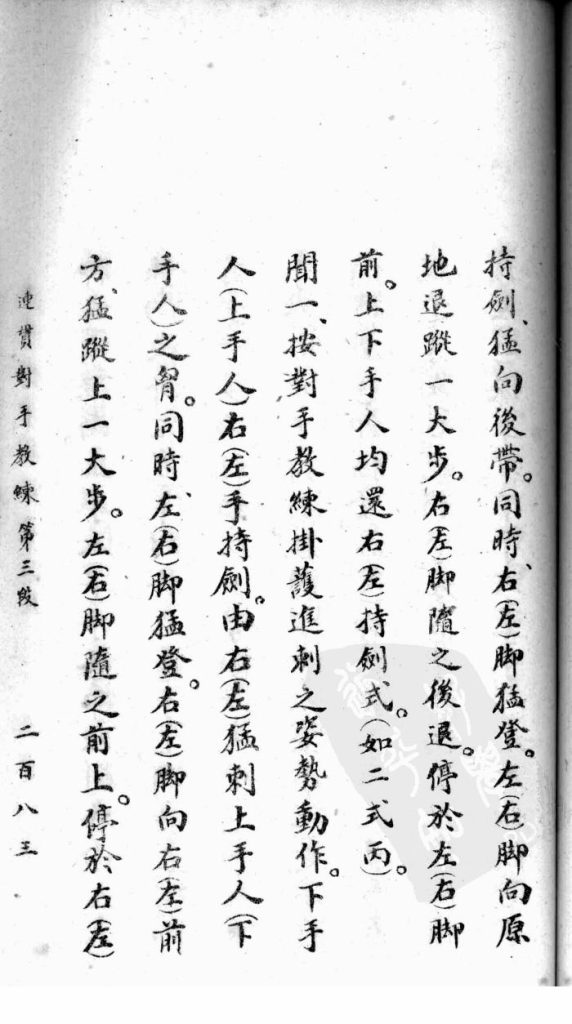



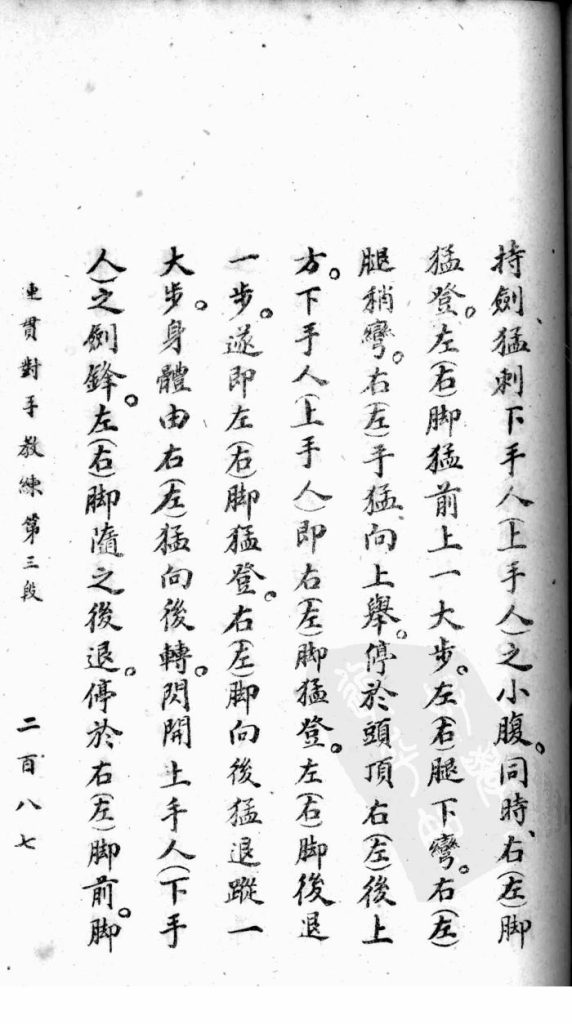





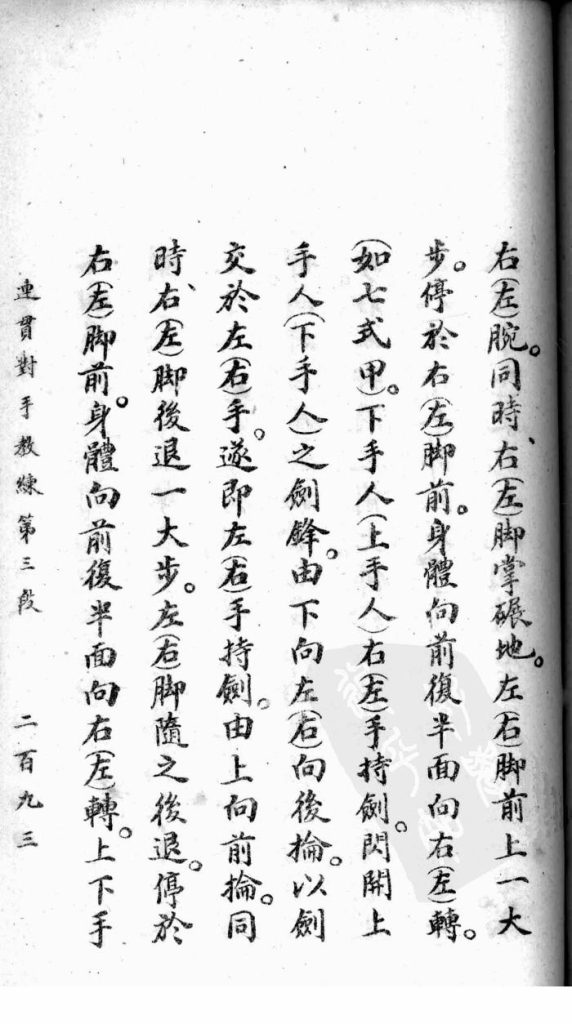







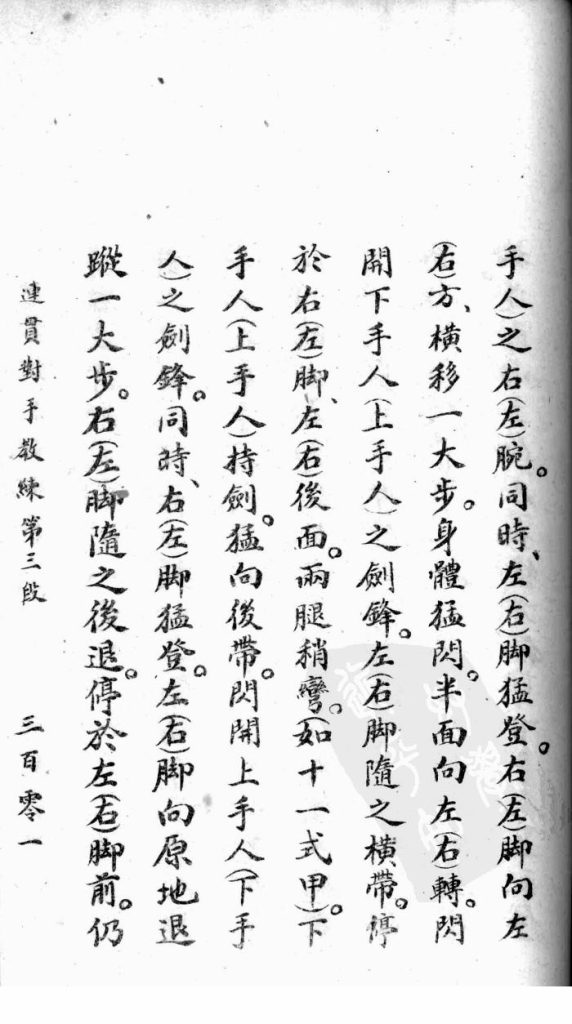
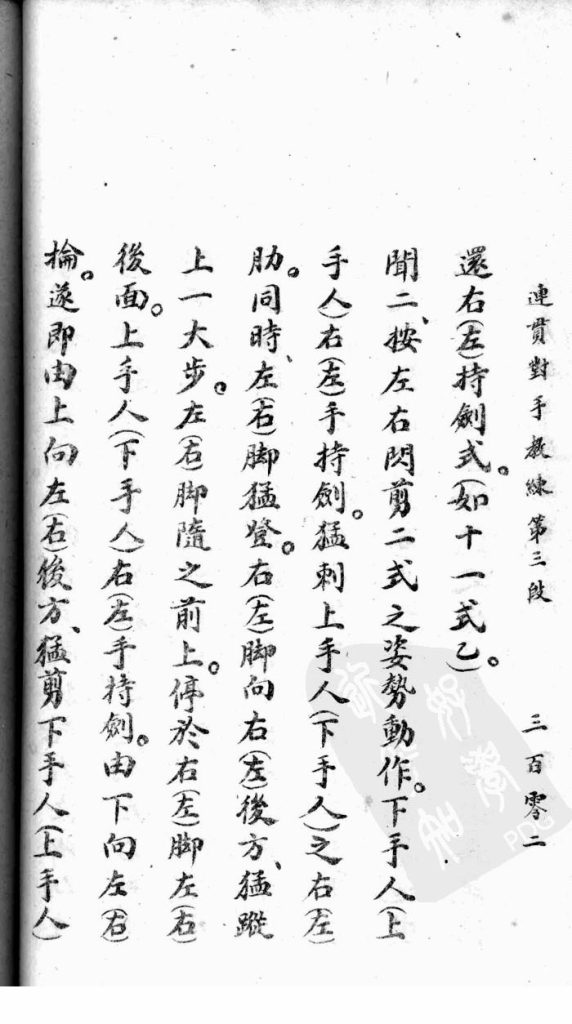

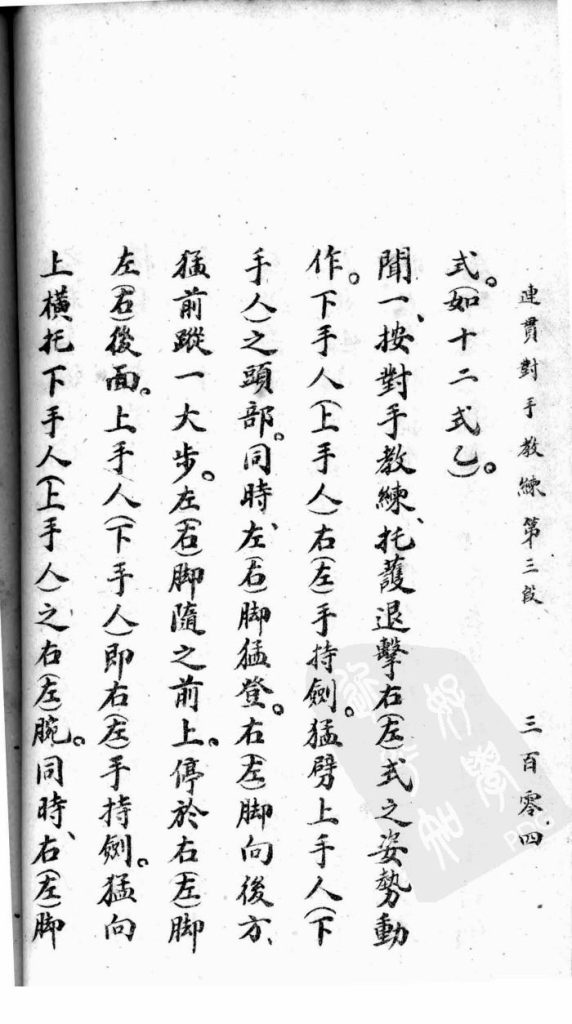
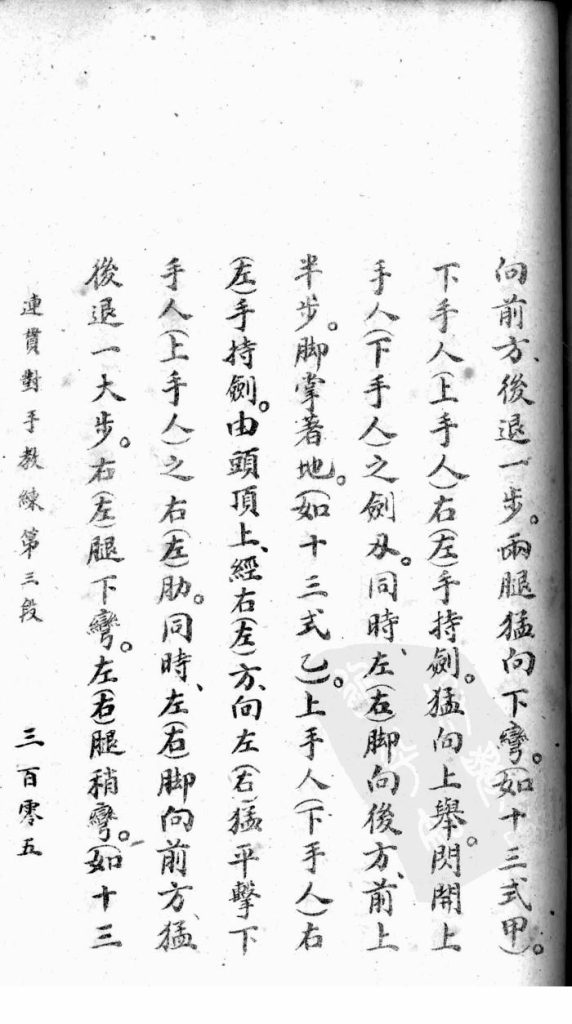
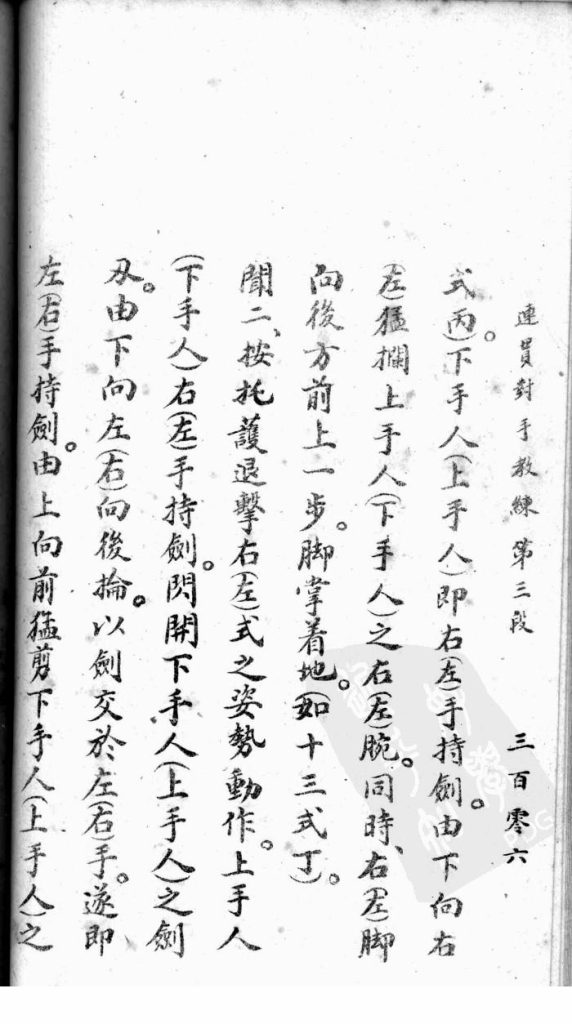

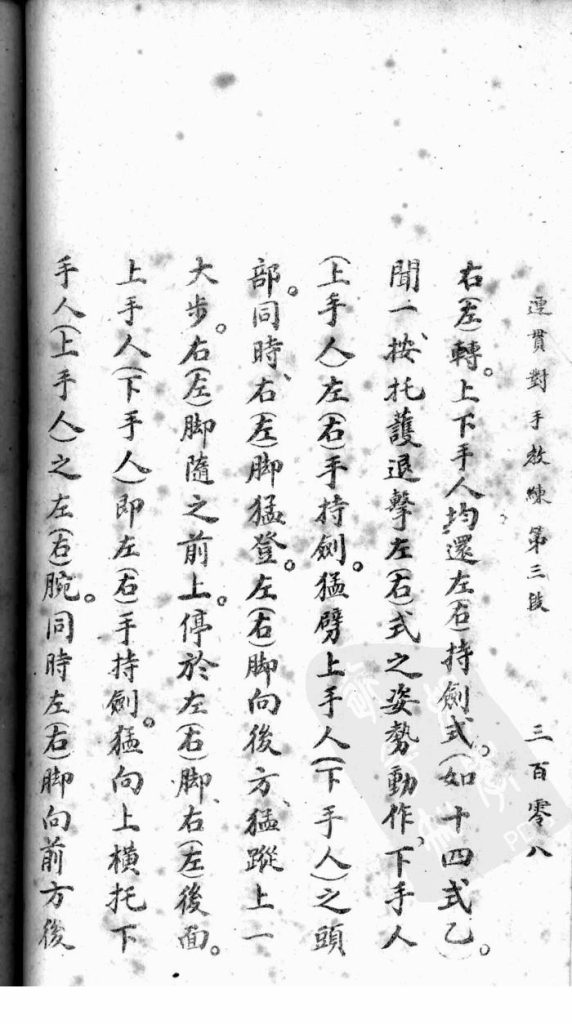

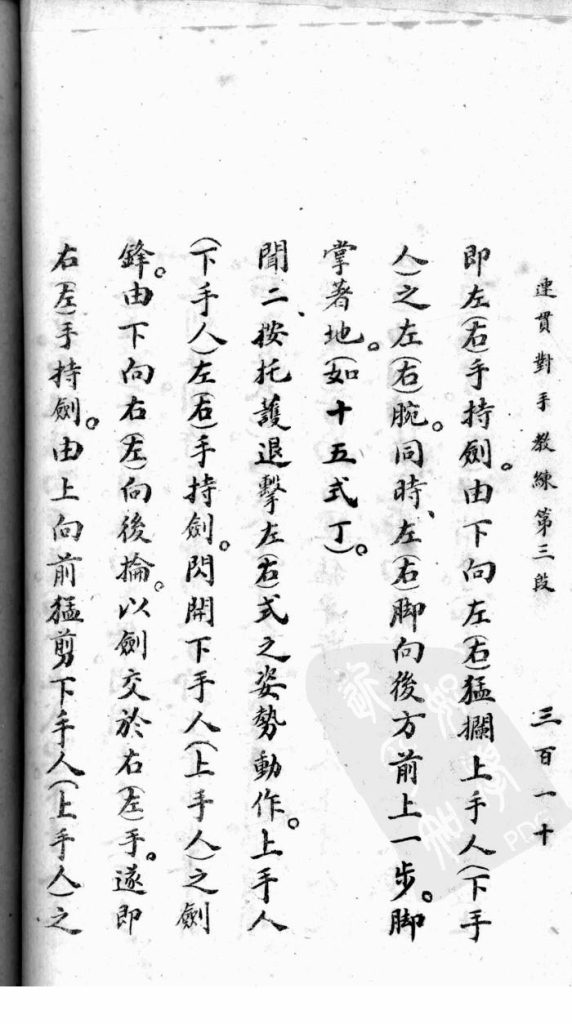










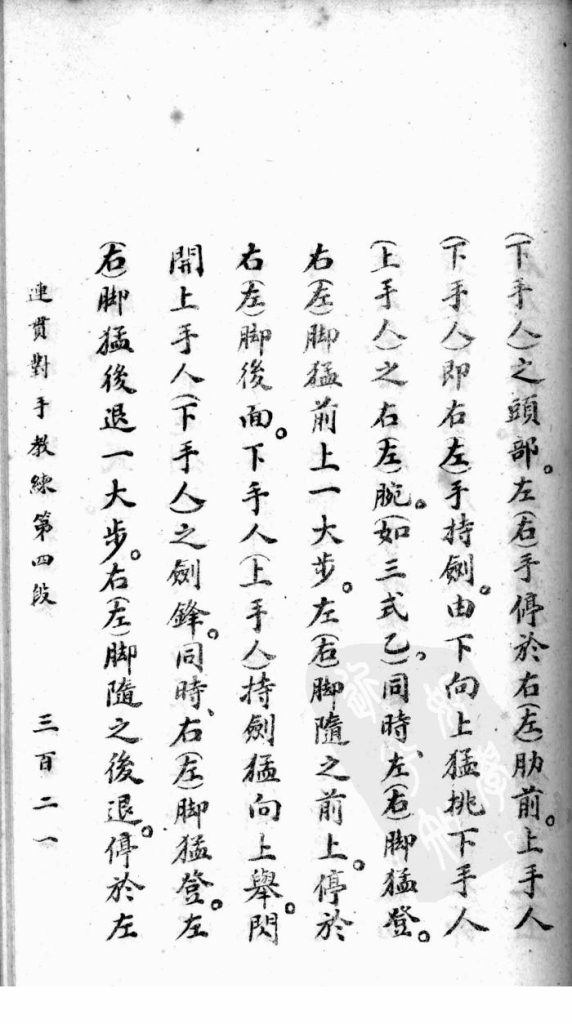

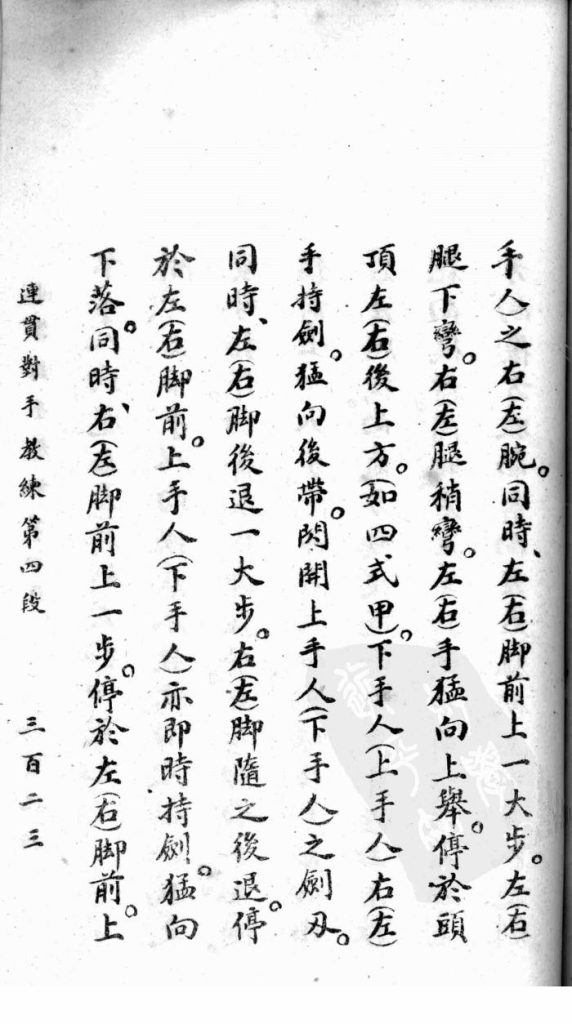

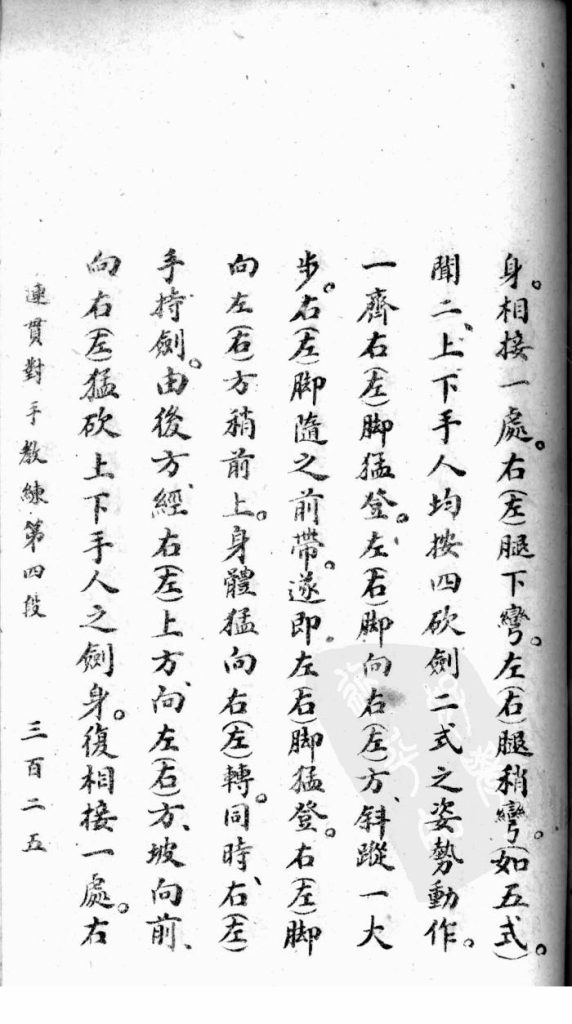
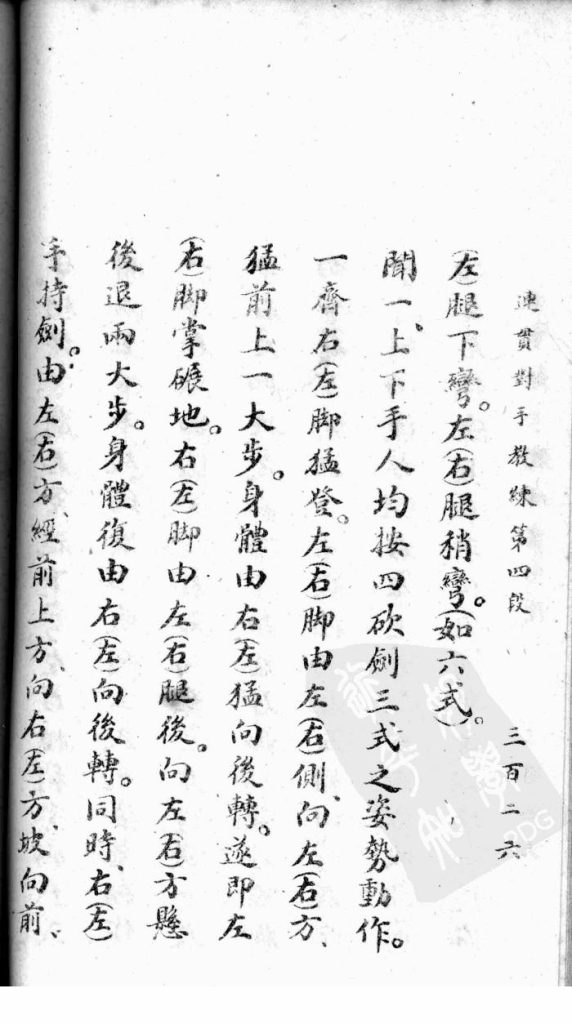



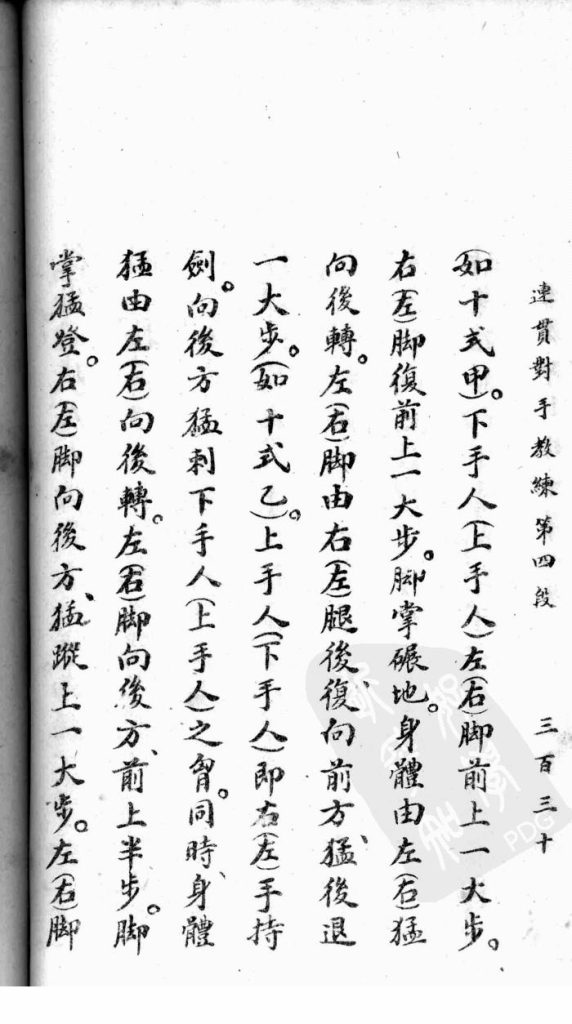


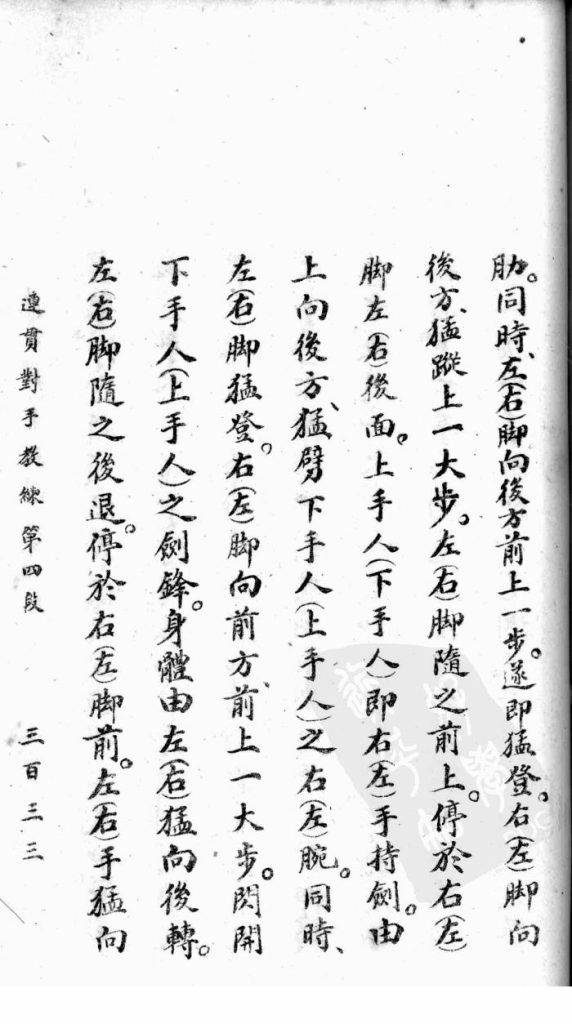

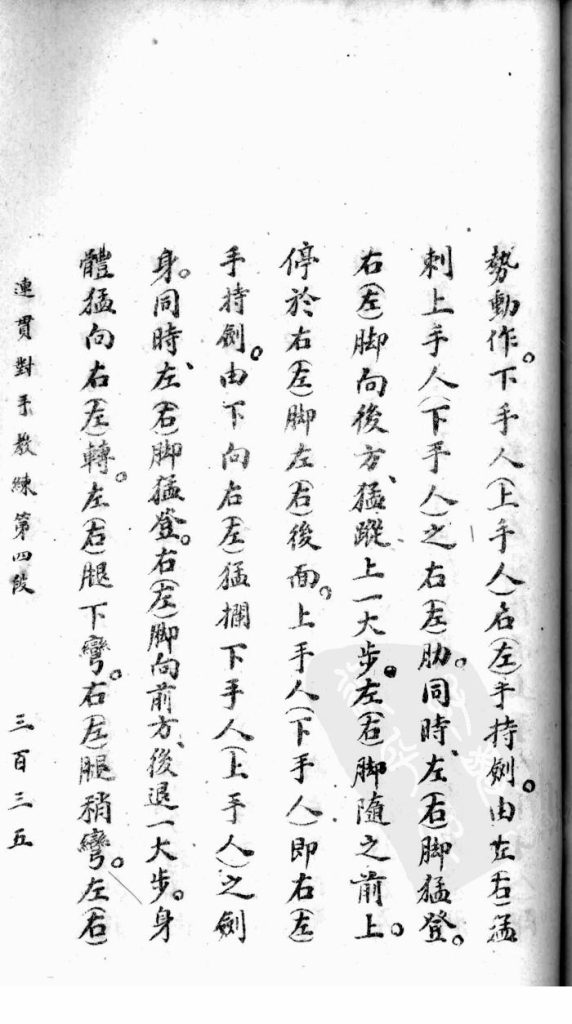

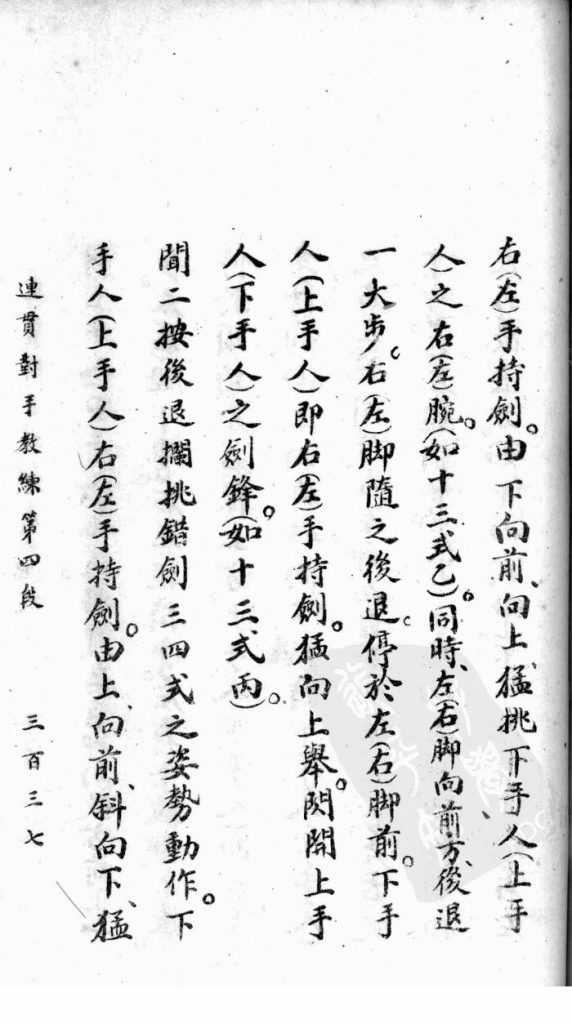

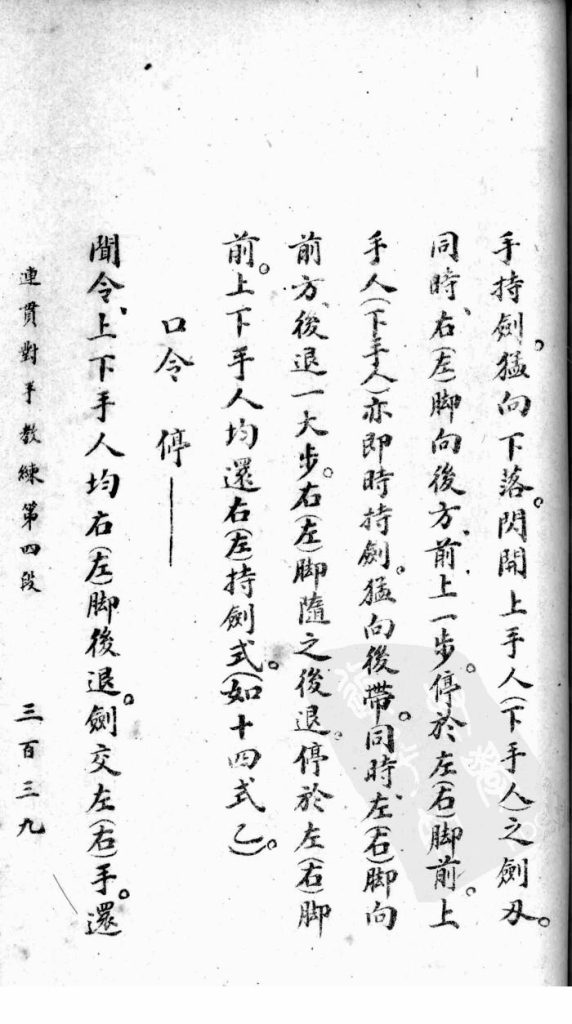


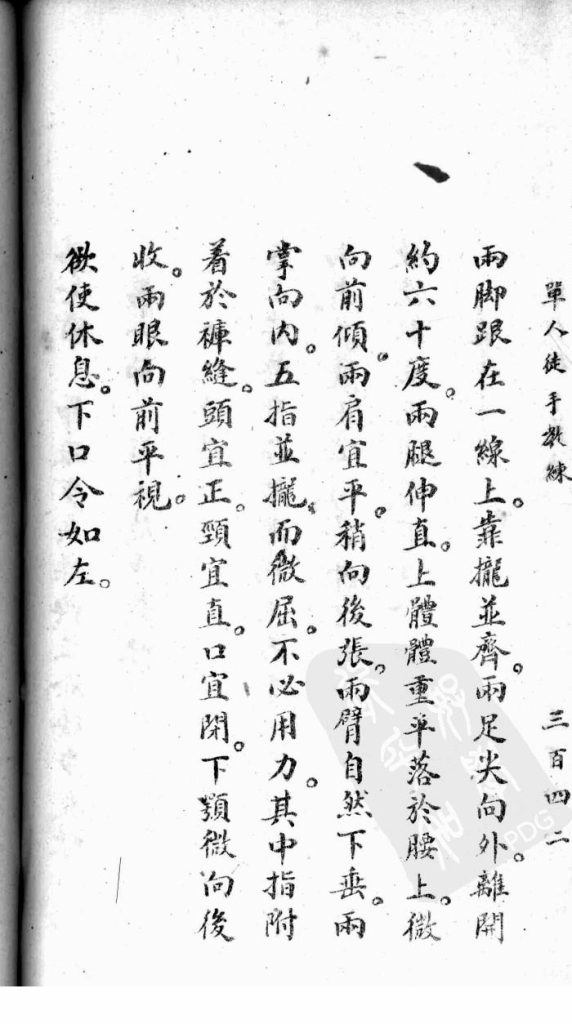
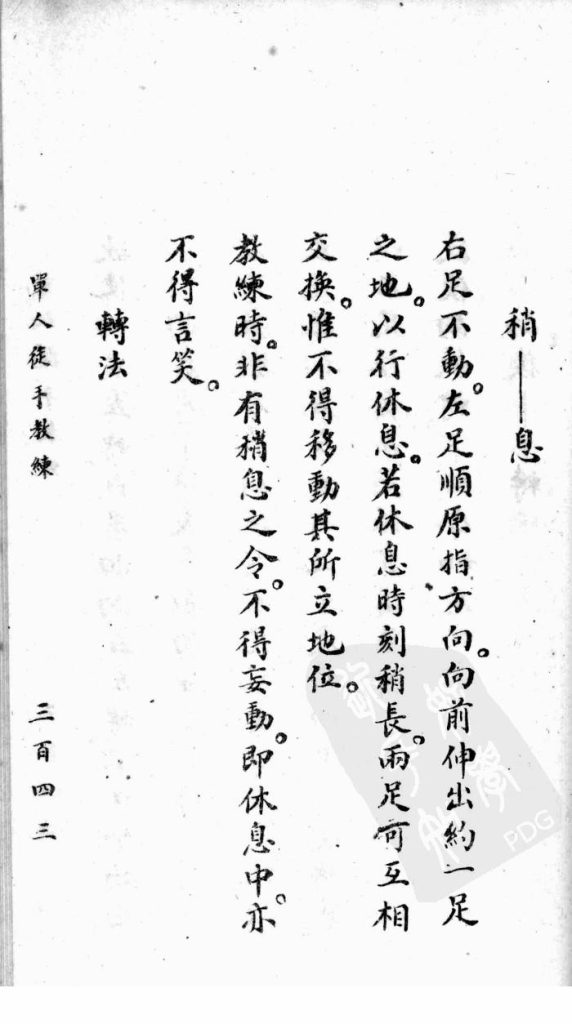

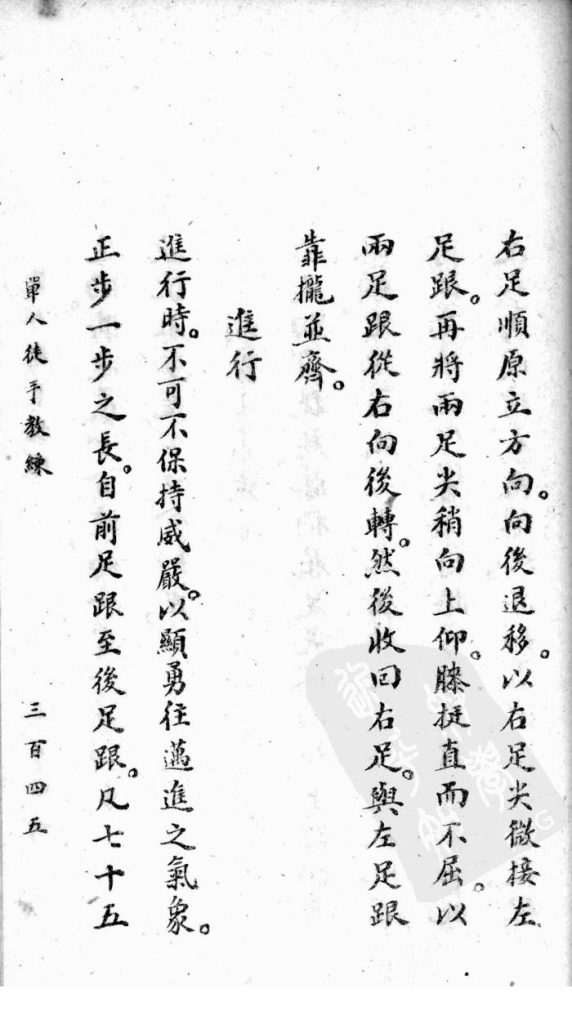
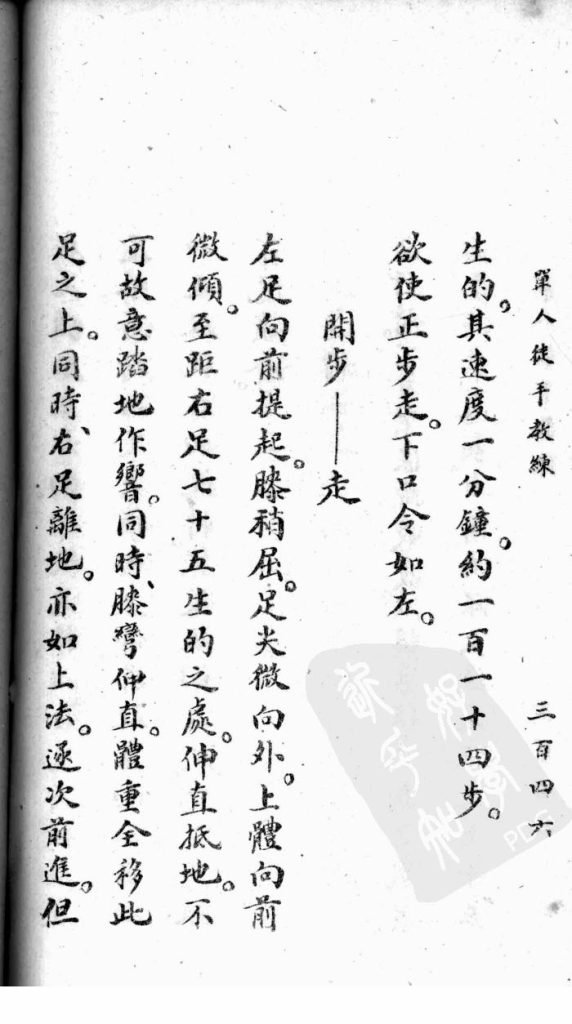


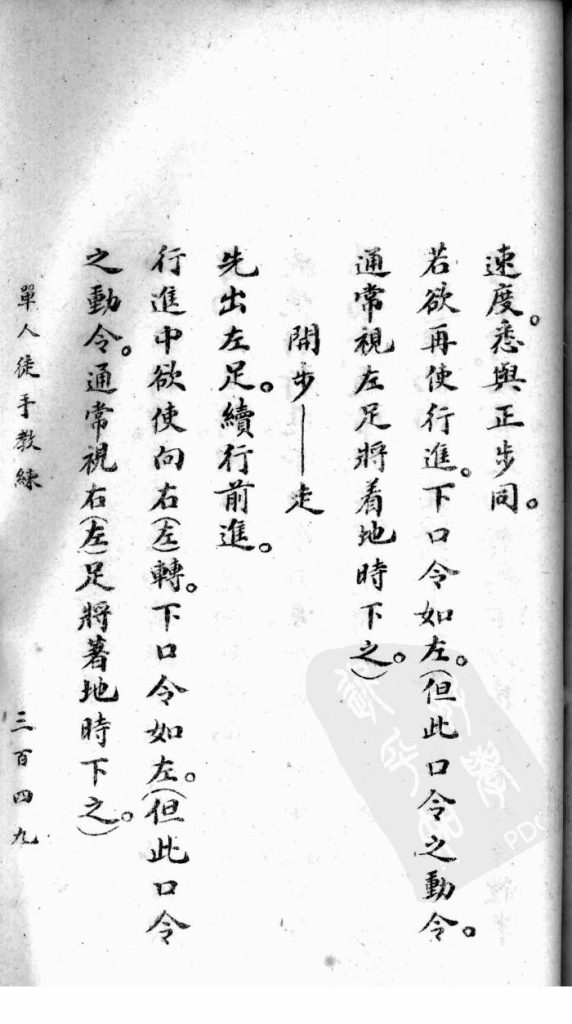

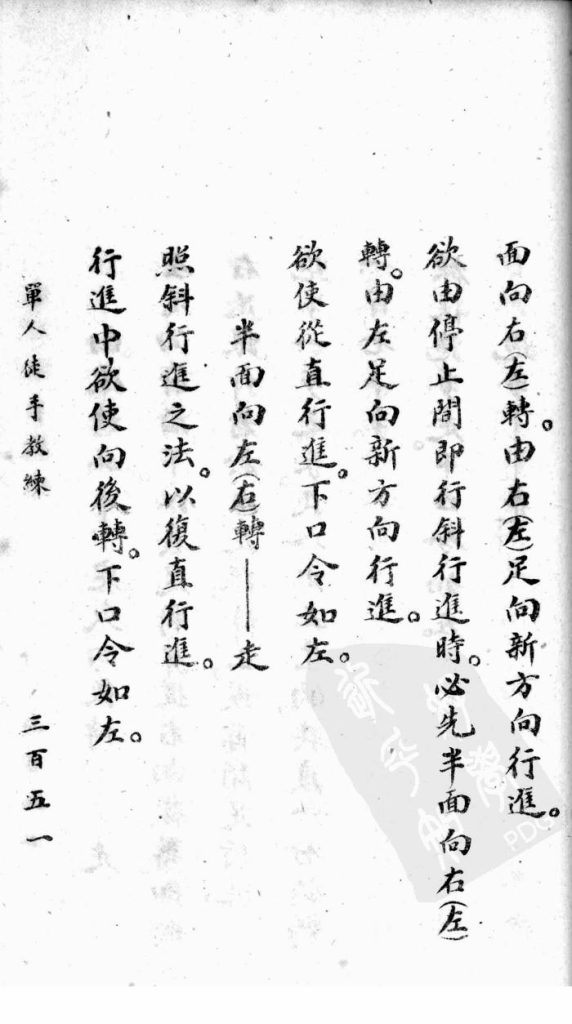




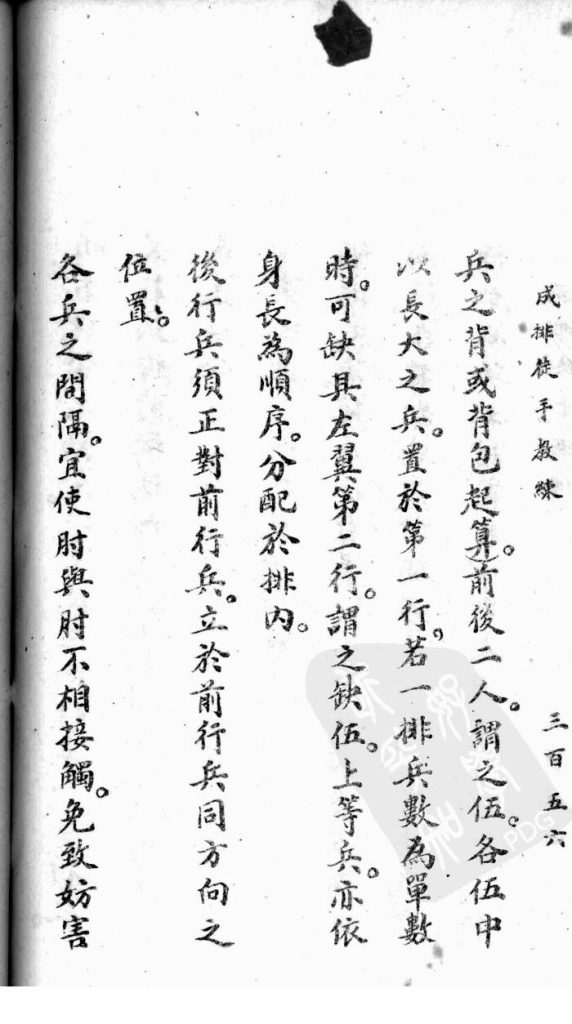




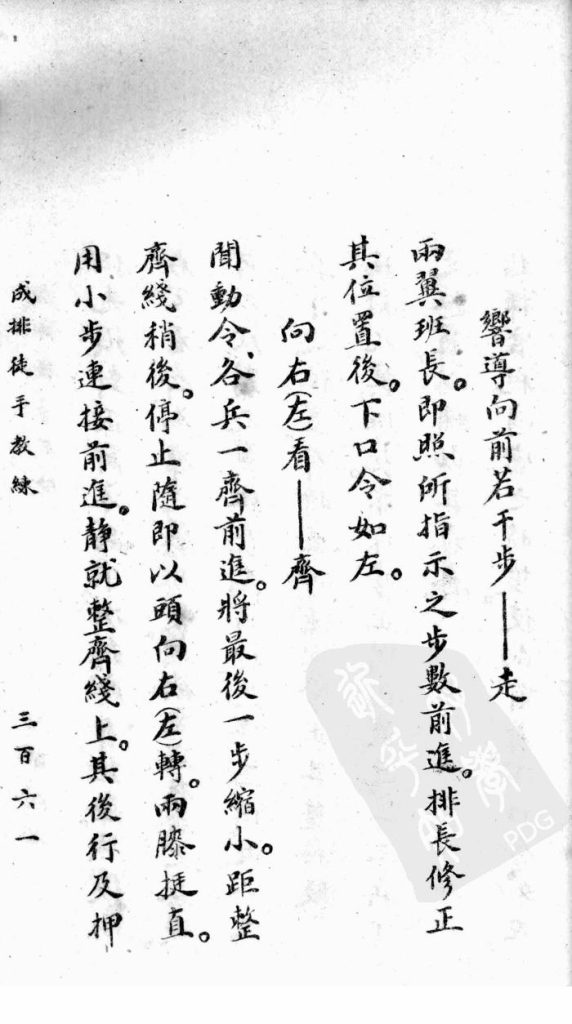


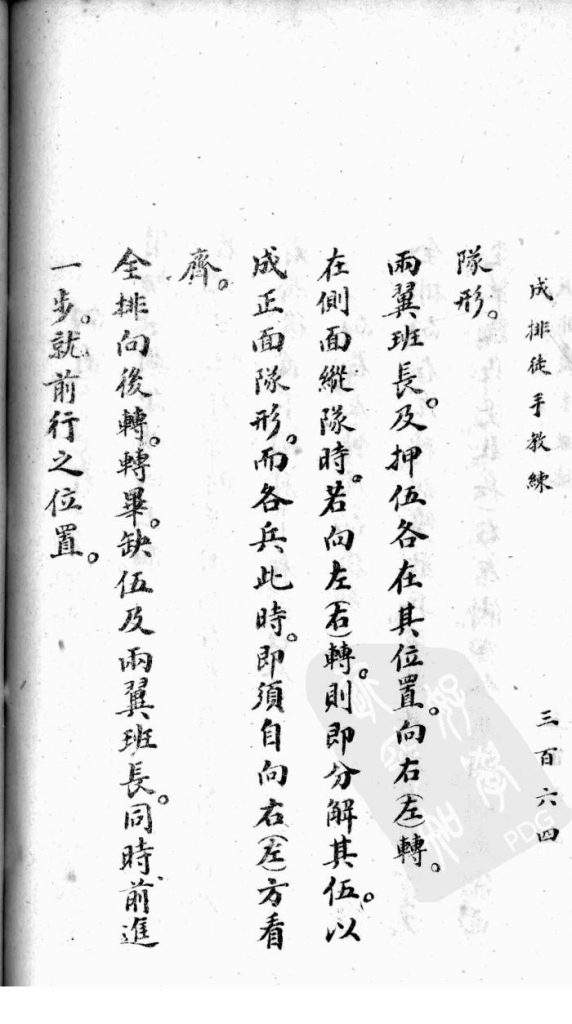
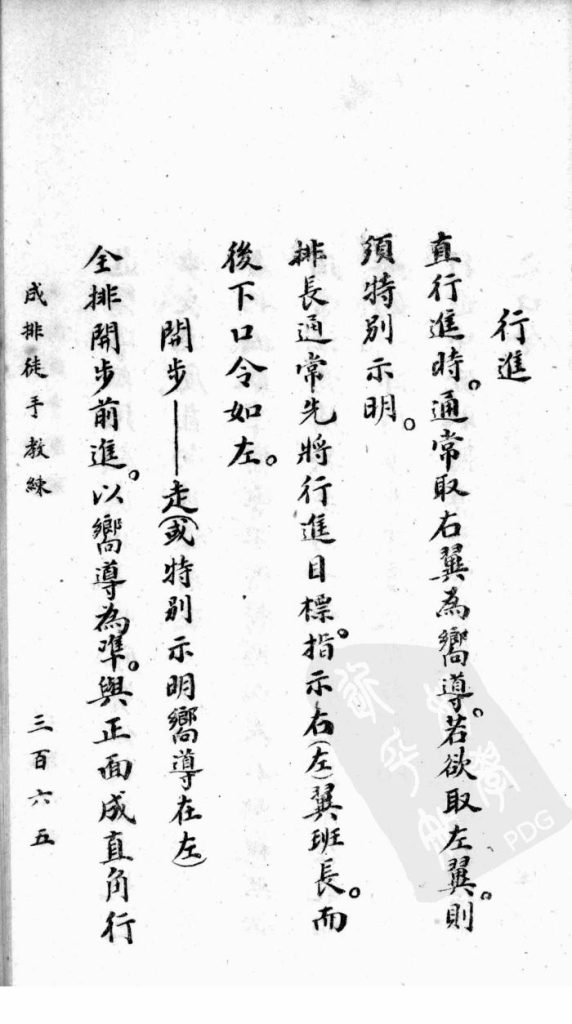

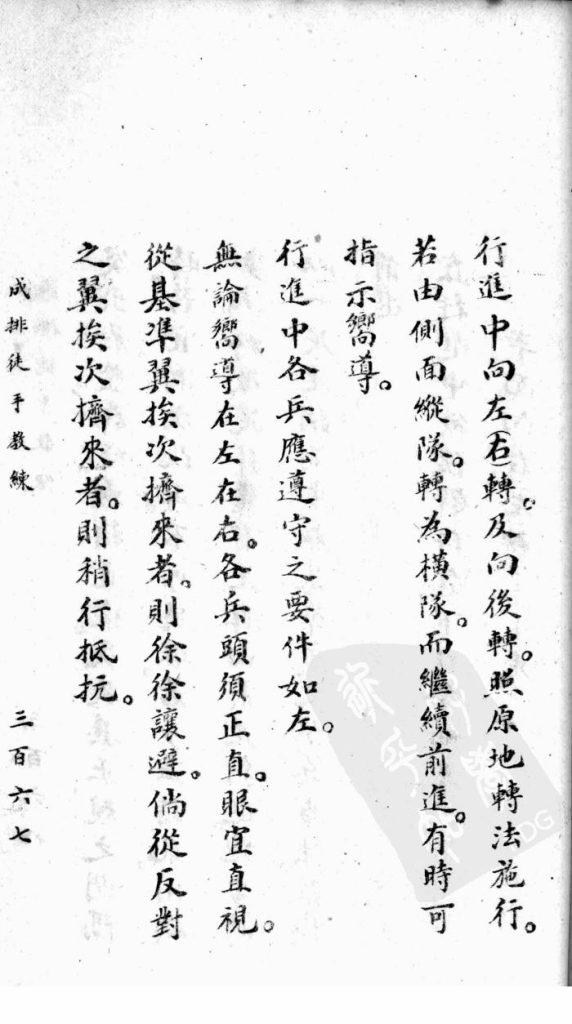





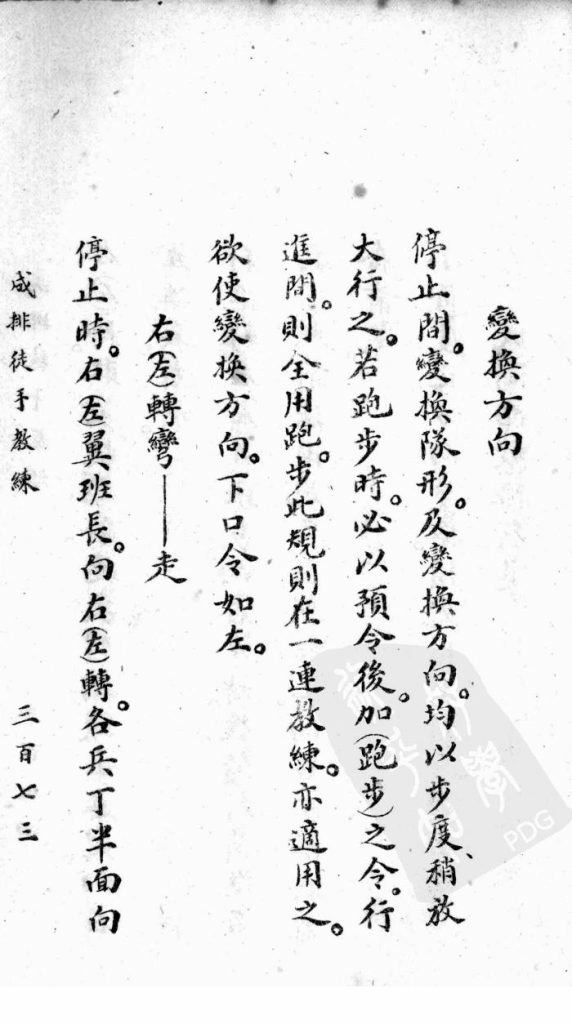





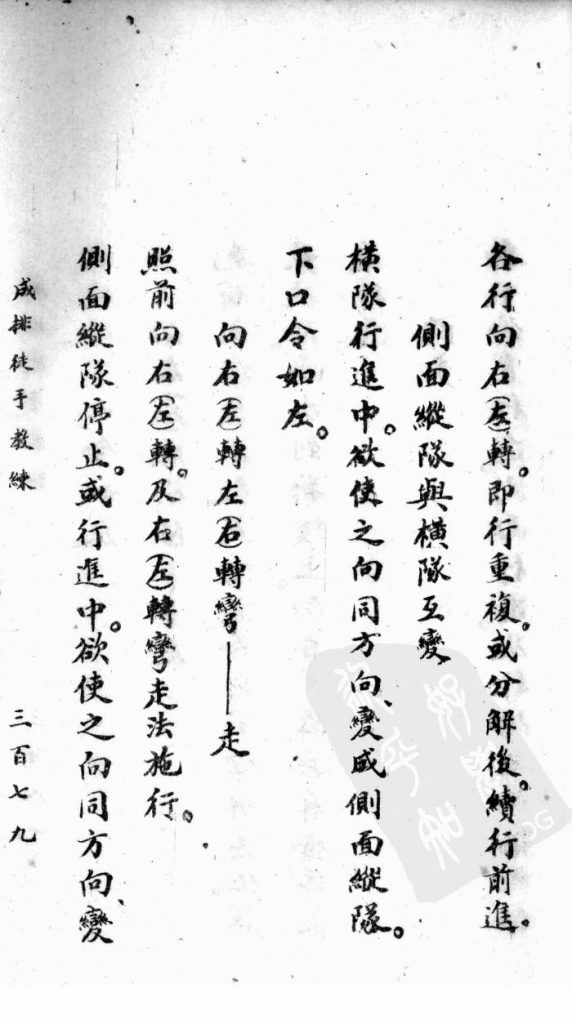


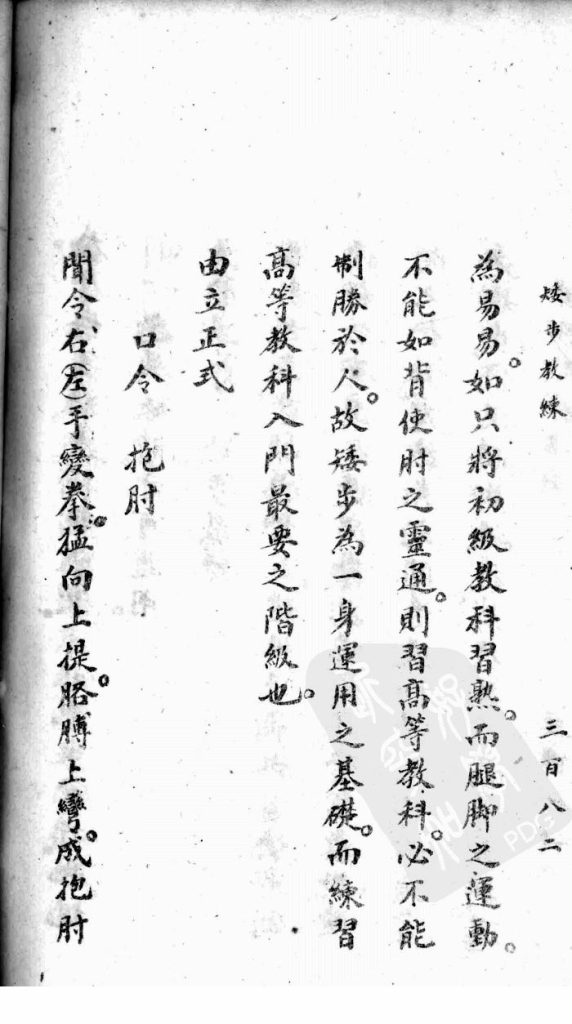



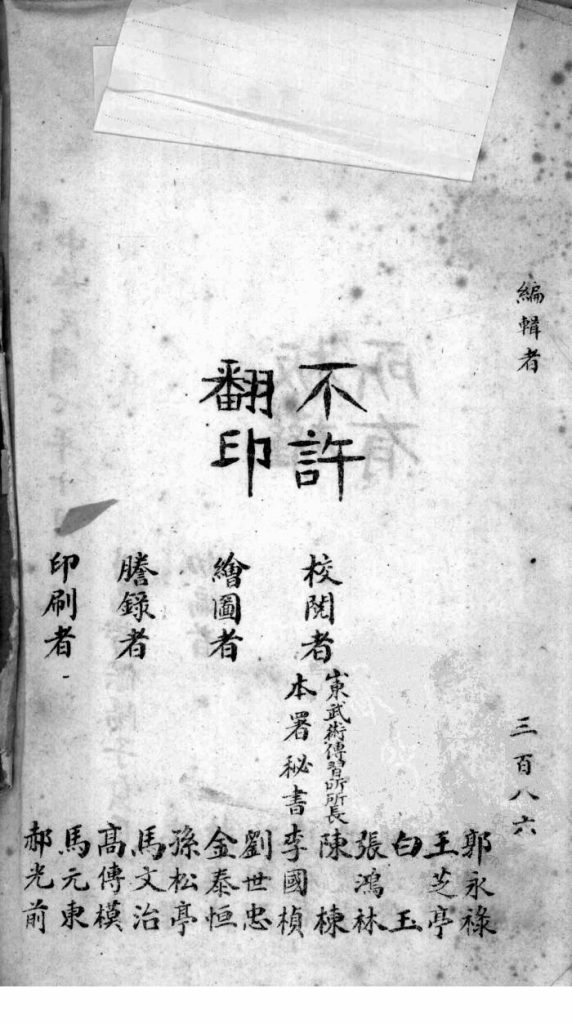

Culture文化 Kungfu武学 393P 《中华新武术·剑术科》马良
历史上的今天 ( 23 ):
- 2022年-06月-10日:运动休闲:钢琴游戏
- 2022年-06月-10日:3D游戏:天空之球游戏
- 2022年-06月-10日:LcdGame:mariobros
- 2022年-06月-10日:LcdGame:tomsadventure
- 2022年-06月-10日:LcdGame:eaglenchicken
- 2022年-06月-10日:LcdGame:searanger
- 2022年-06月-10日:LcdGame:junglekong
- 2022年-06月-10日:LcdGame:highway
- 2022年-06月-10日:LcdGame:cementfactory
- 2022年-06月-10日:LcdGame:donkeykong2
- 2022年-06月-10日:运动休闲:愤怒的农民游戏
- 2022年-06月-10日:运动休闲:跳舞线游戏
- 2022年-06月-10日:冒险闯关:冰火人游戏
- 2022年-06月-10日:Radio收音机:生活1015
- 2022年-06月-10日:Radio收音机:重庆嘉陵之声FM88.7
- 2022年-06月-10日:Radio收音机:重庆音乐广播
- 2022年-06月-10日:Radio收音机:重庆之声
- 2022年-06月-10日:Nintendo:闪亮亮星星之夜-FcGame
- 2022年-06月-10日:Global国外名家:路易斯·韦恩作品合集赏析 (229P)
- 2022年-06月-10日:Global国外名家:鲁本斯作品合集赏析 (382P)
- 2022年-06月-10日:Radio收音机:重庆交通广播
- 2022年-06月-10日:Radio收音机:938重庆私家车广播
- 2022年-06月-10日:News新闻:6月10日,星期五,在这里每天60秒读懂世界! (1P)
可点 ➠ 2023年-06月-10日 ➠ 181 s ➠ ♥ 0

